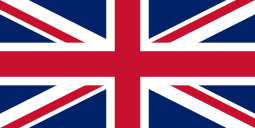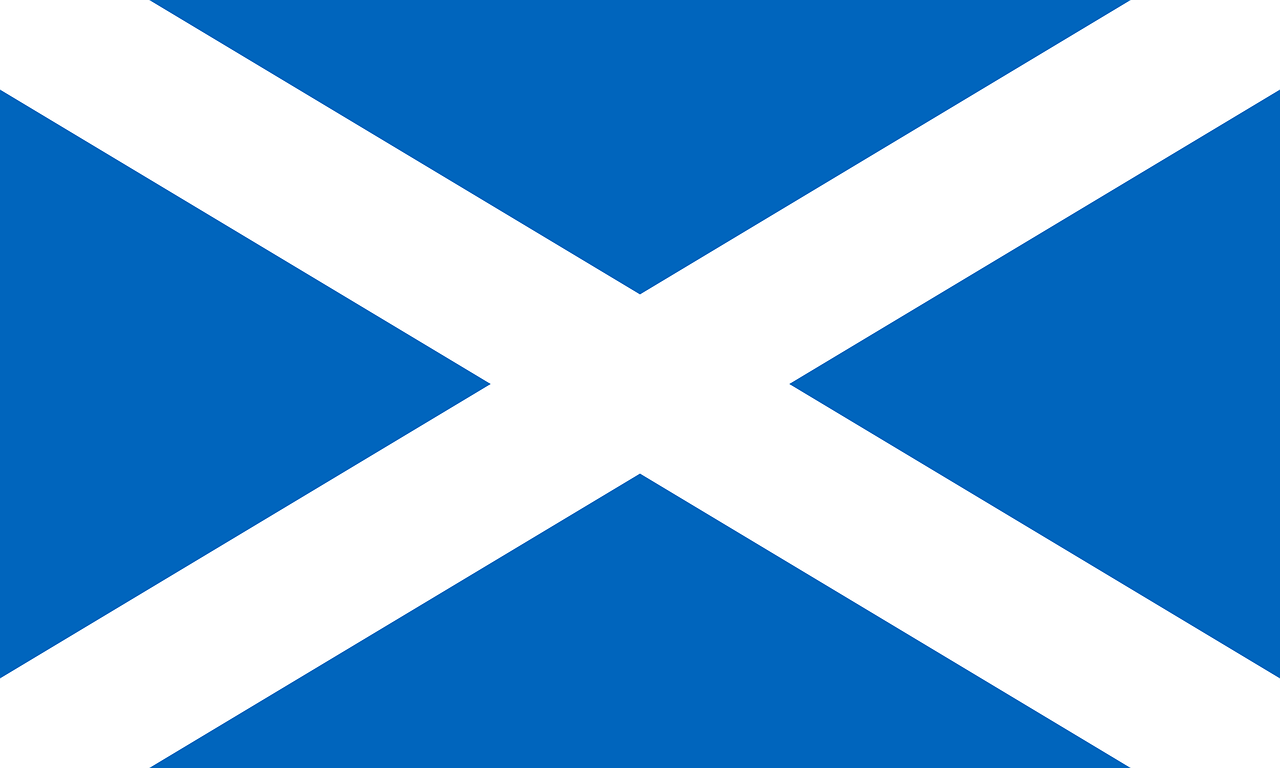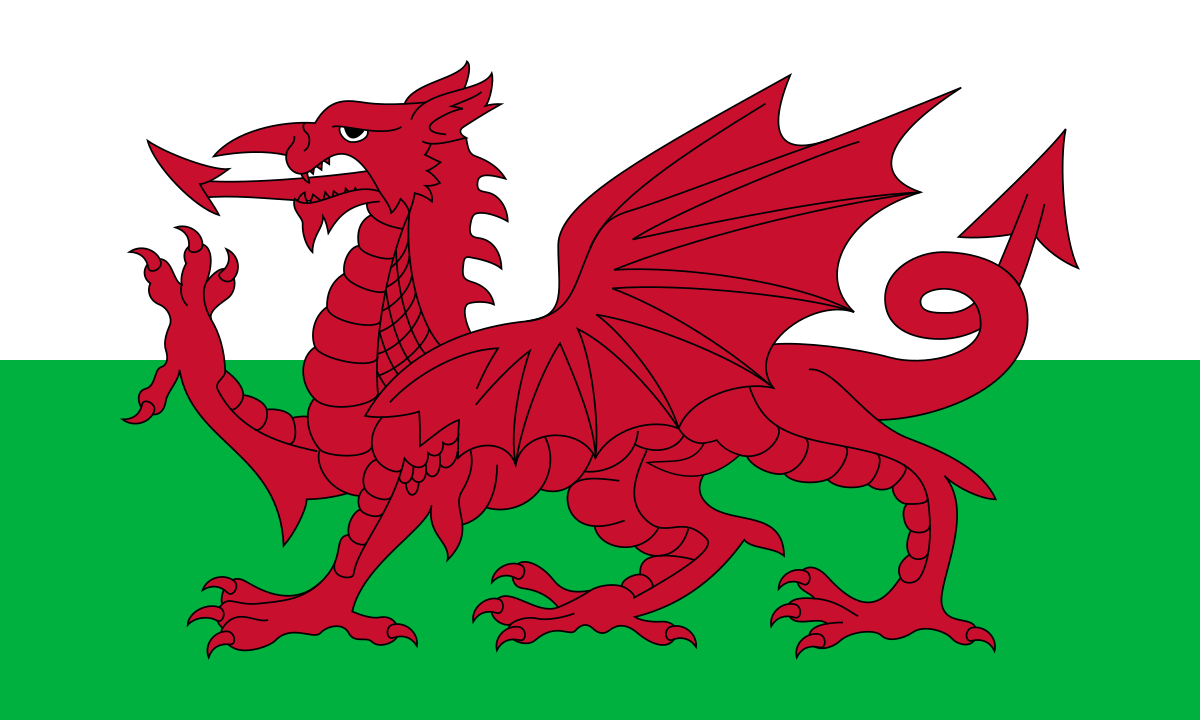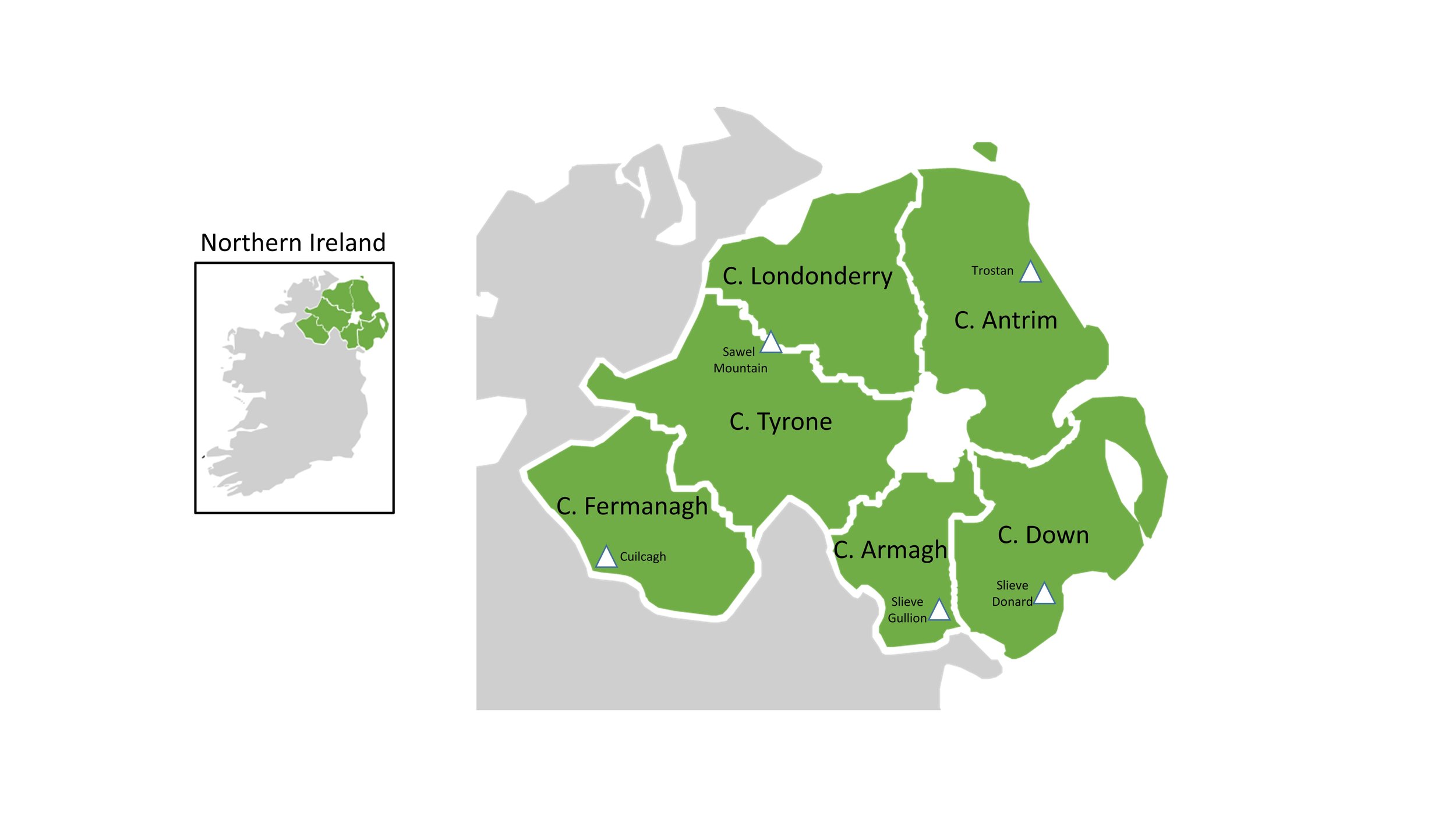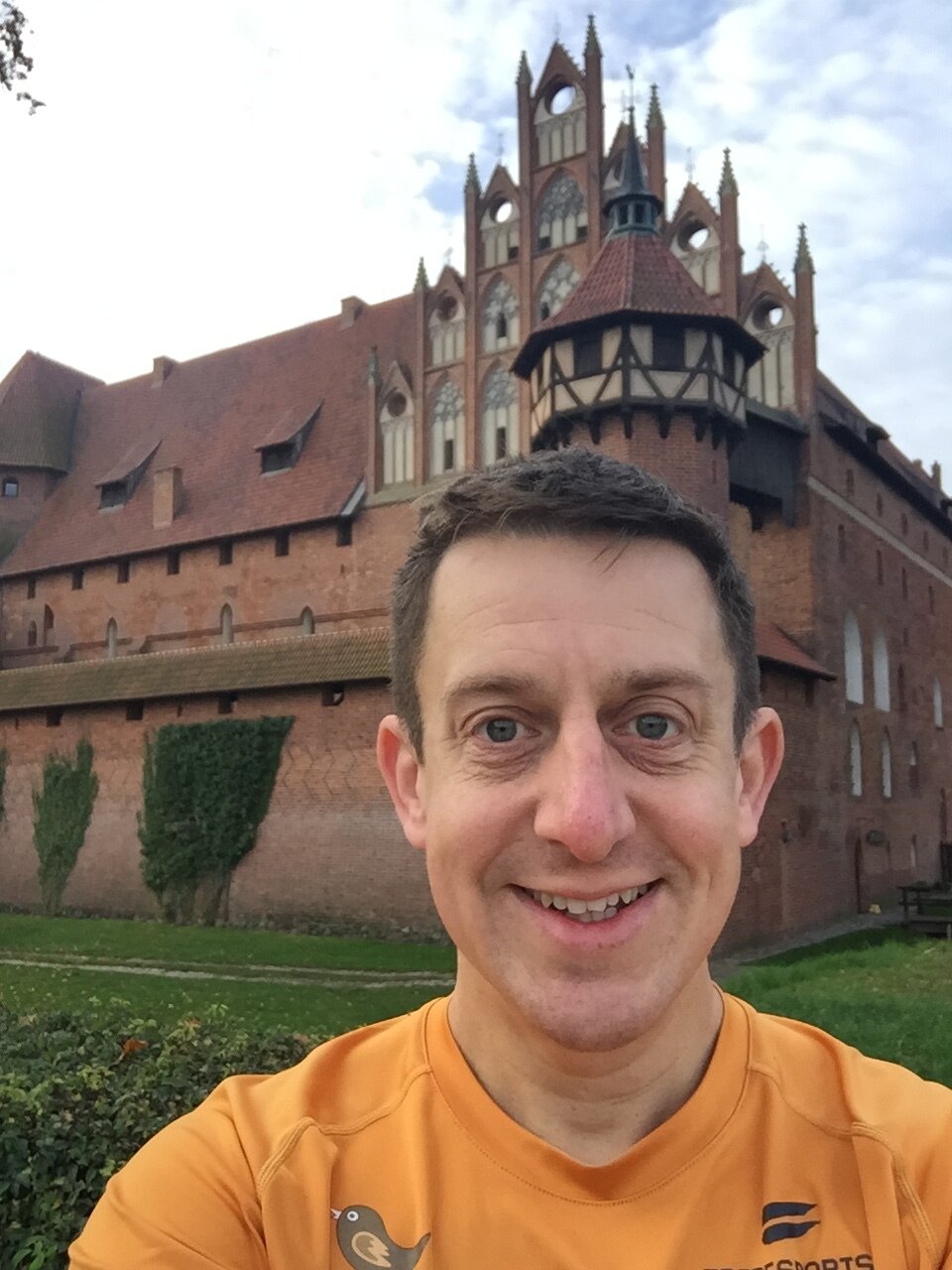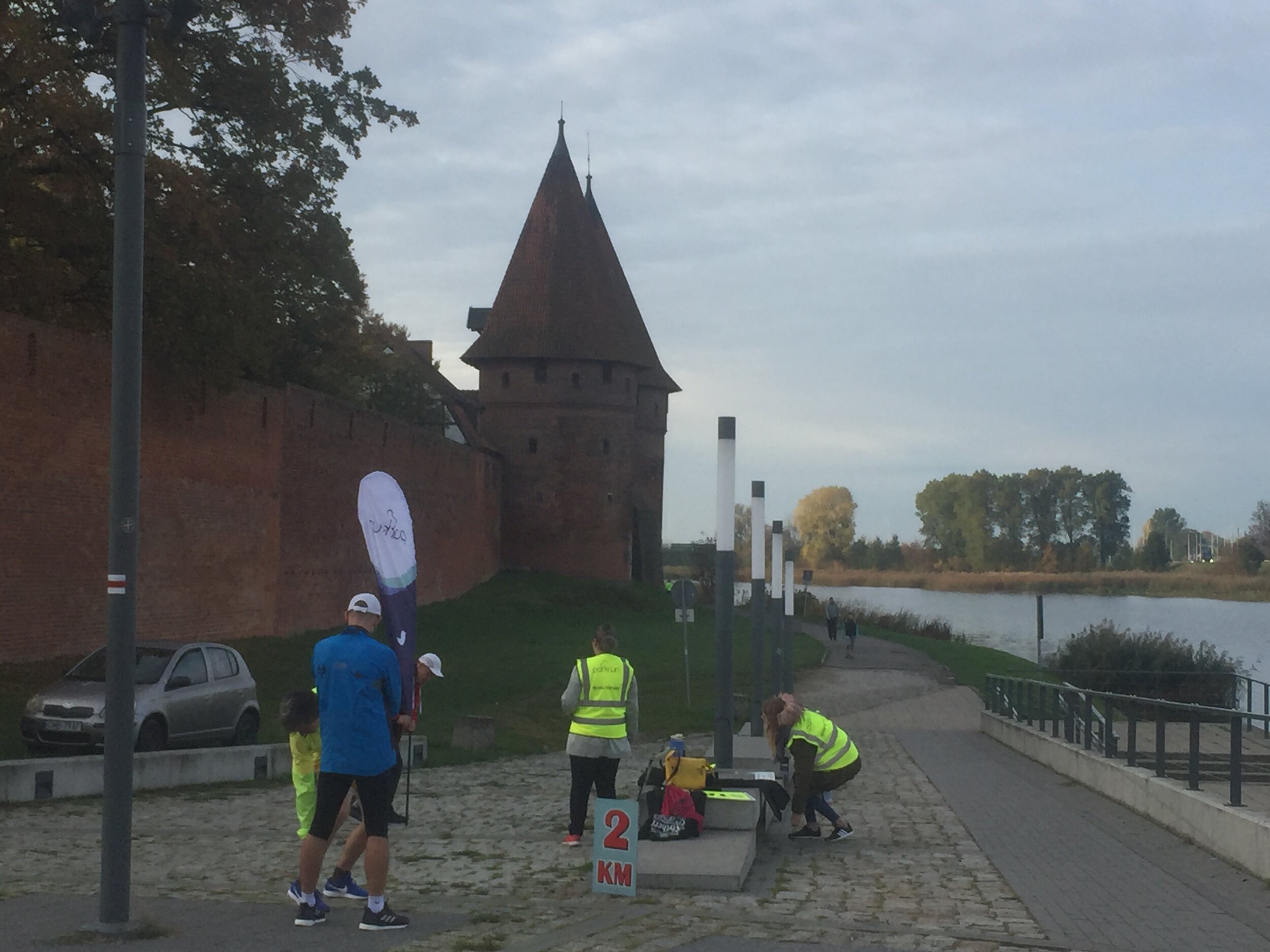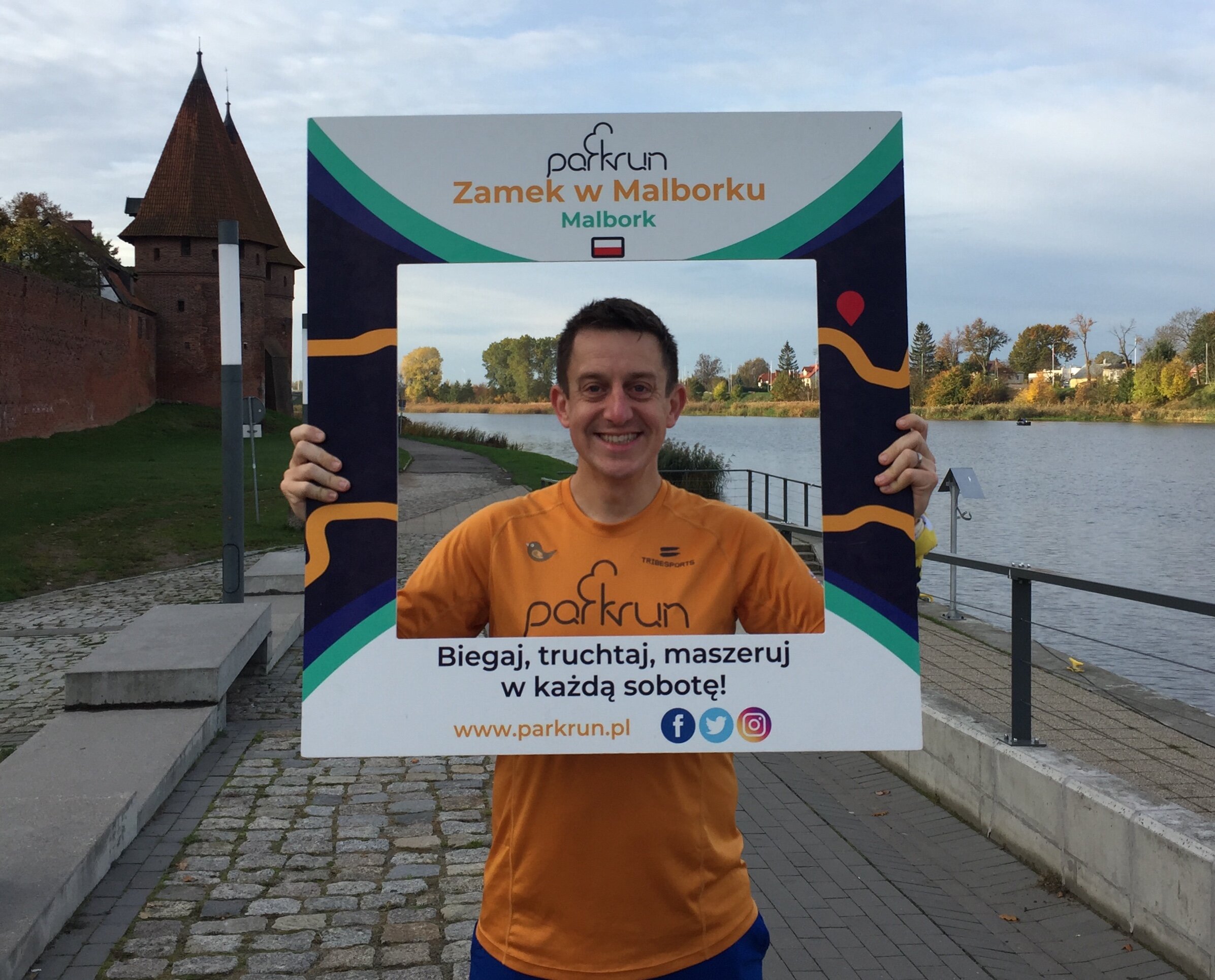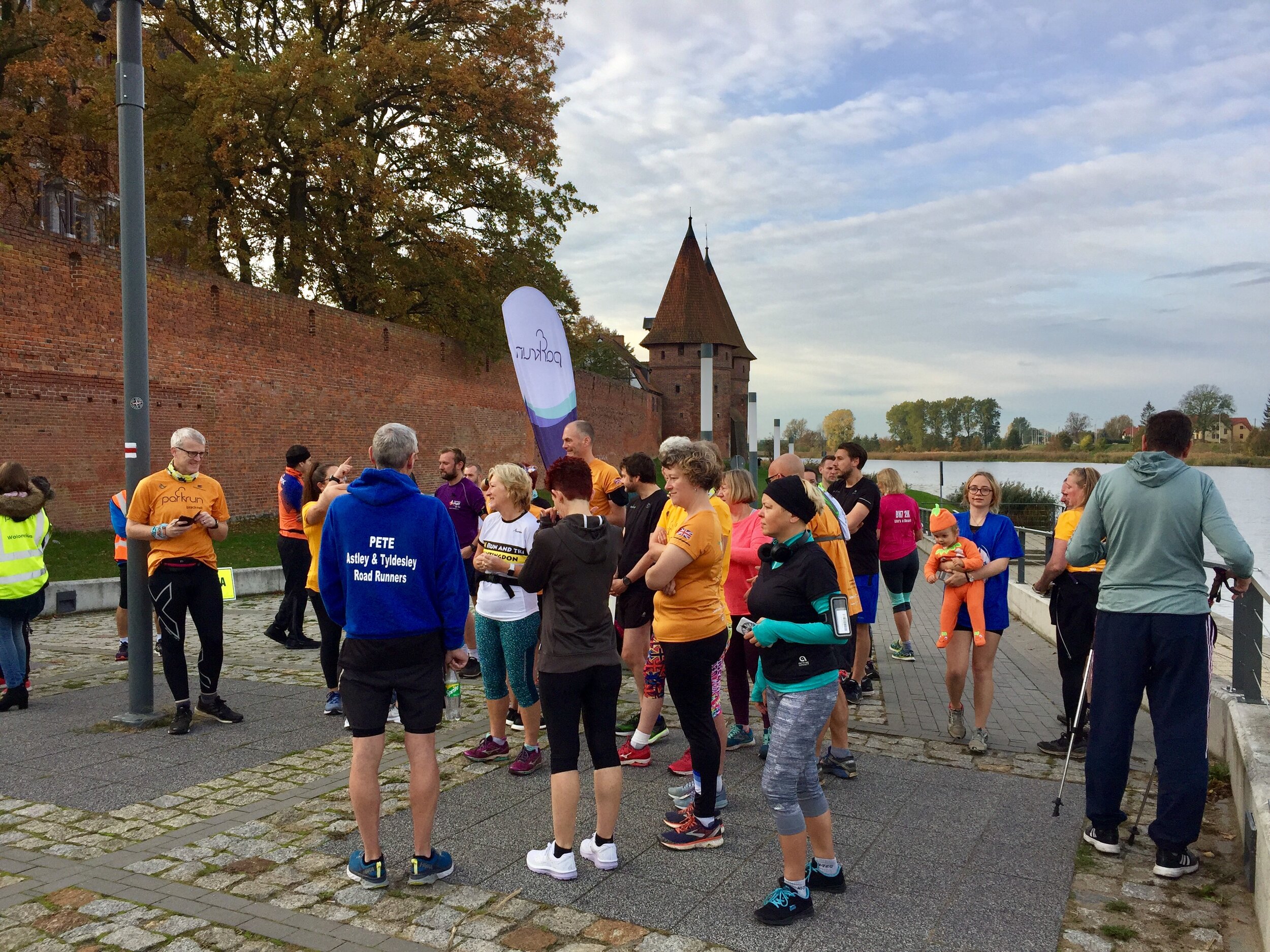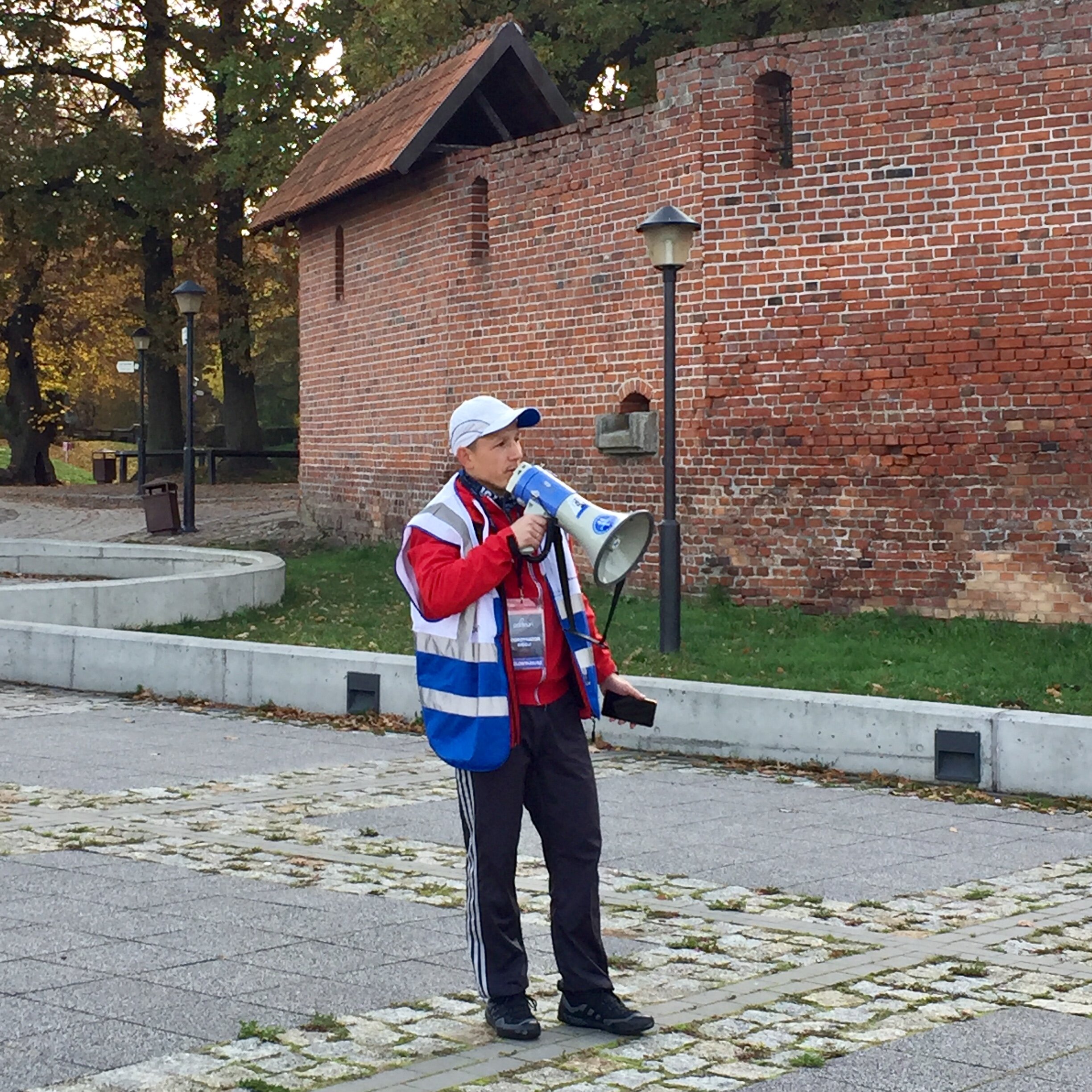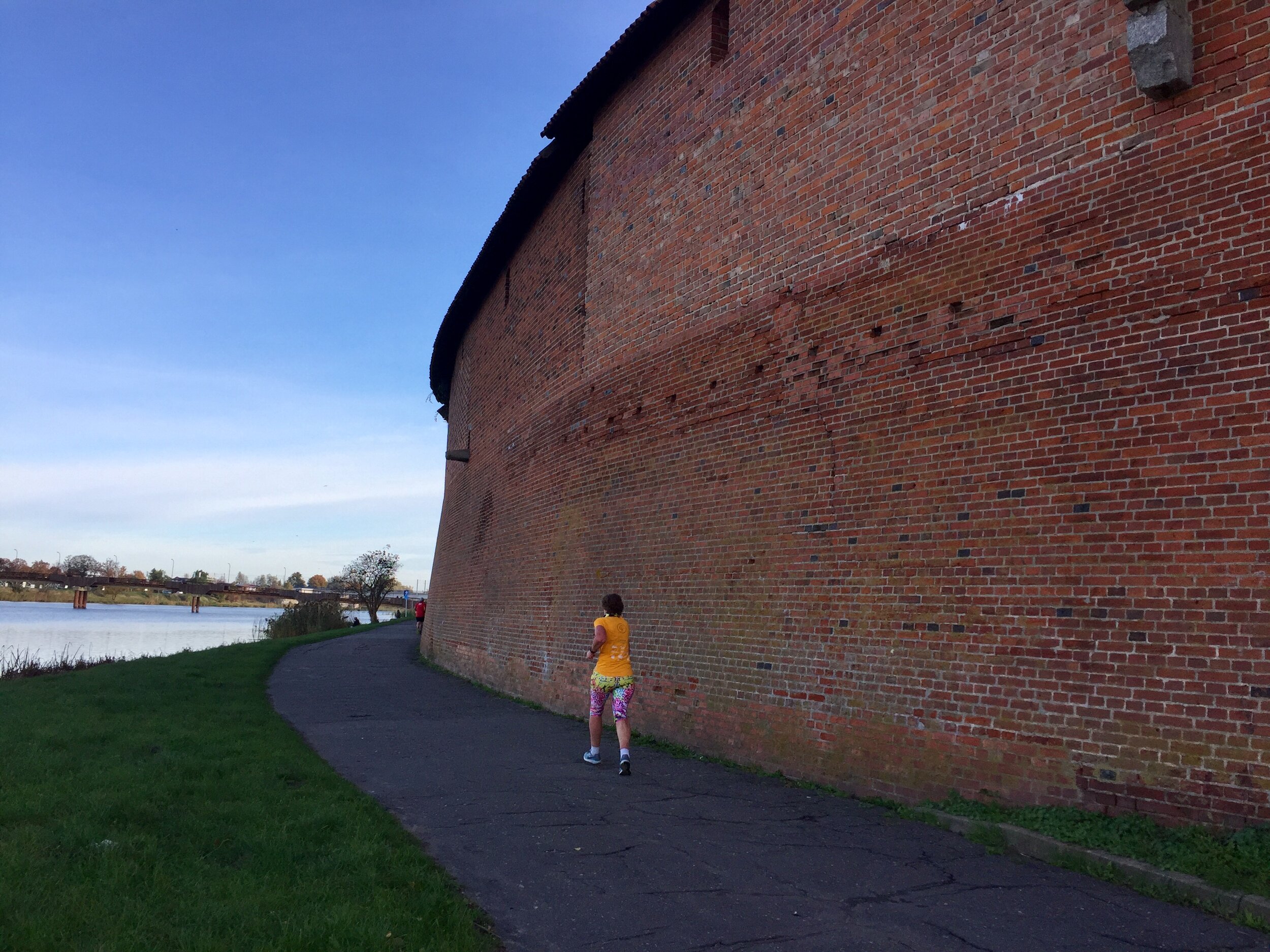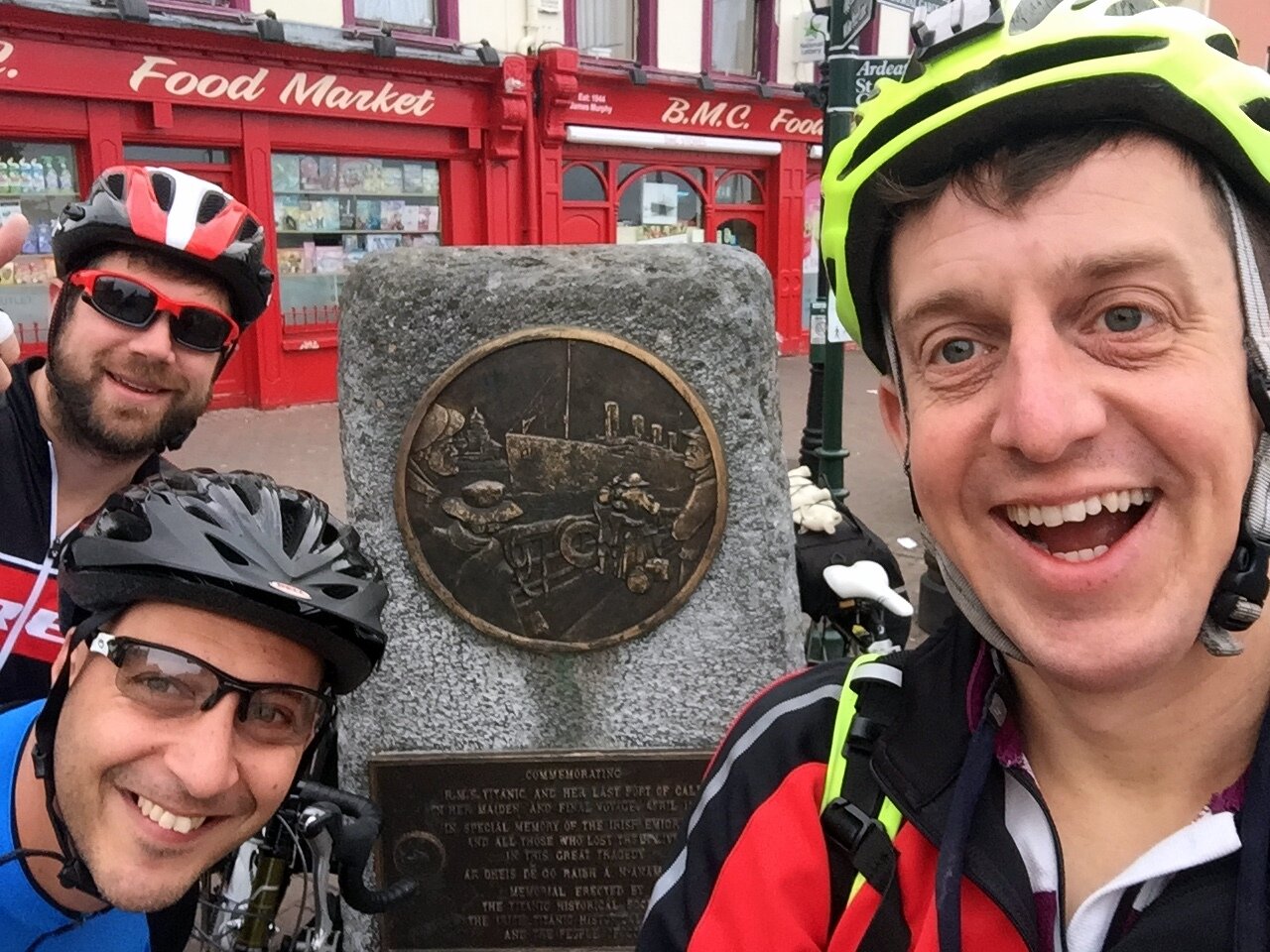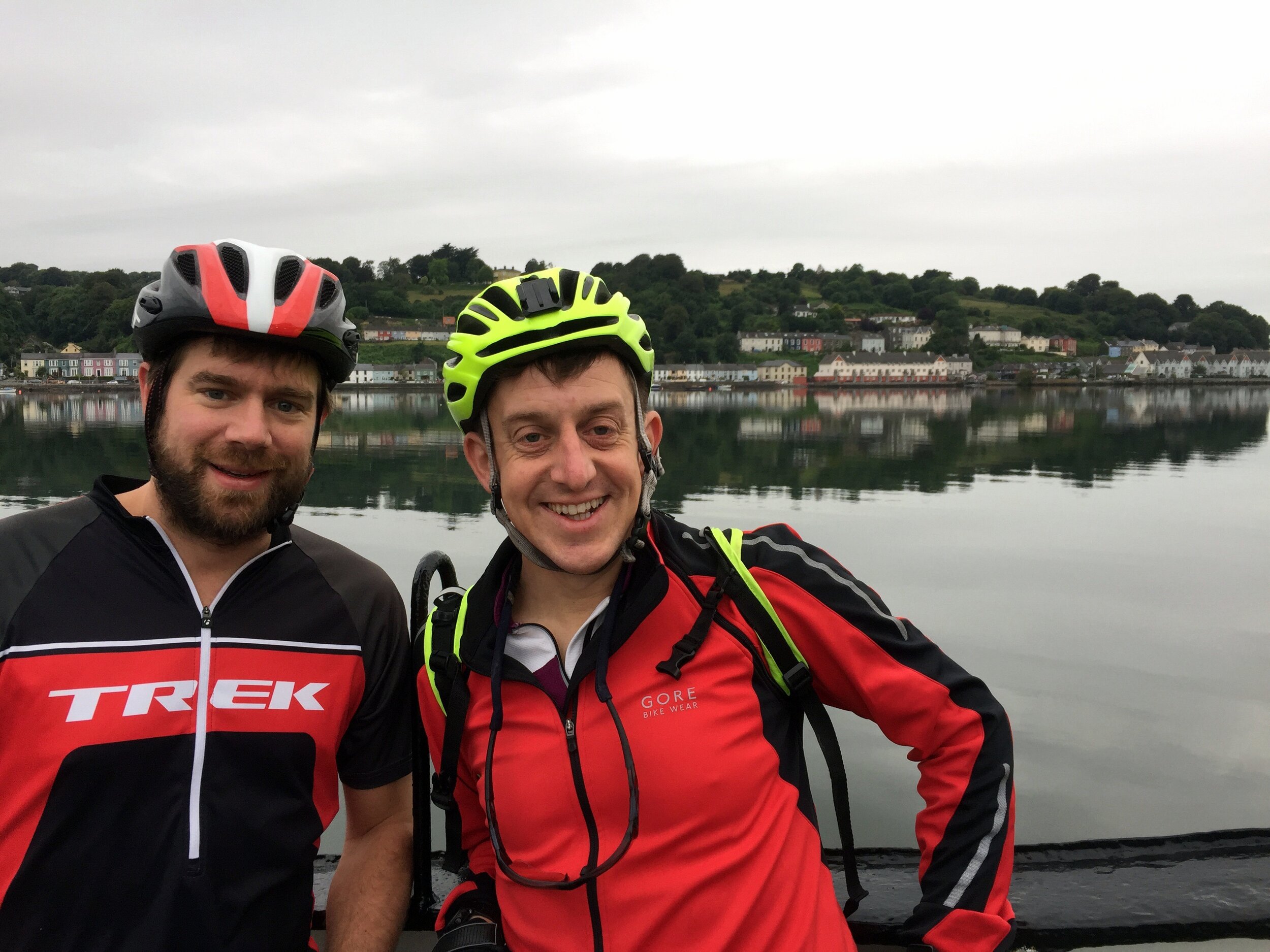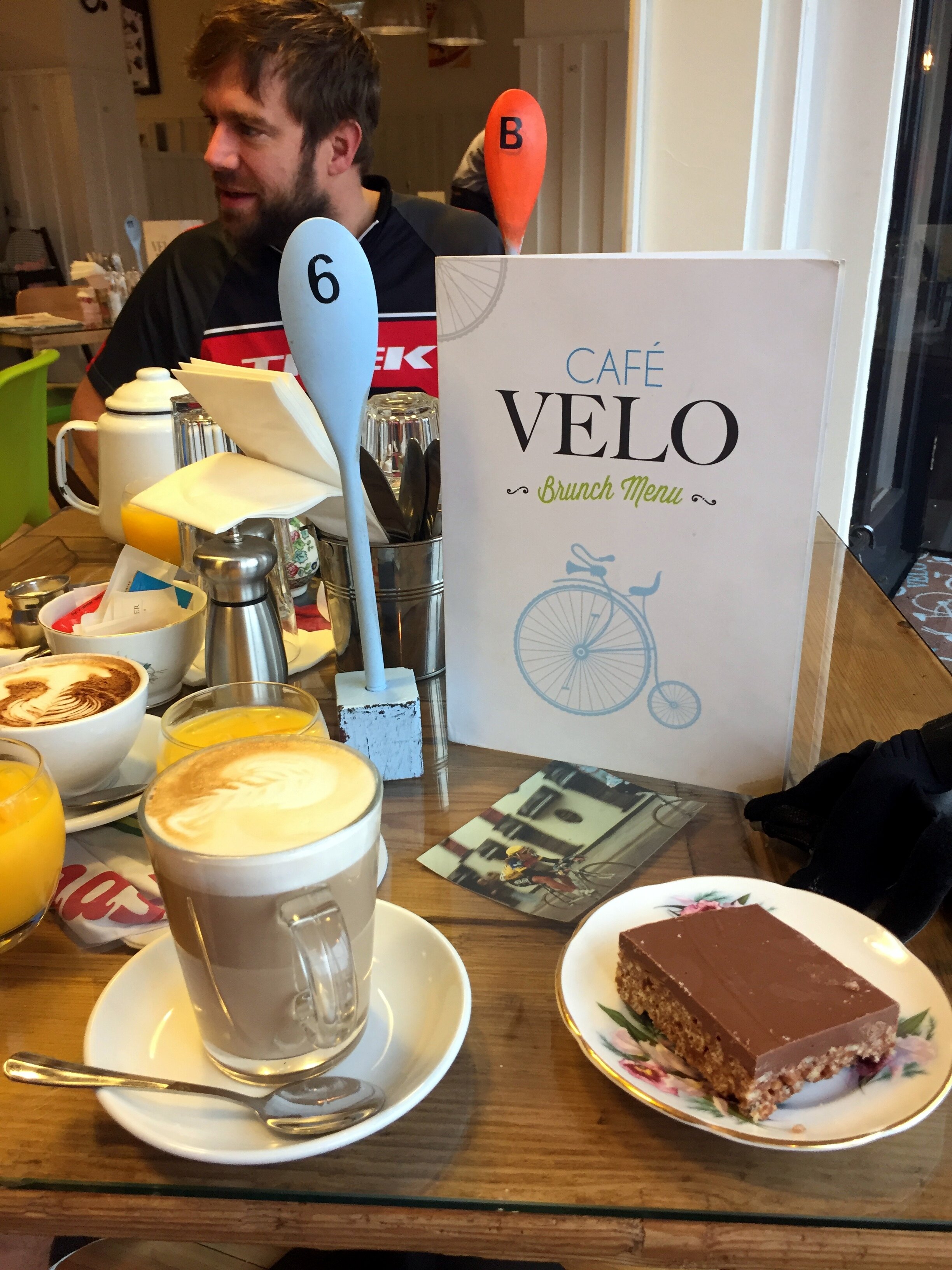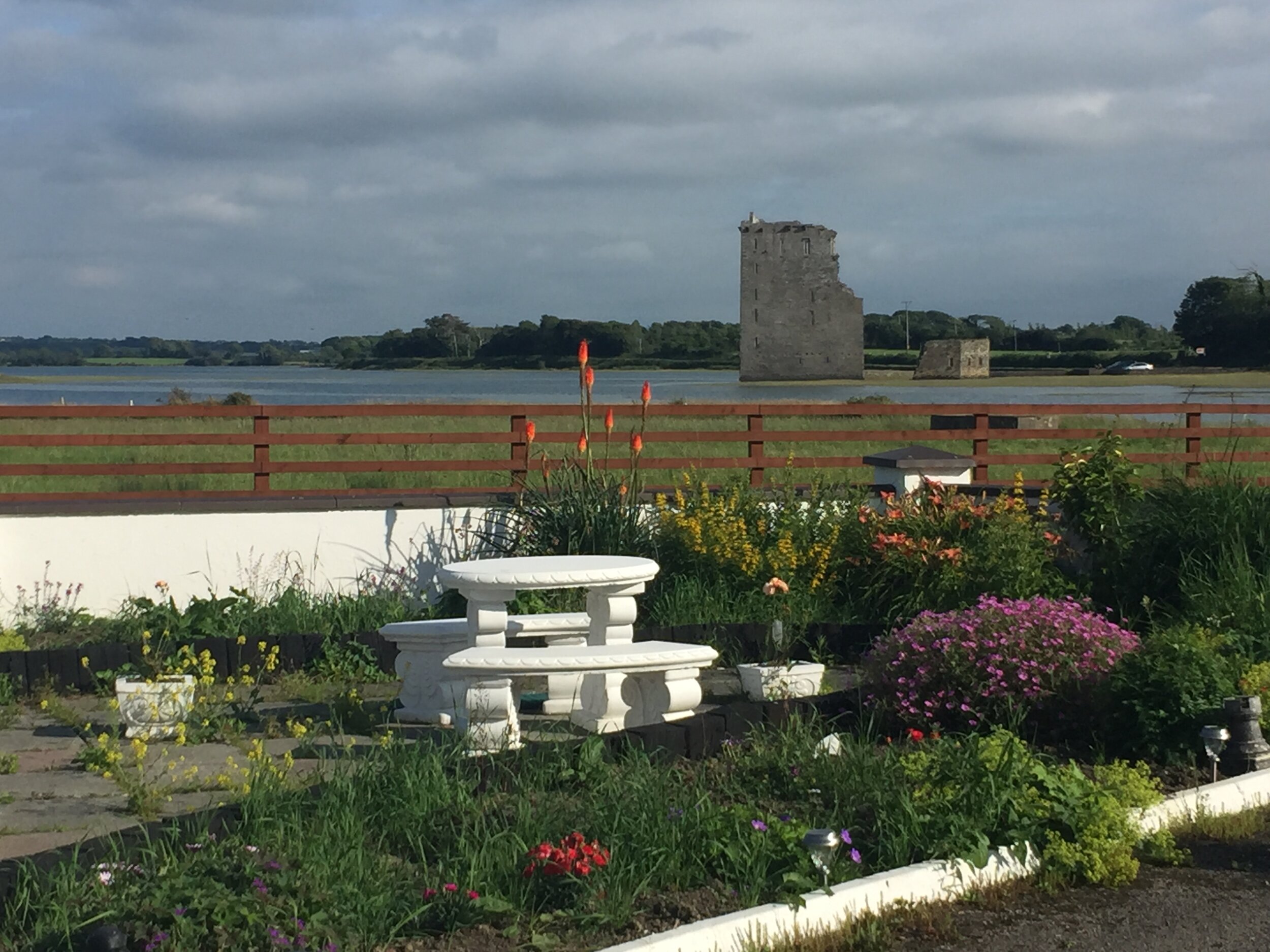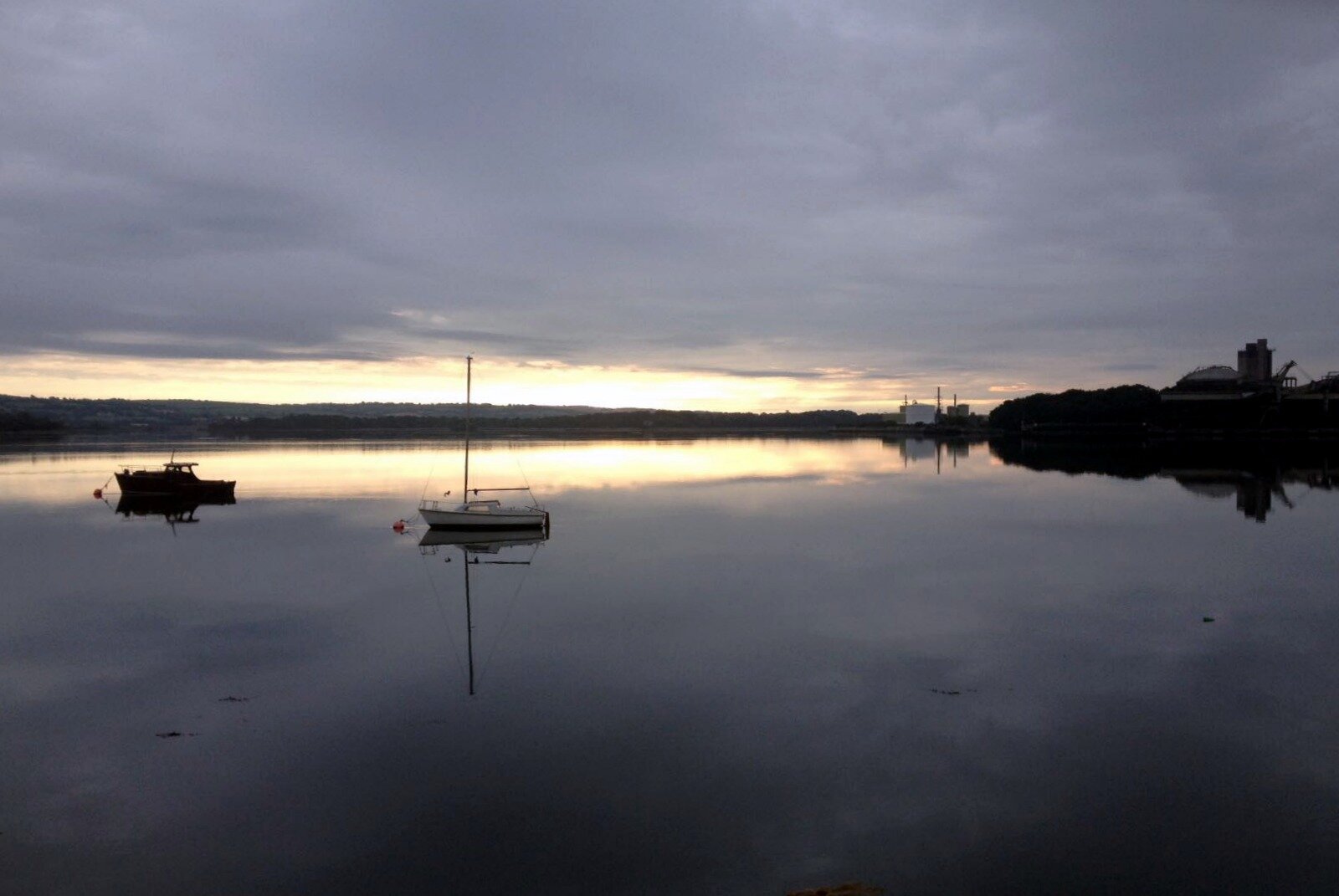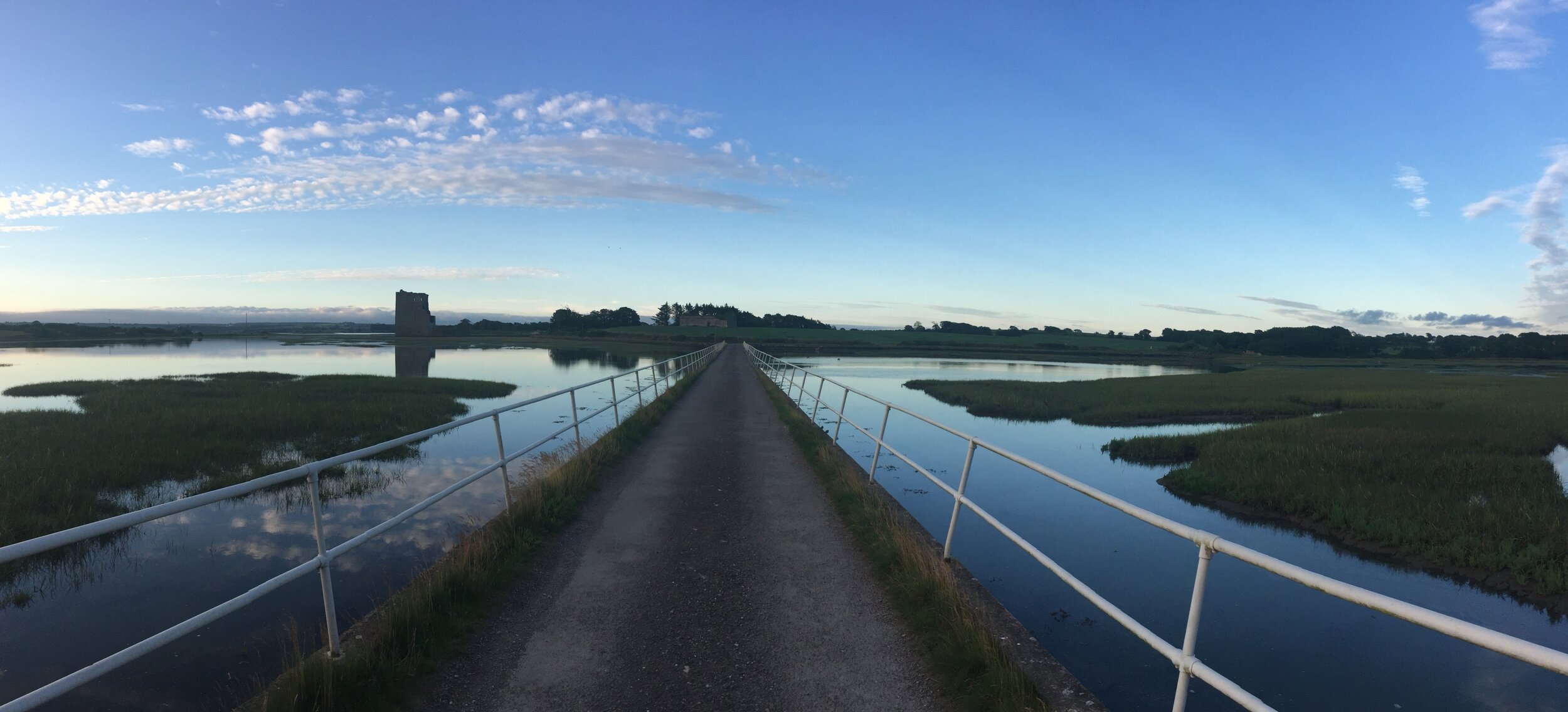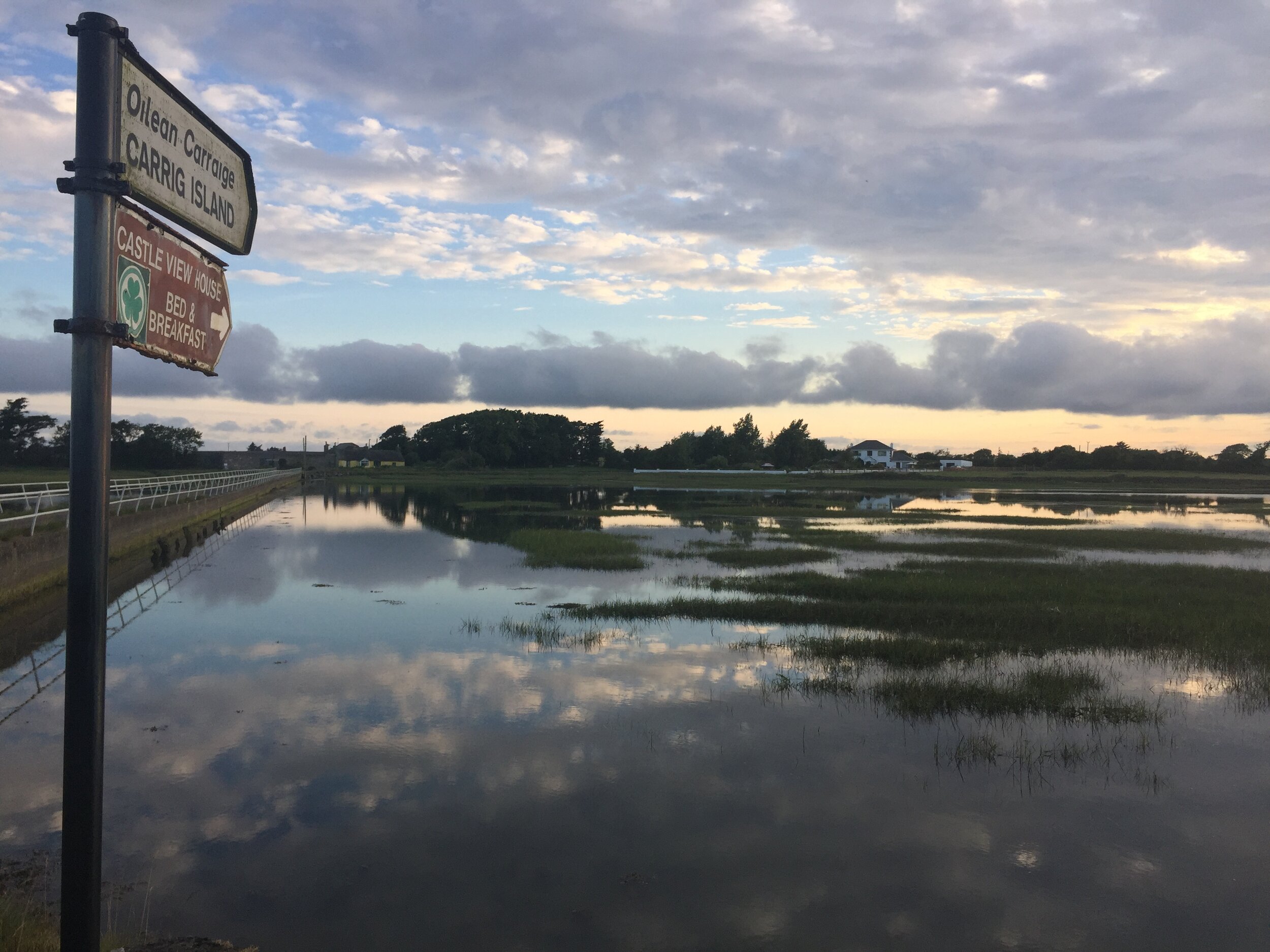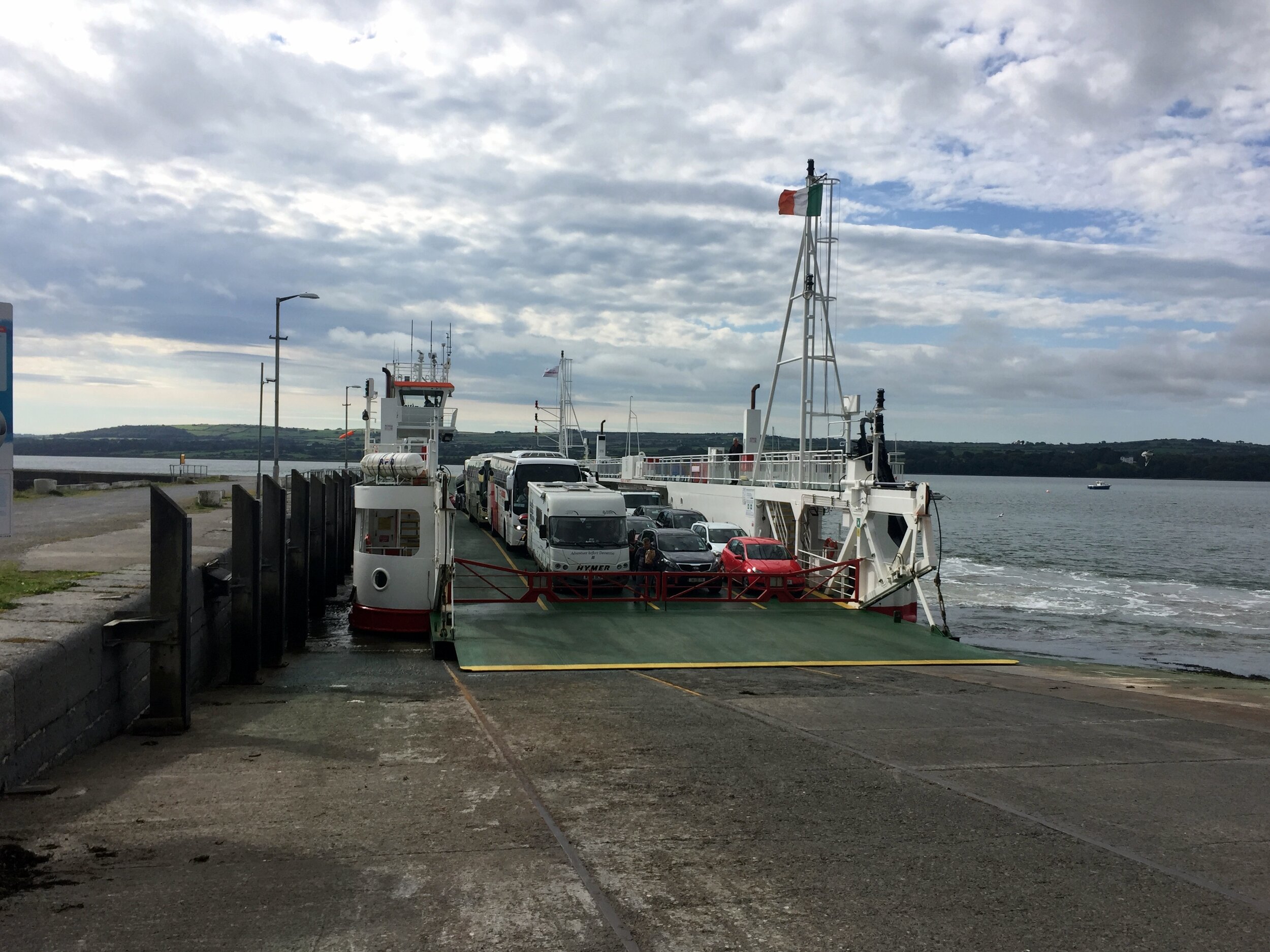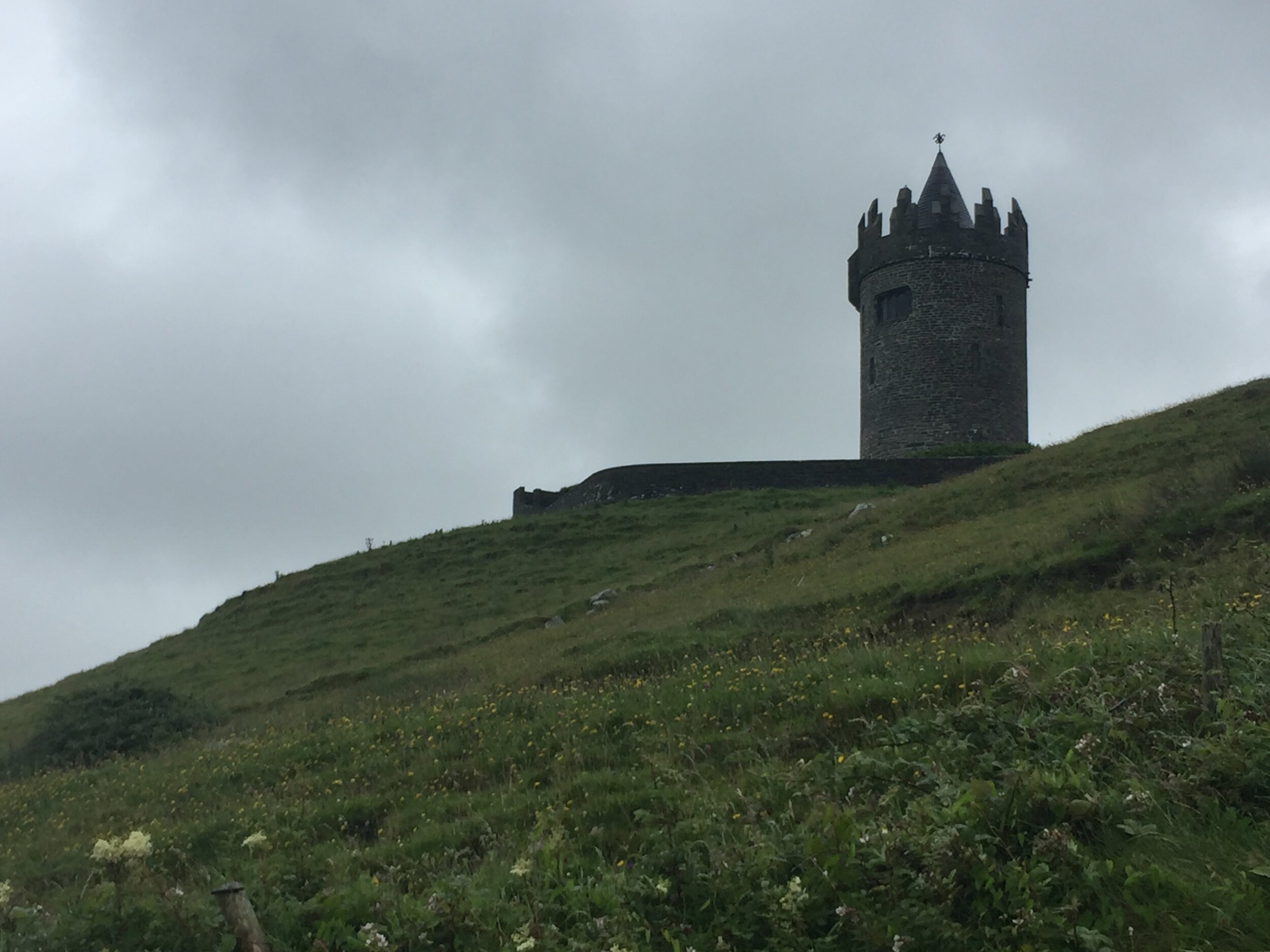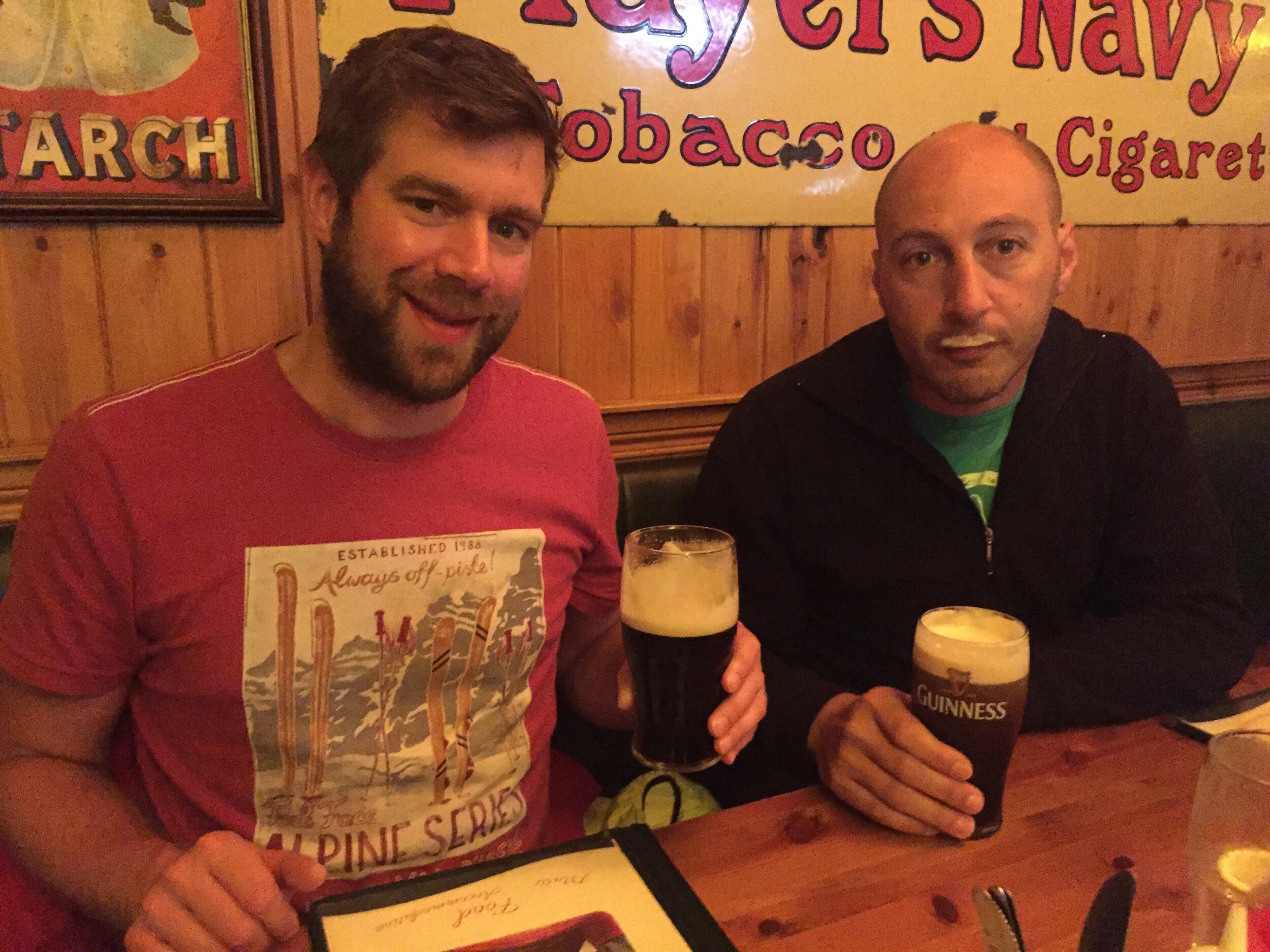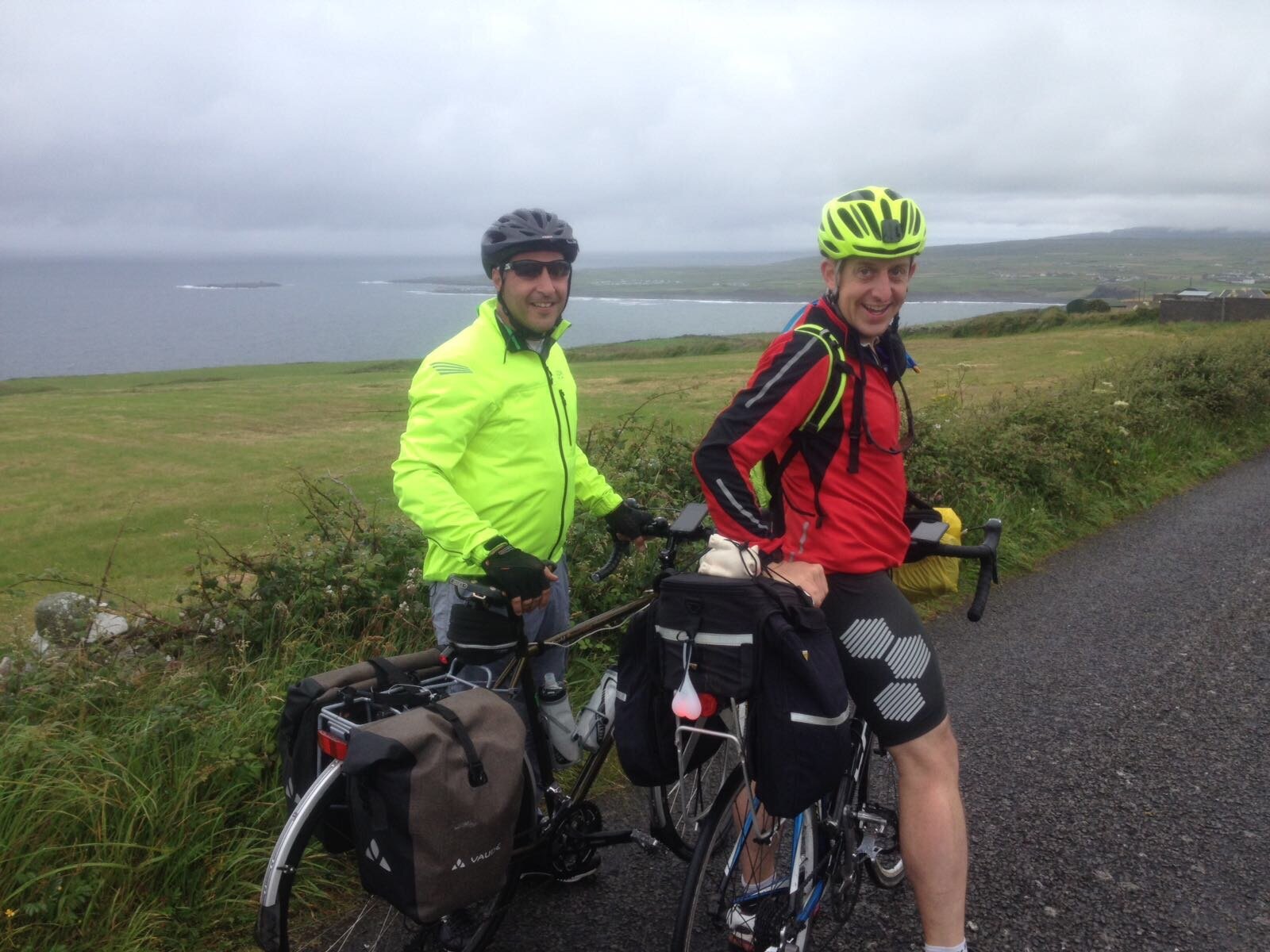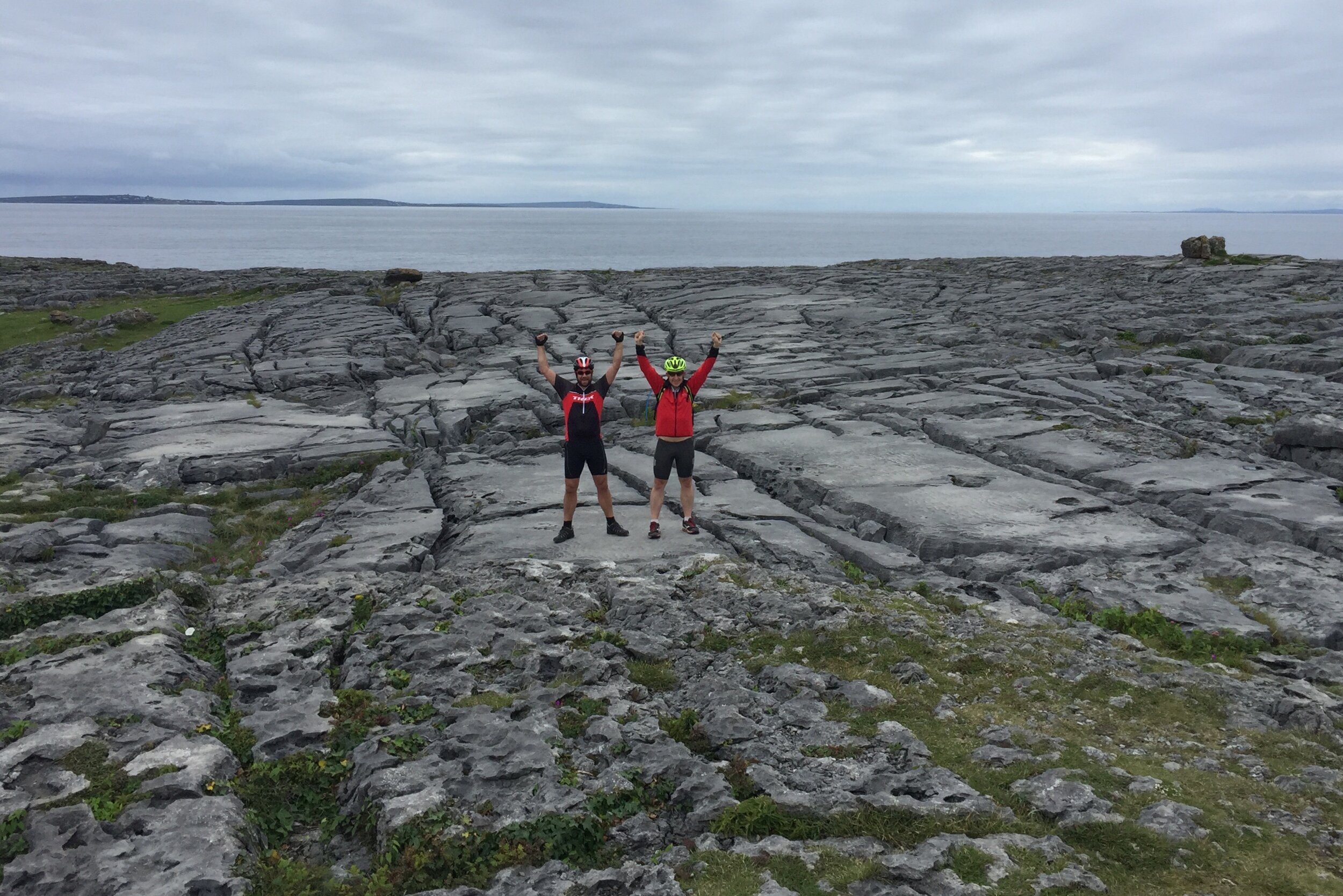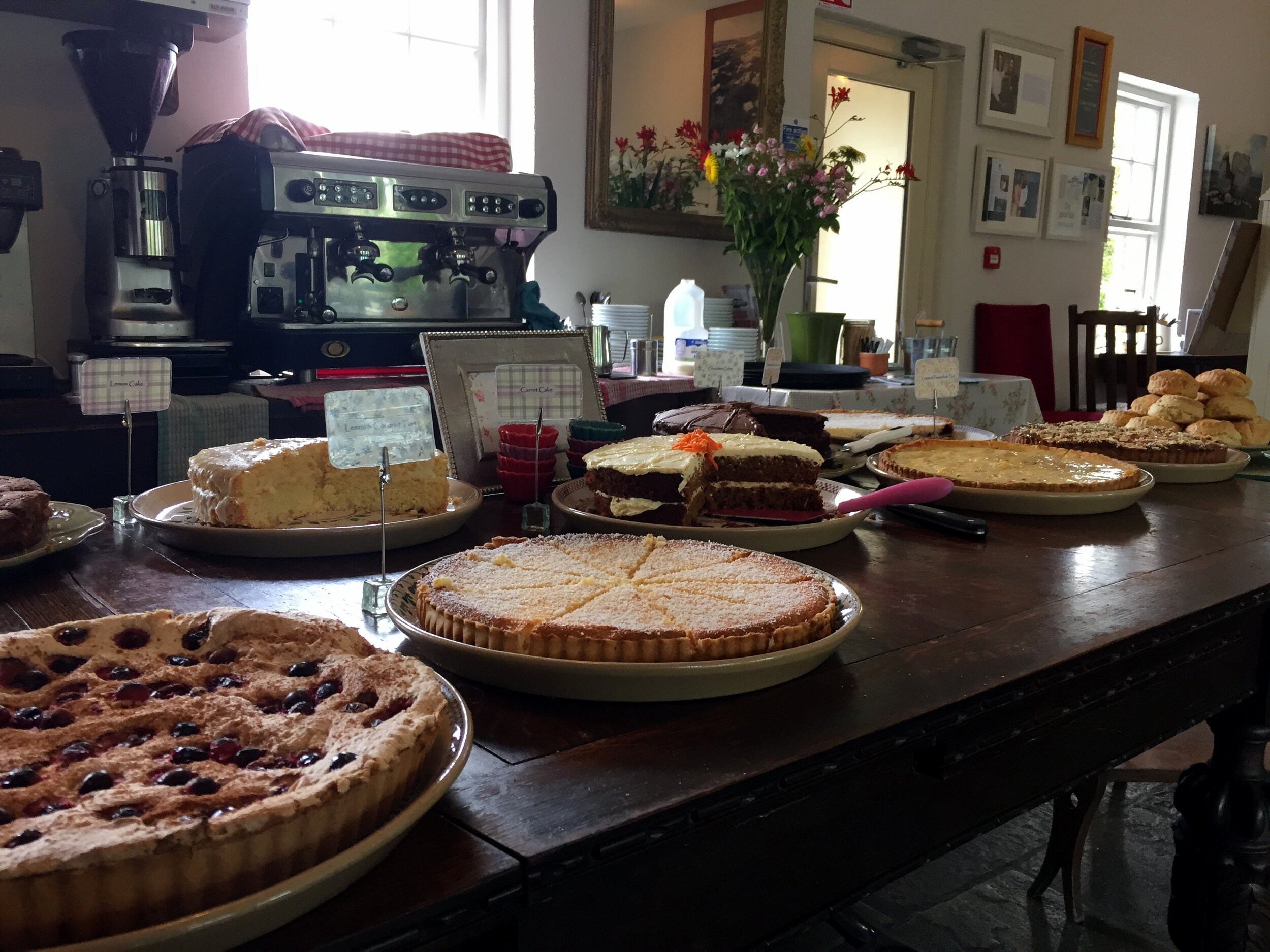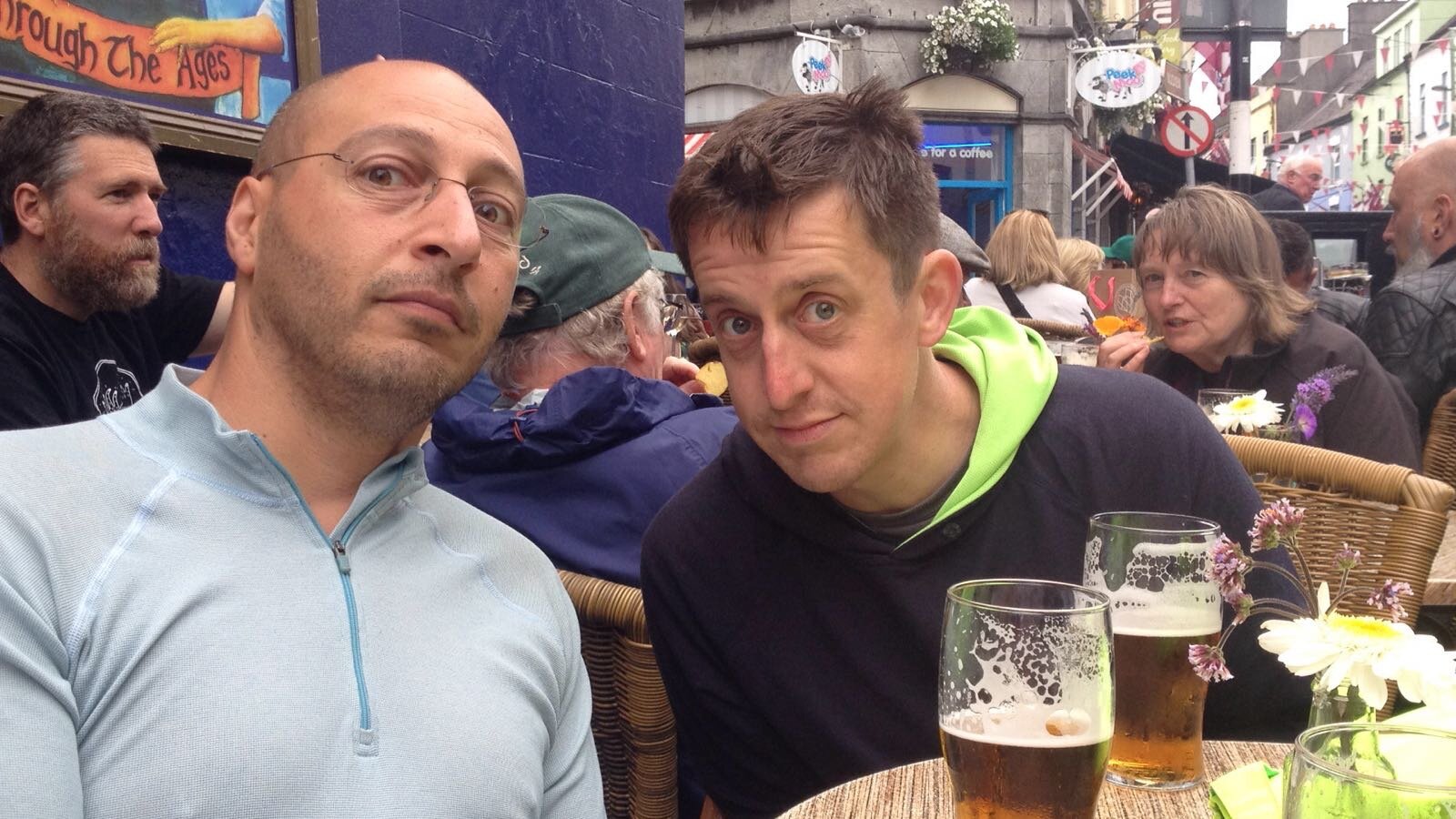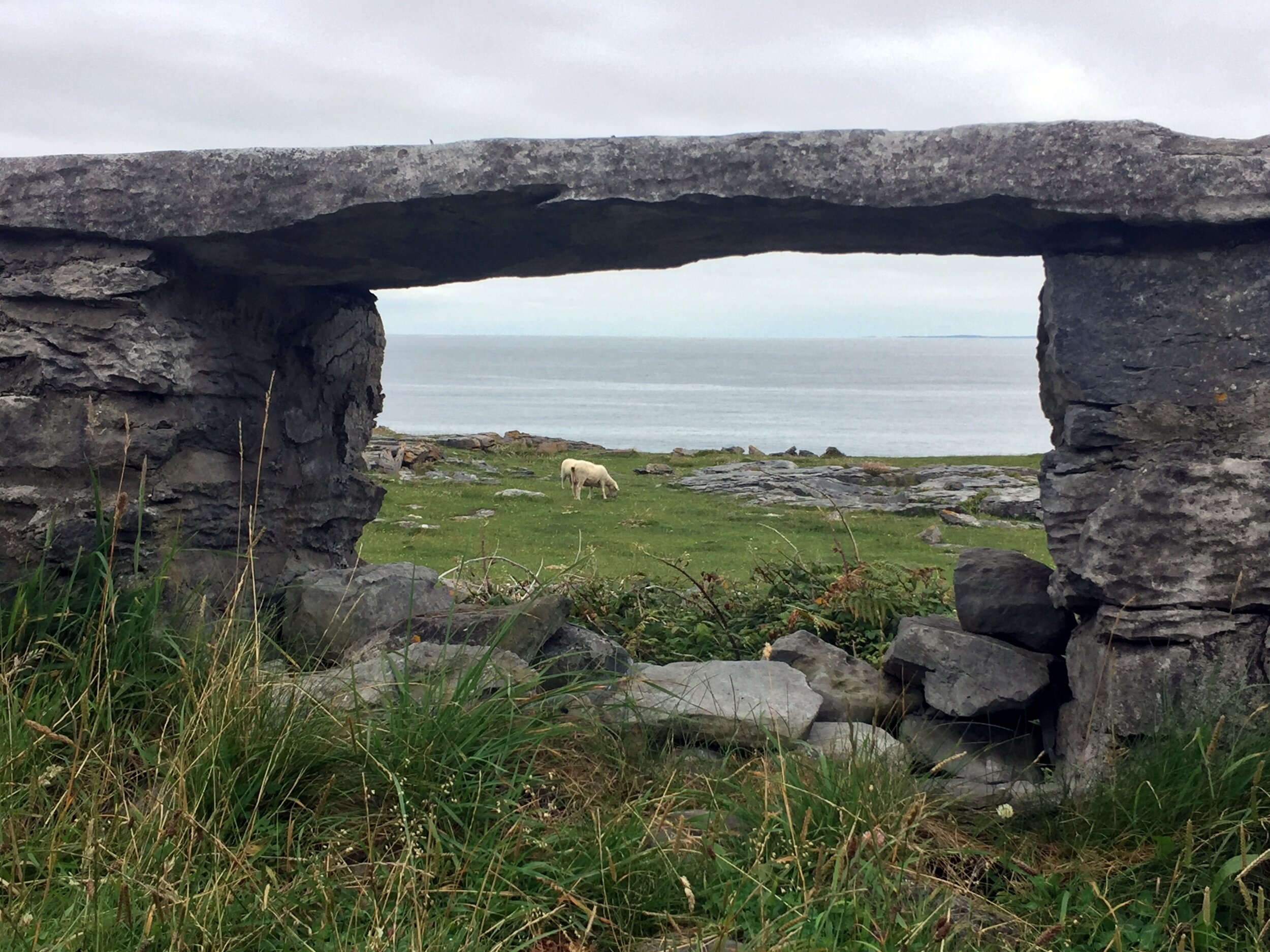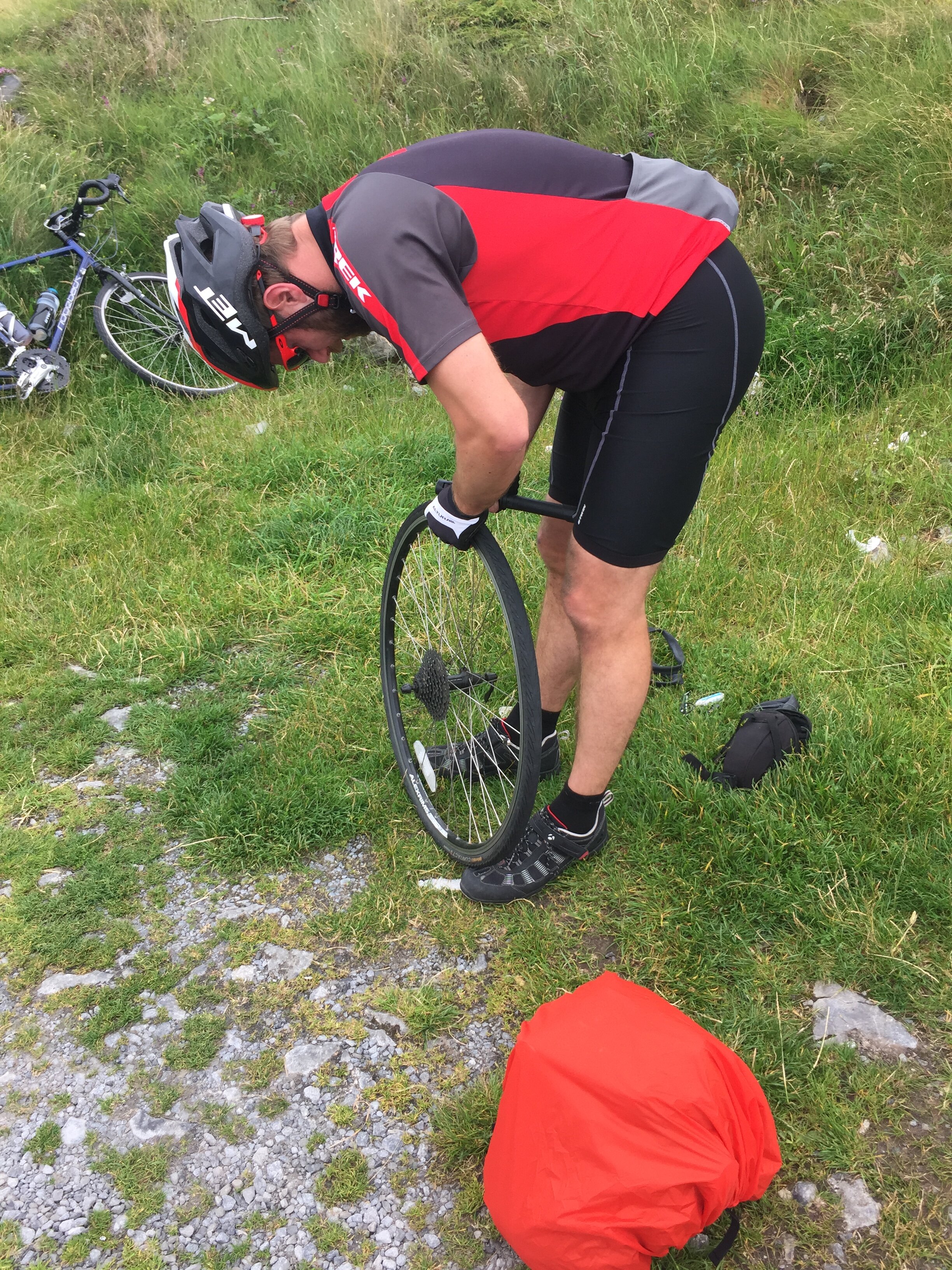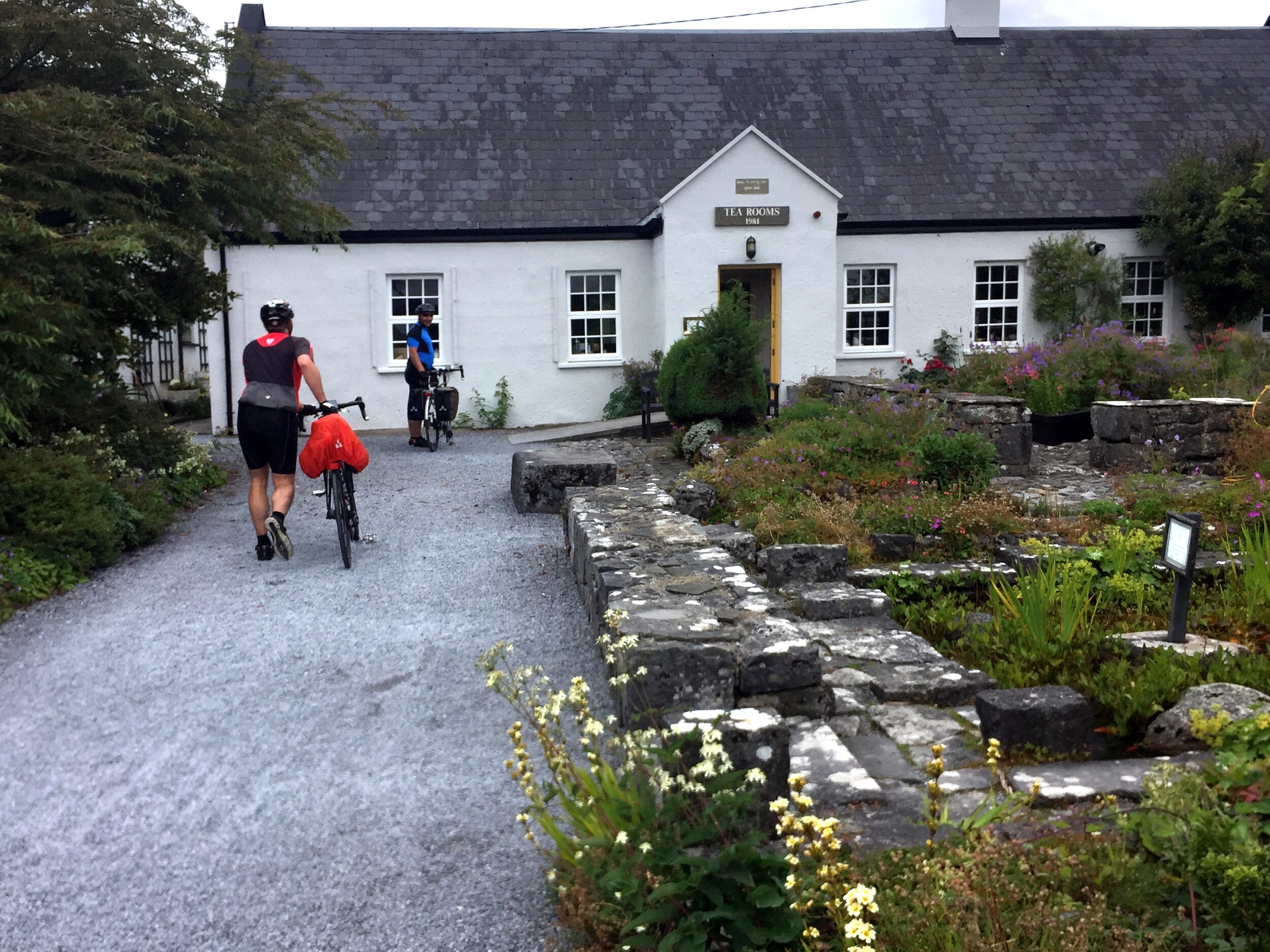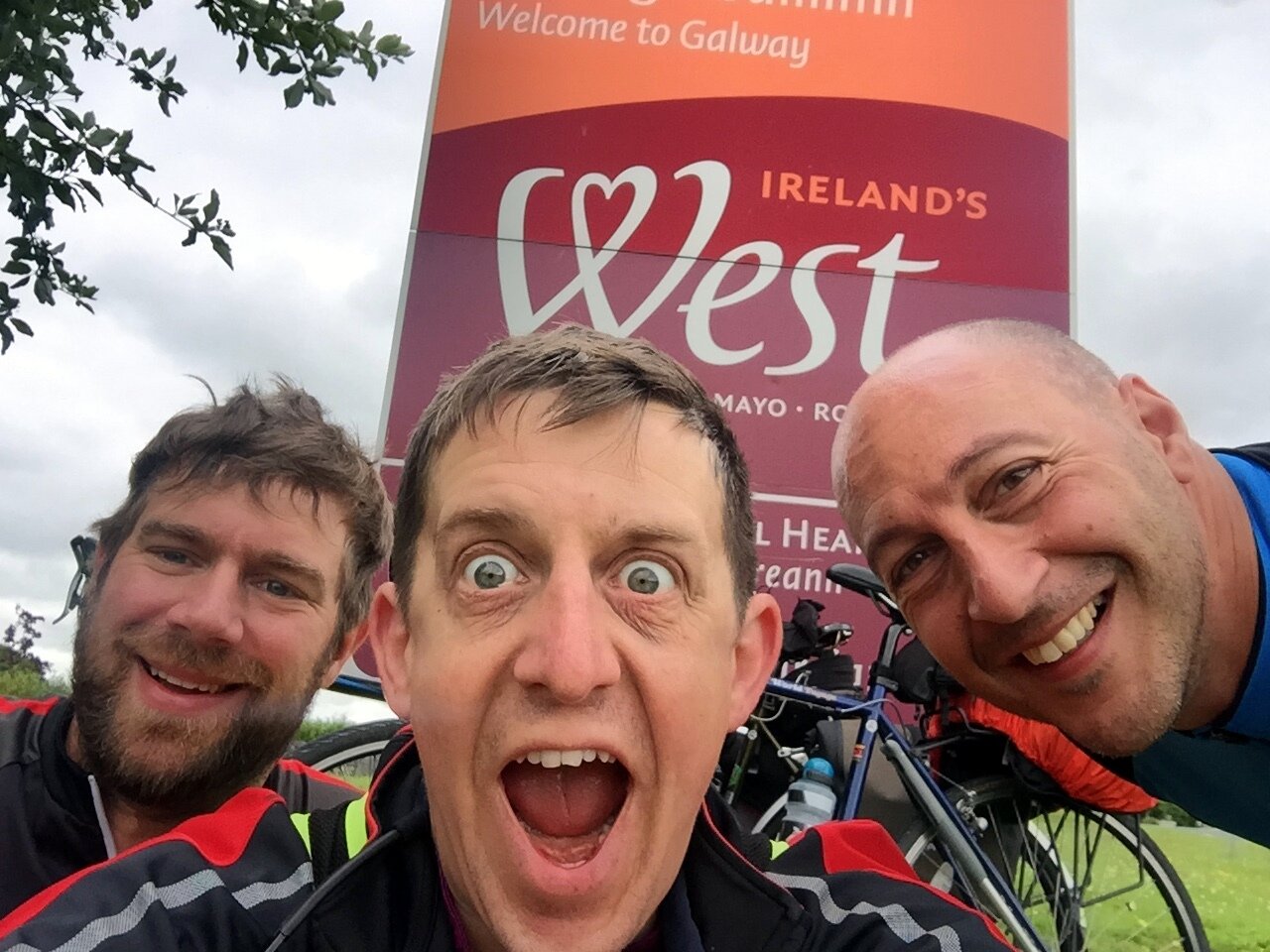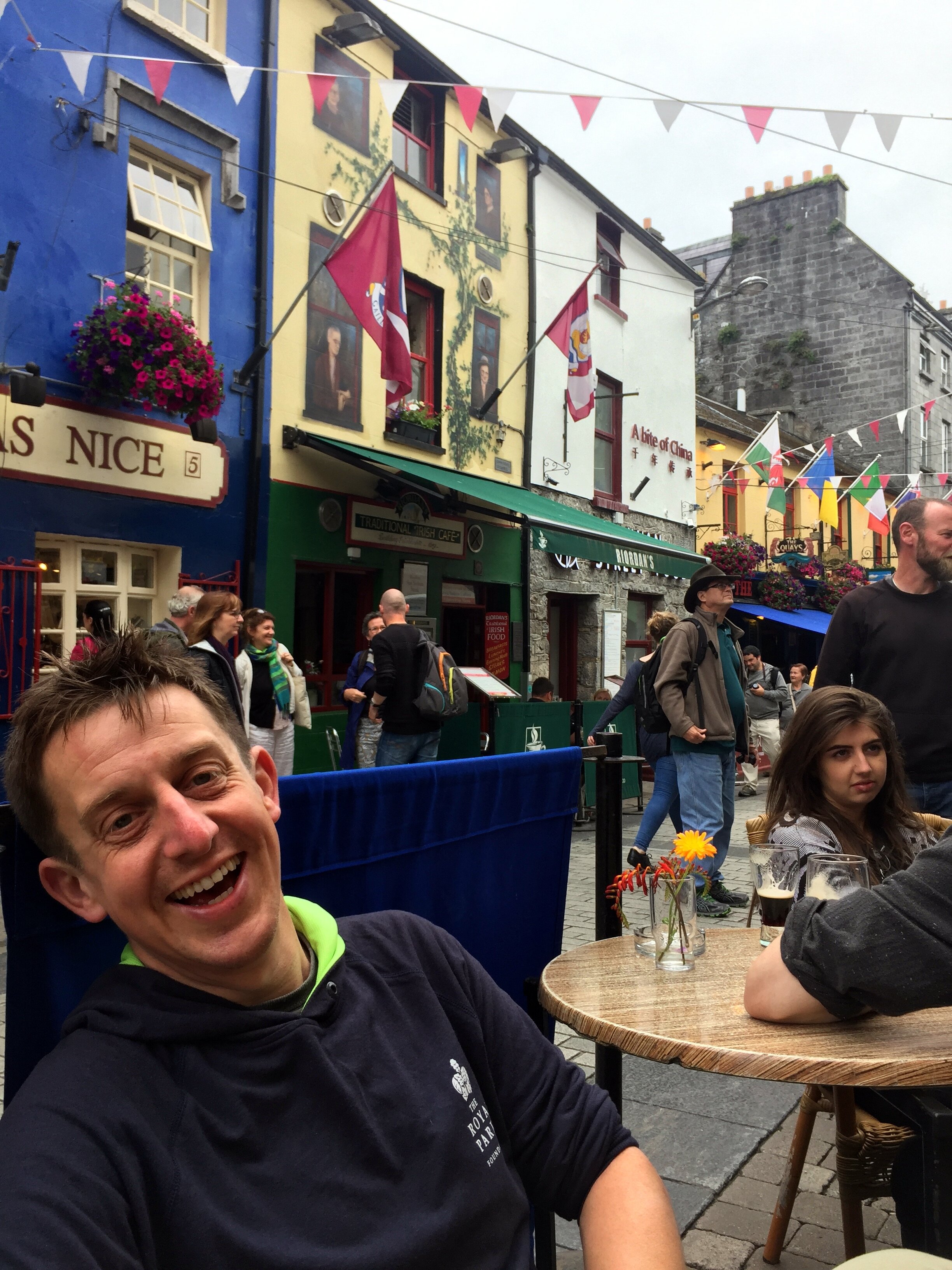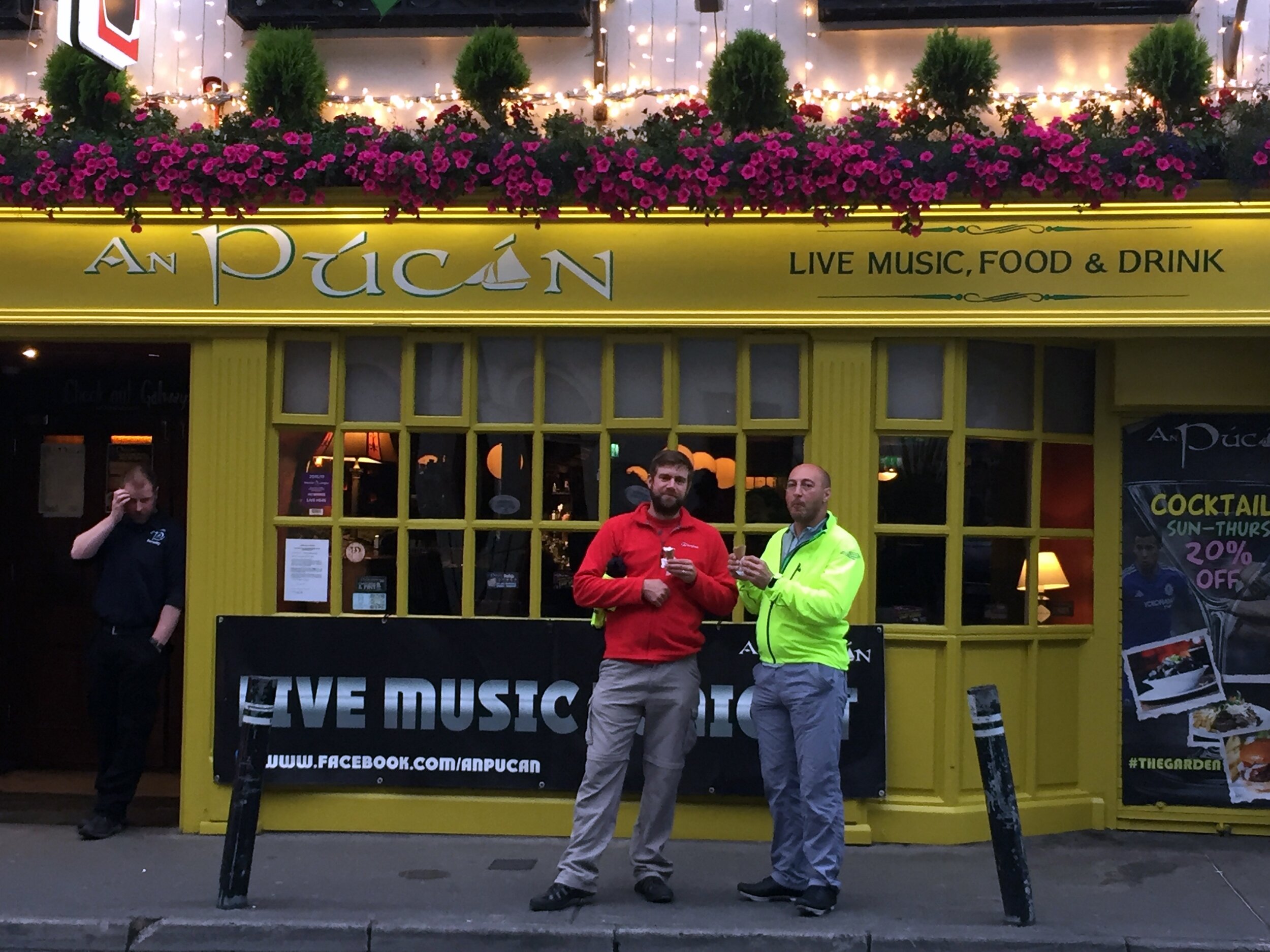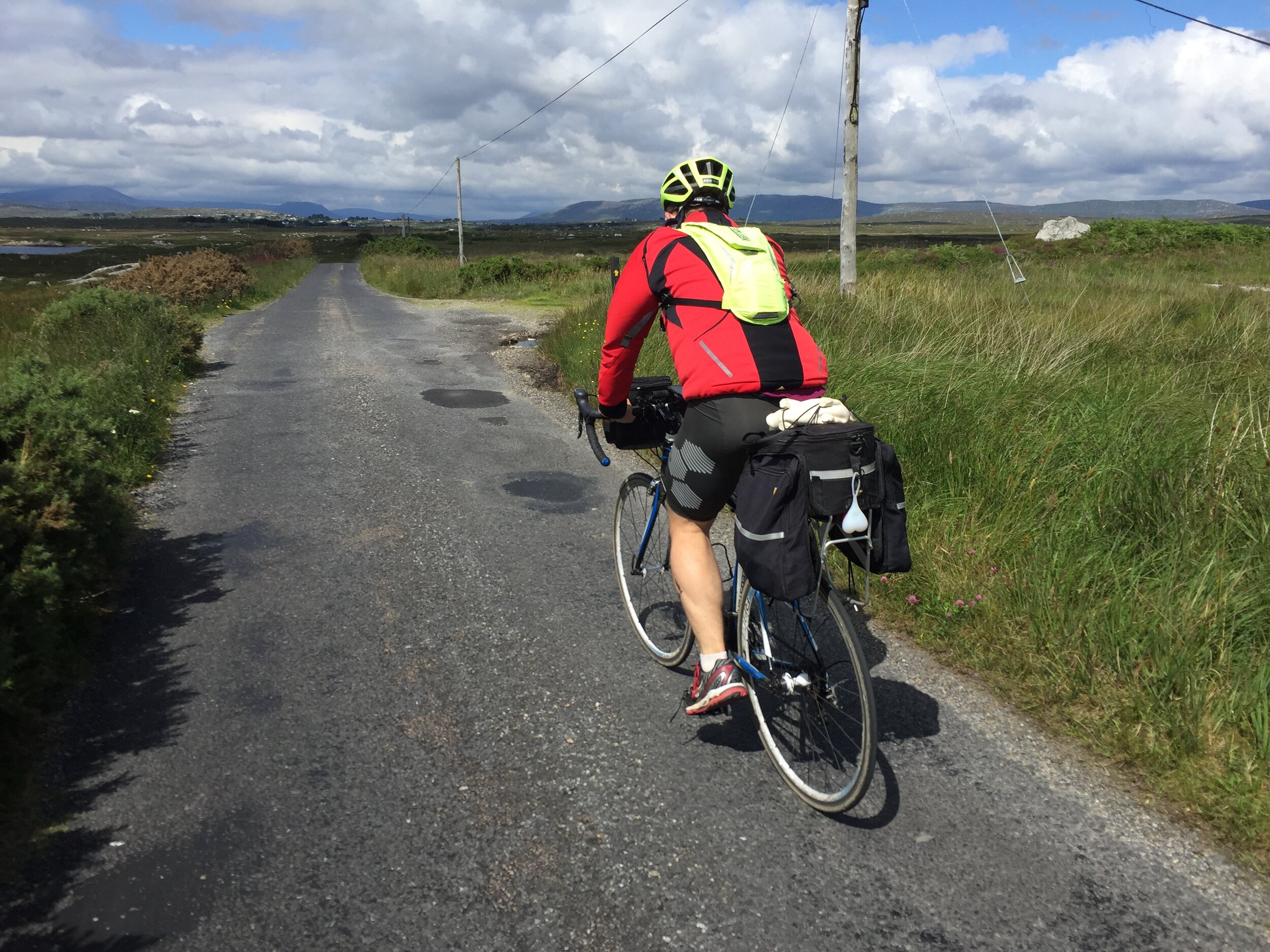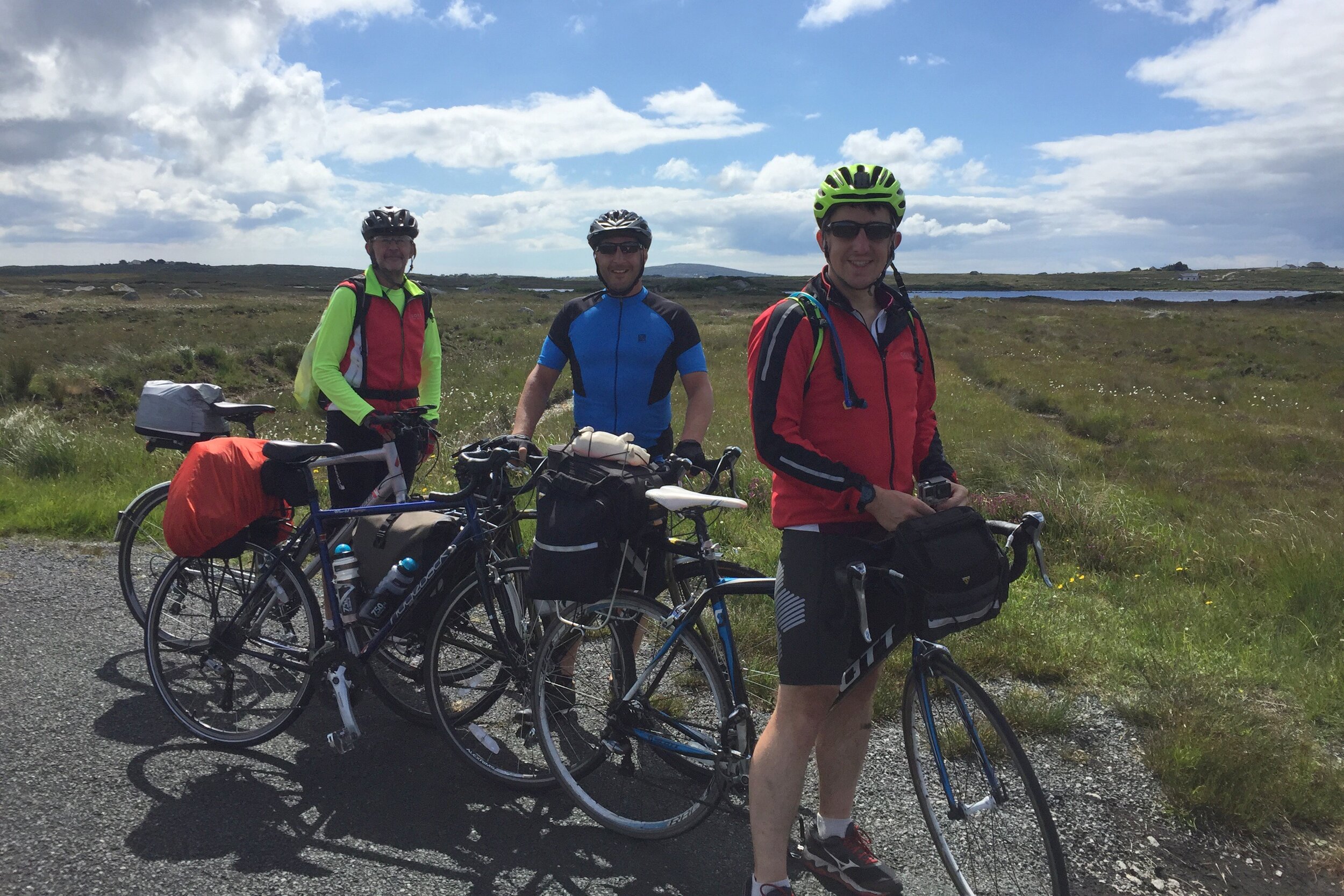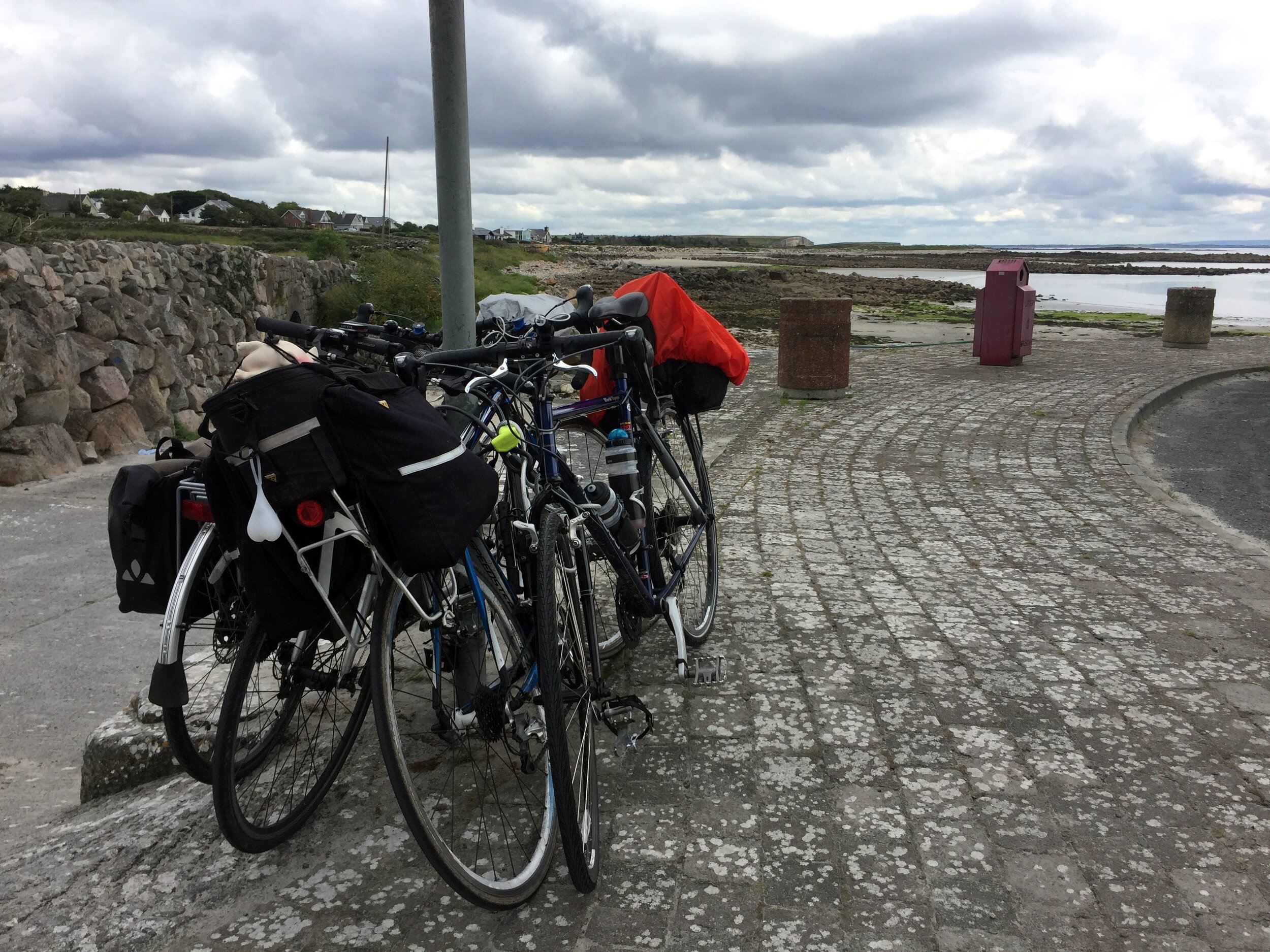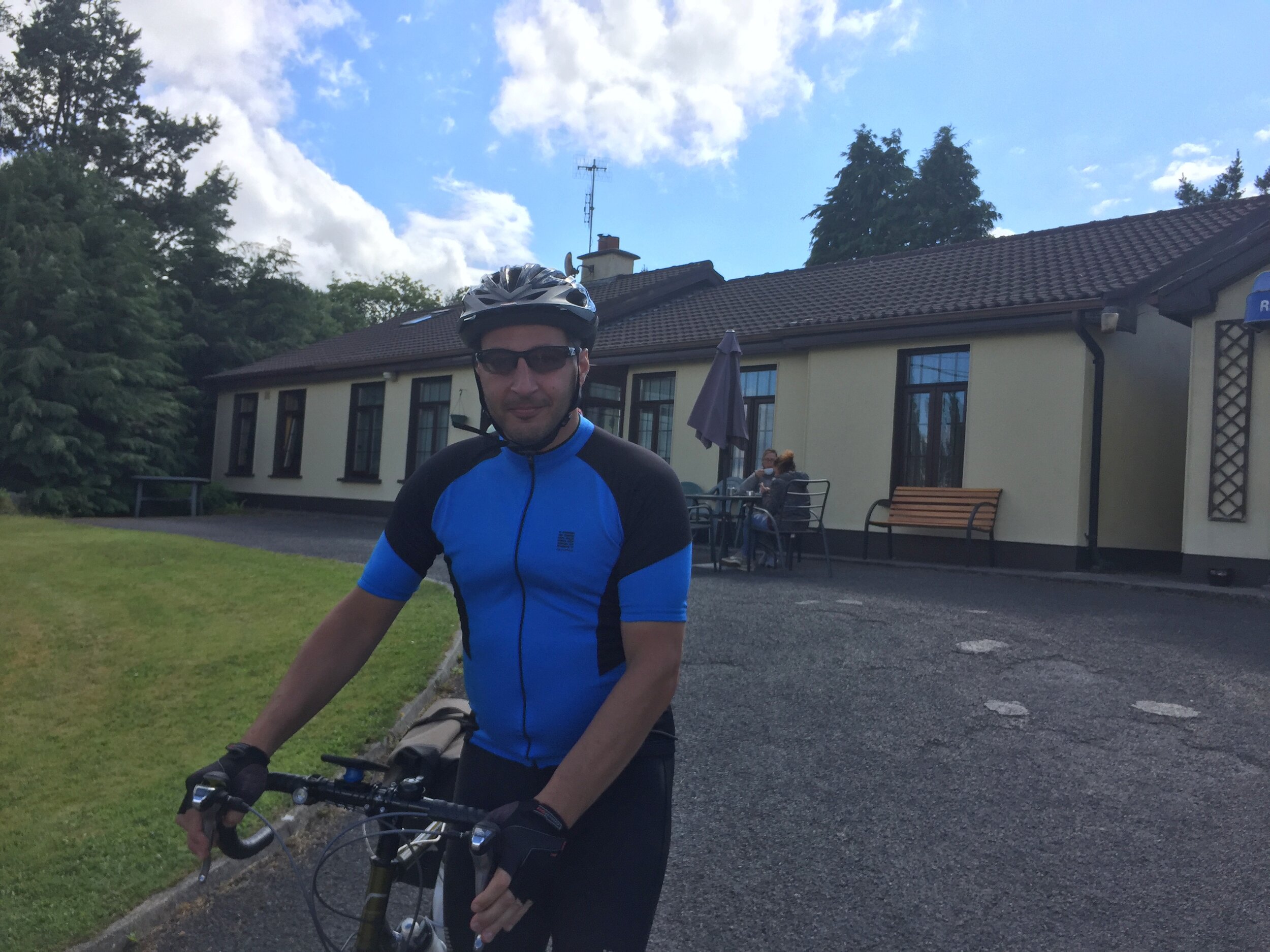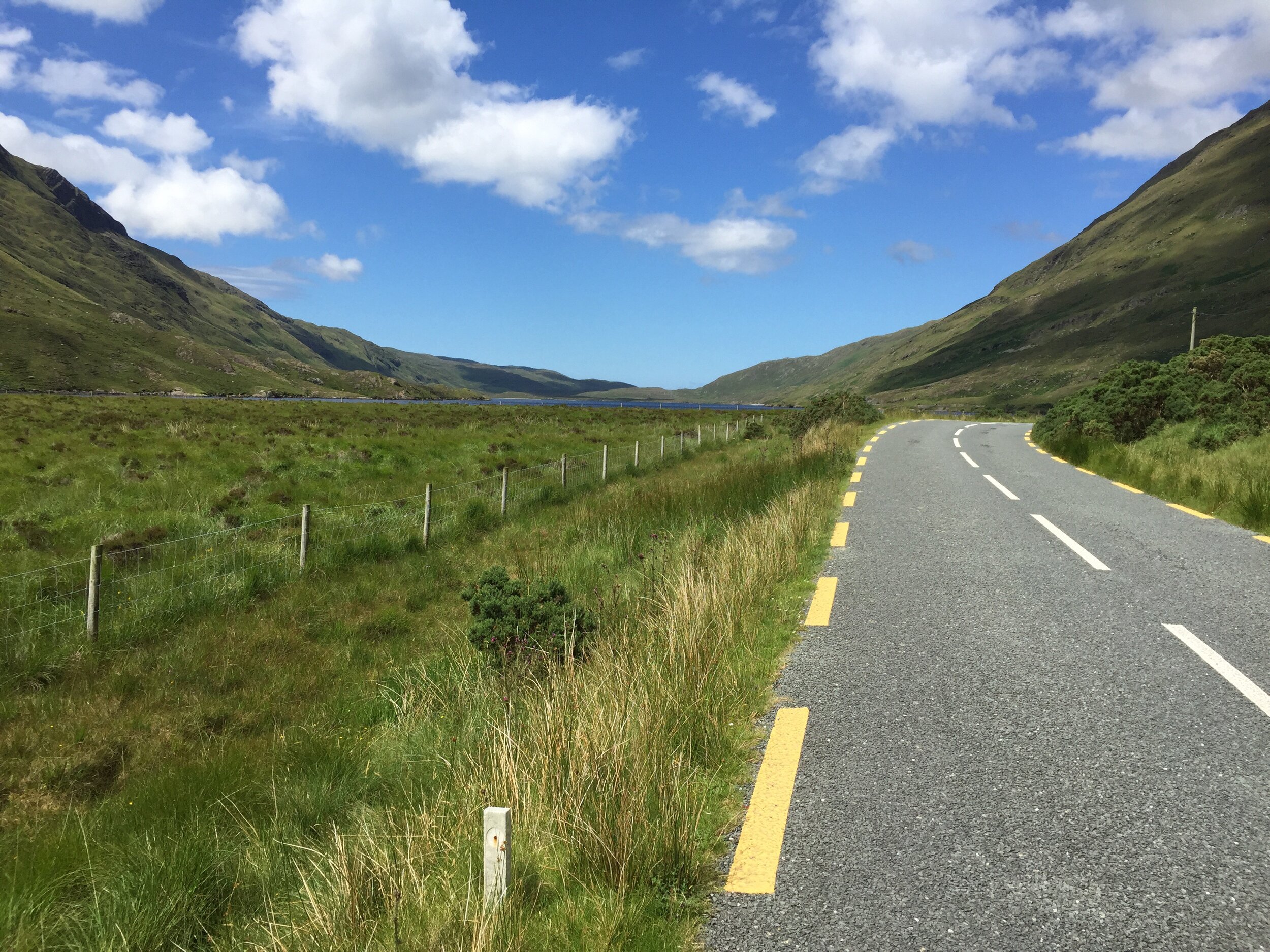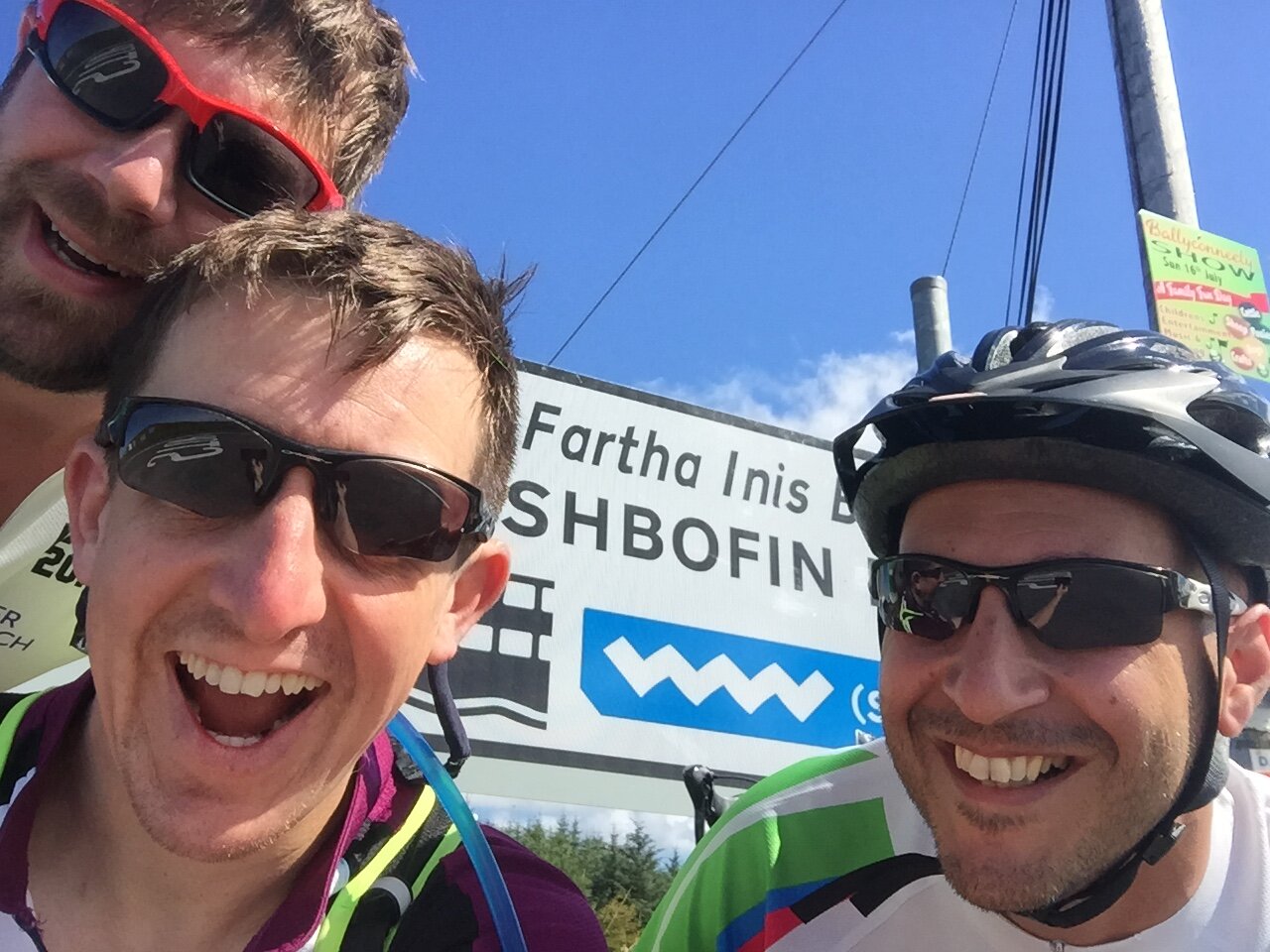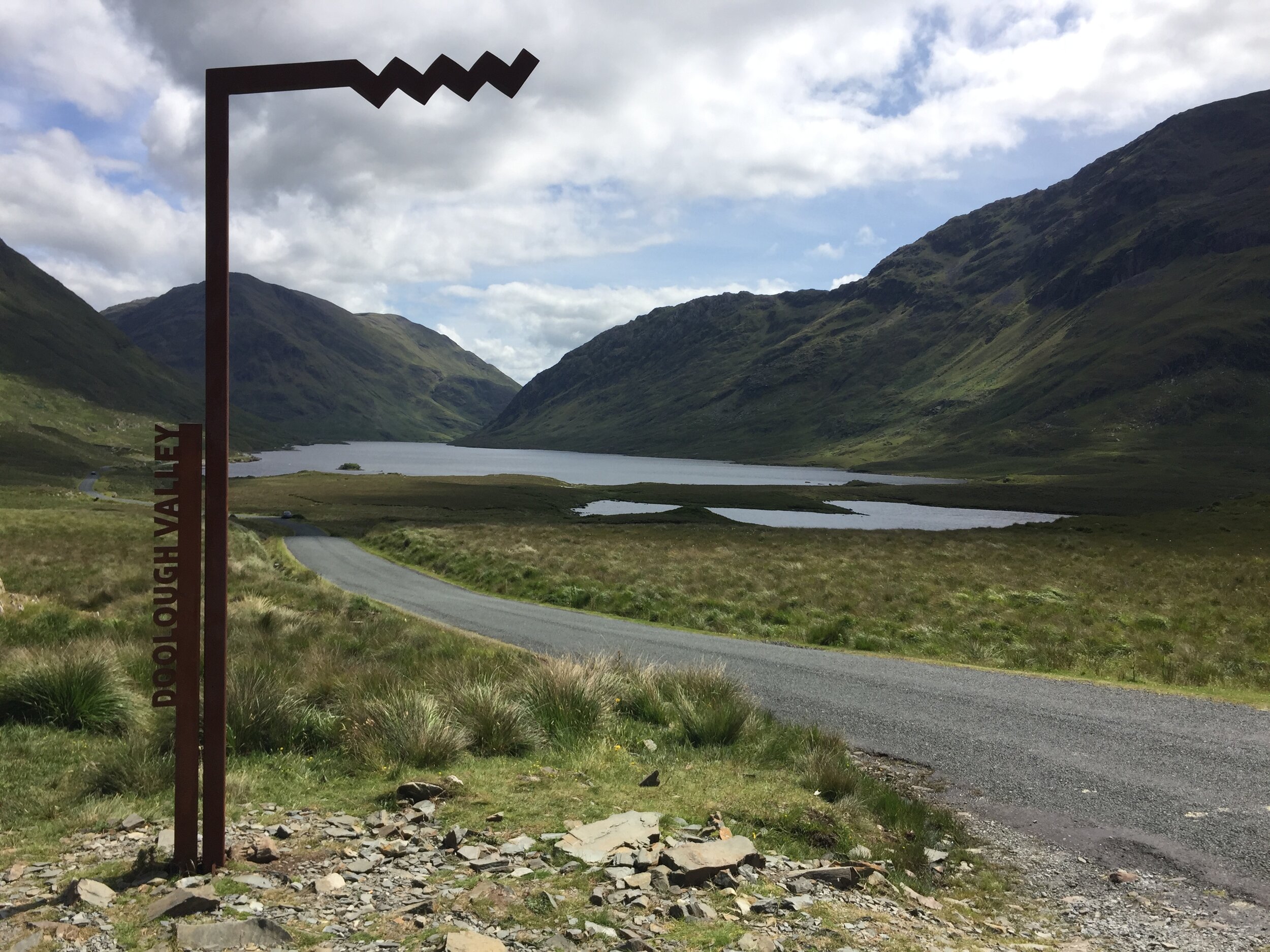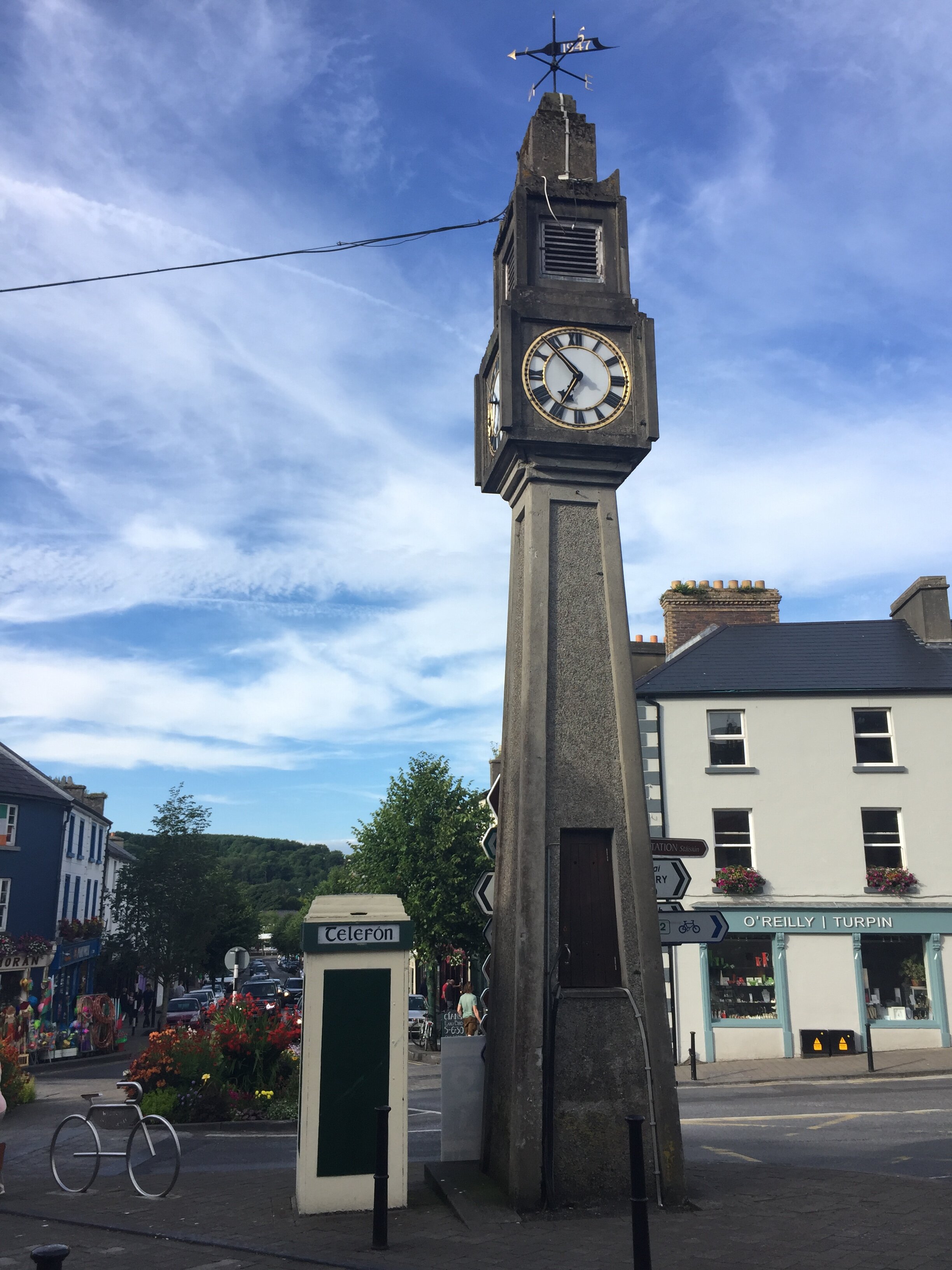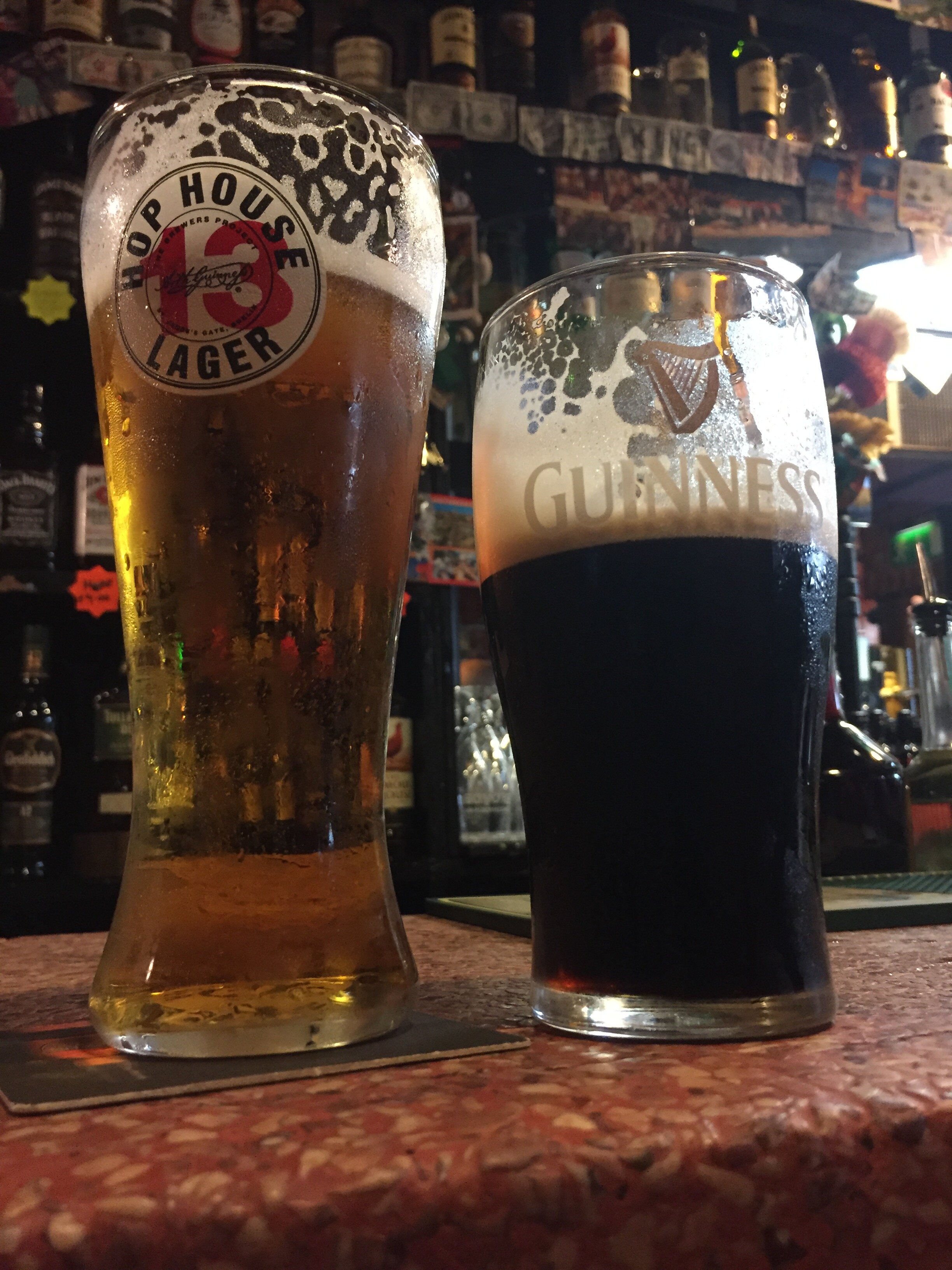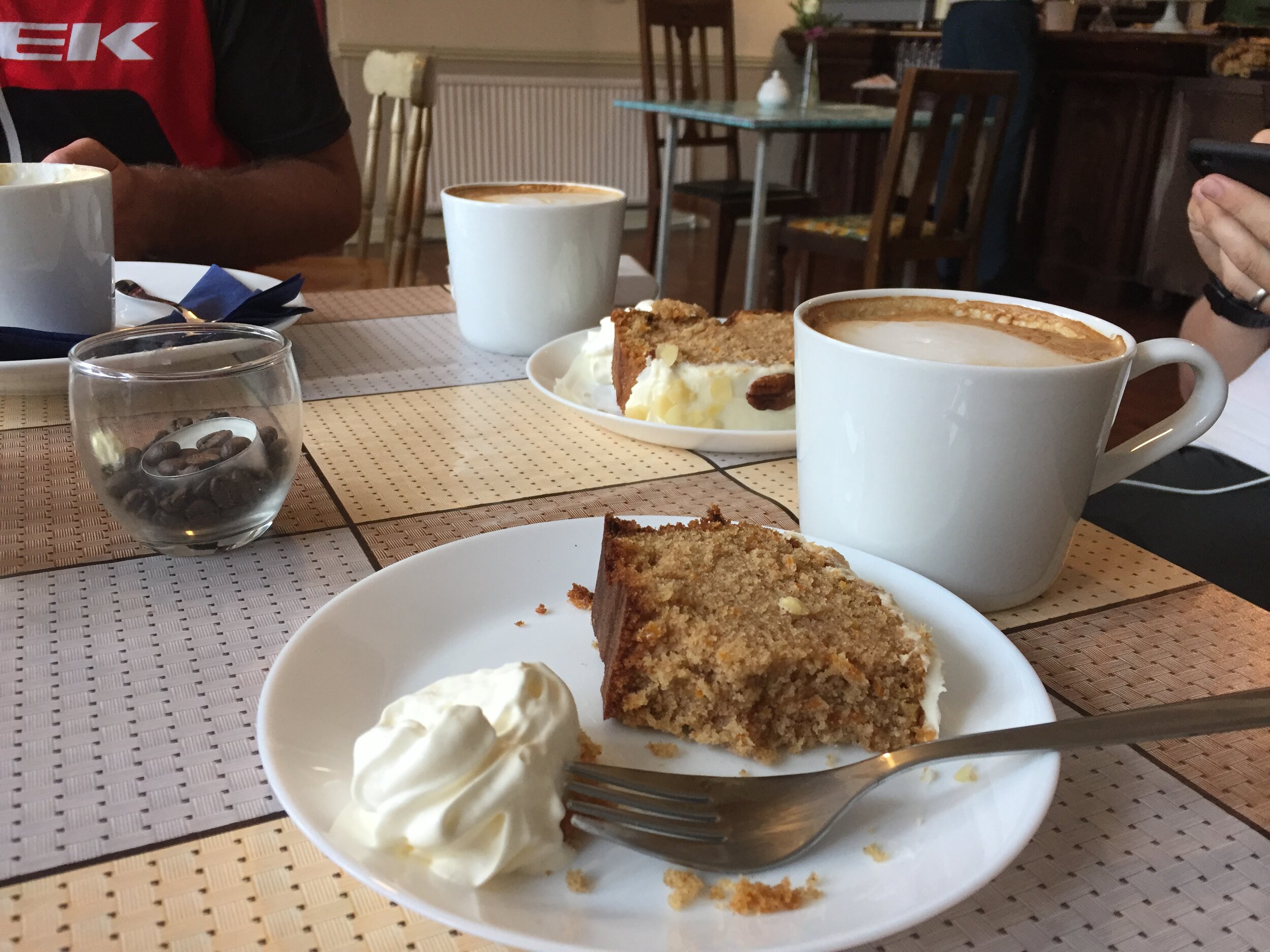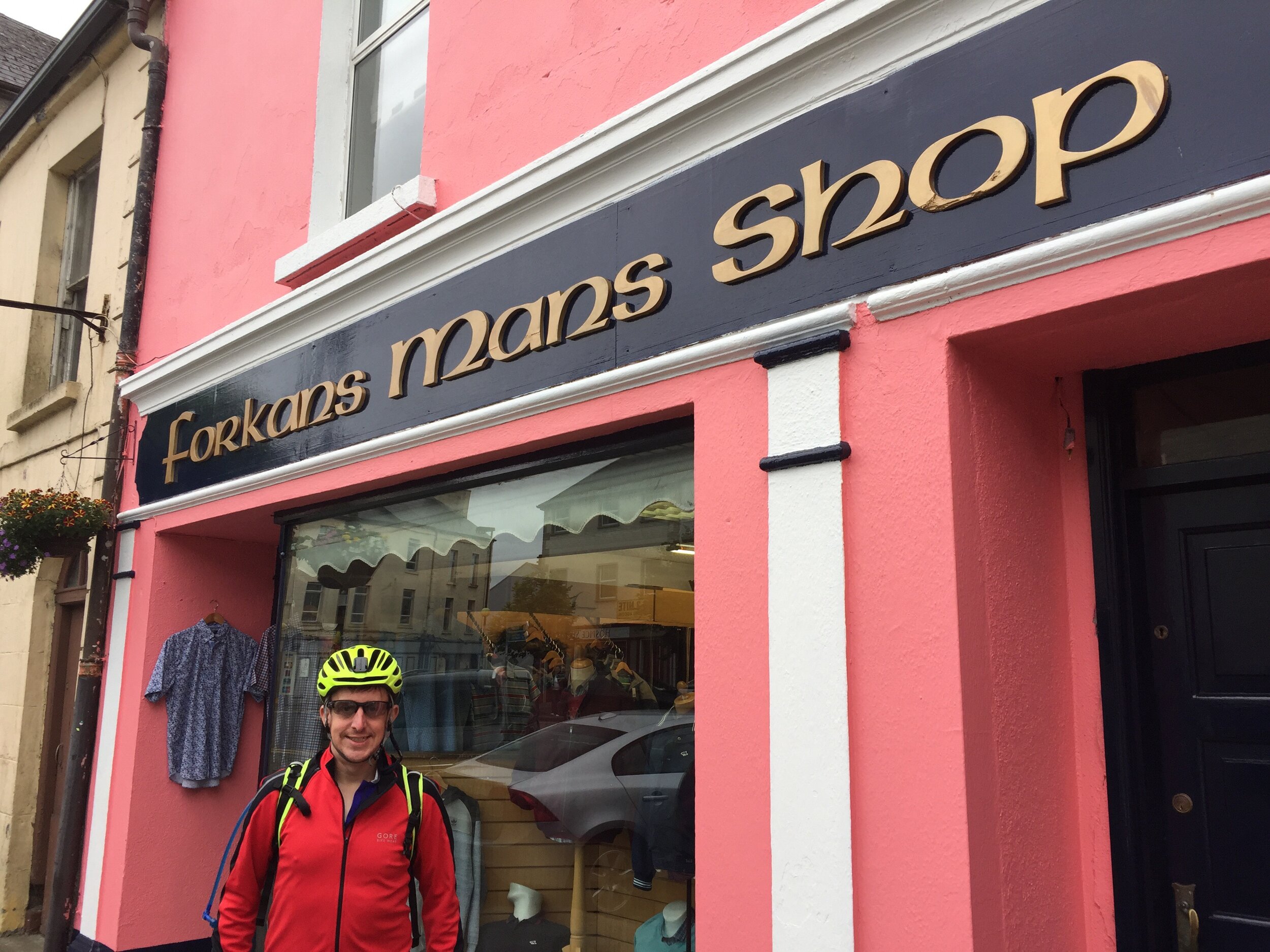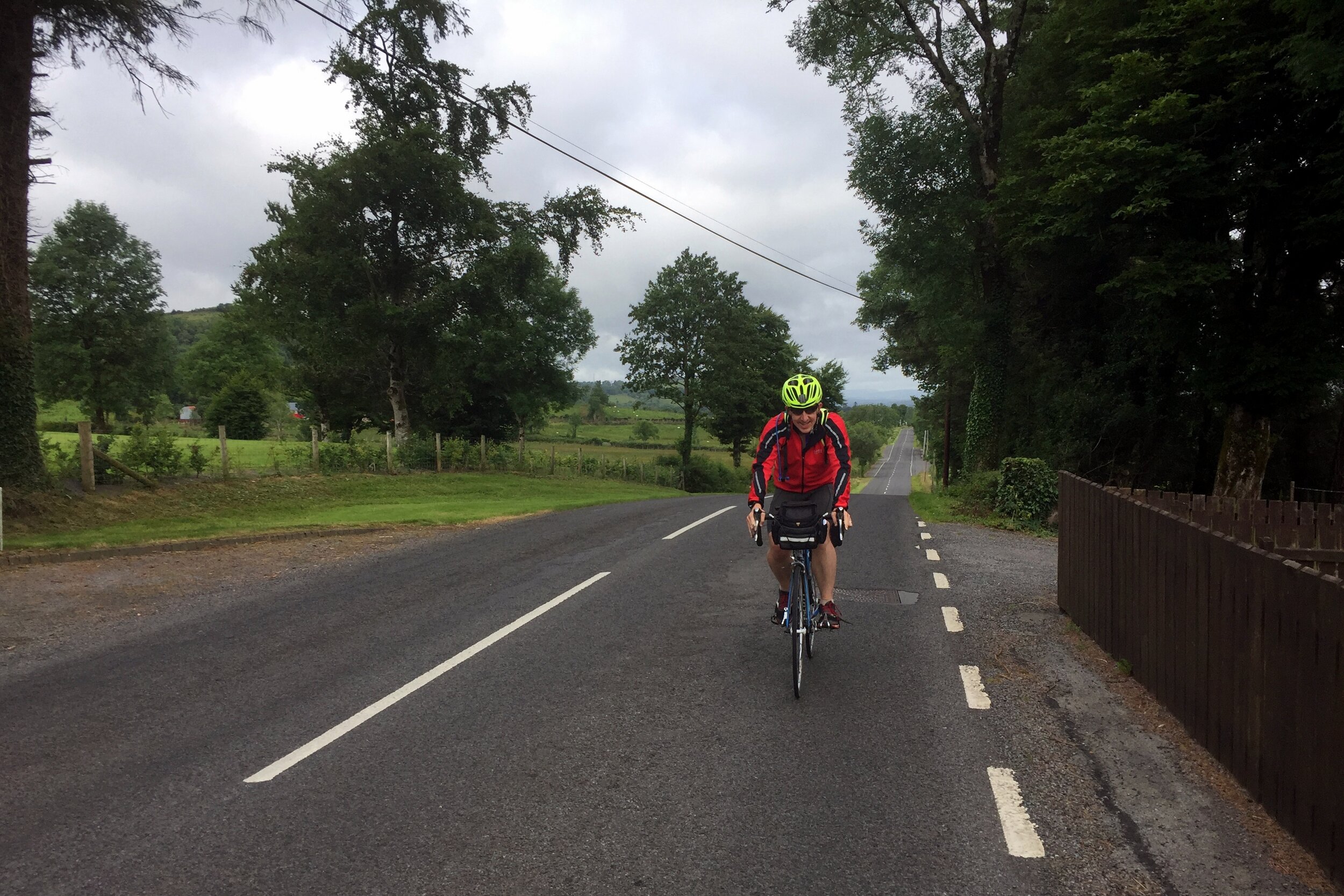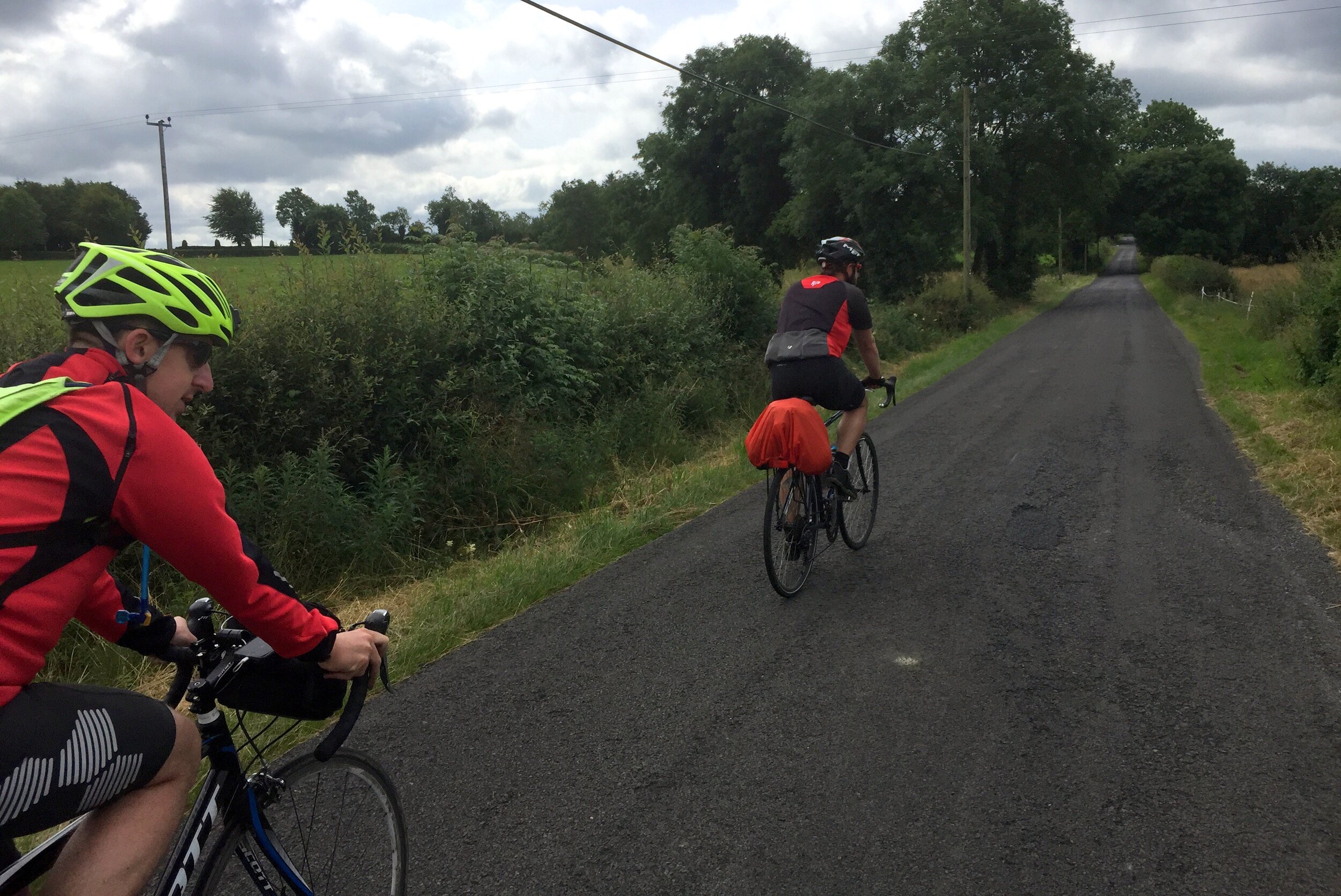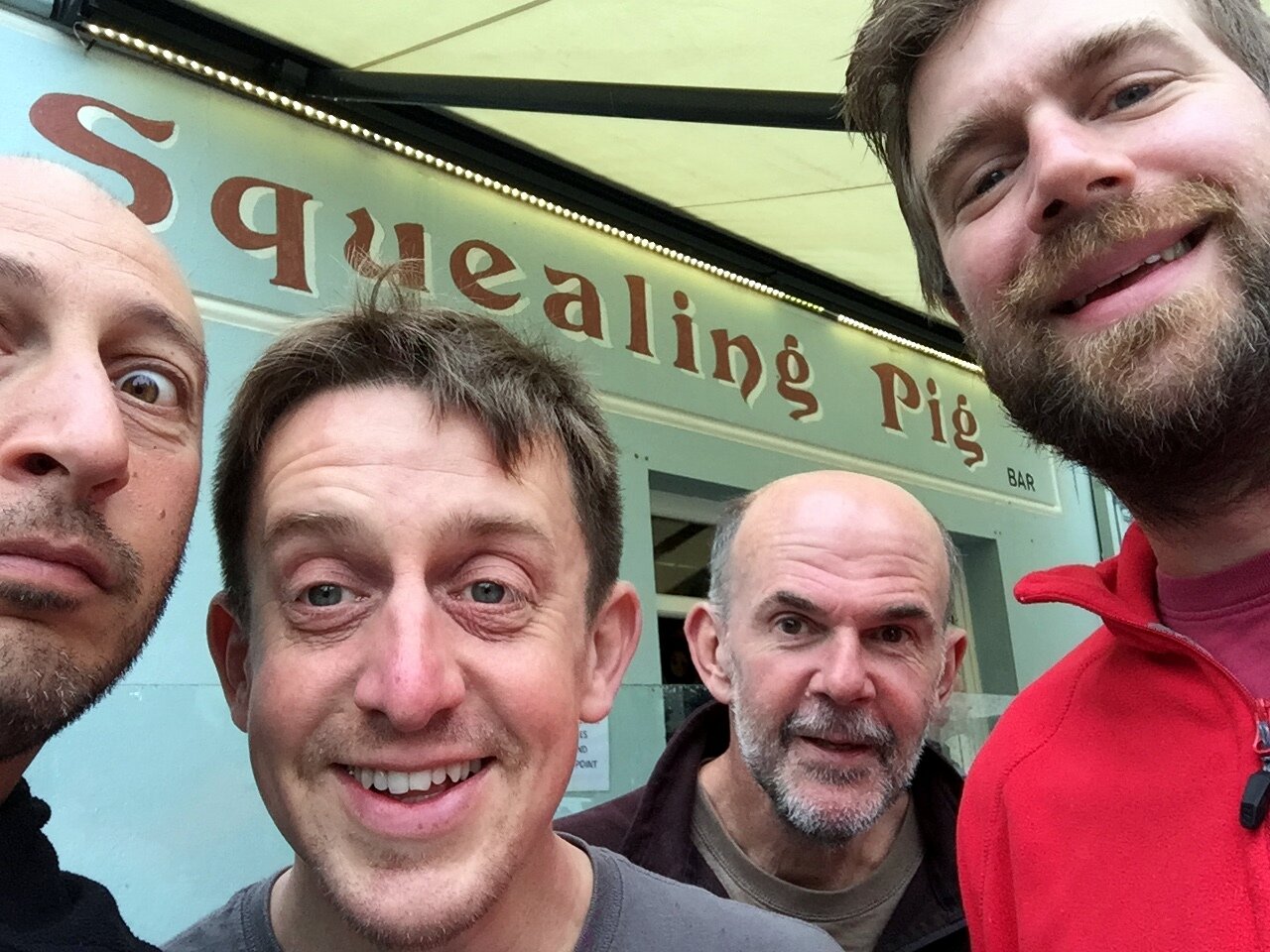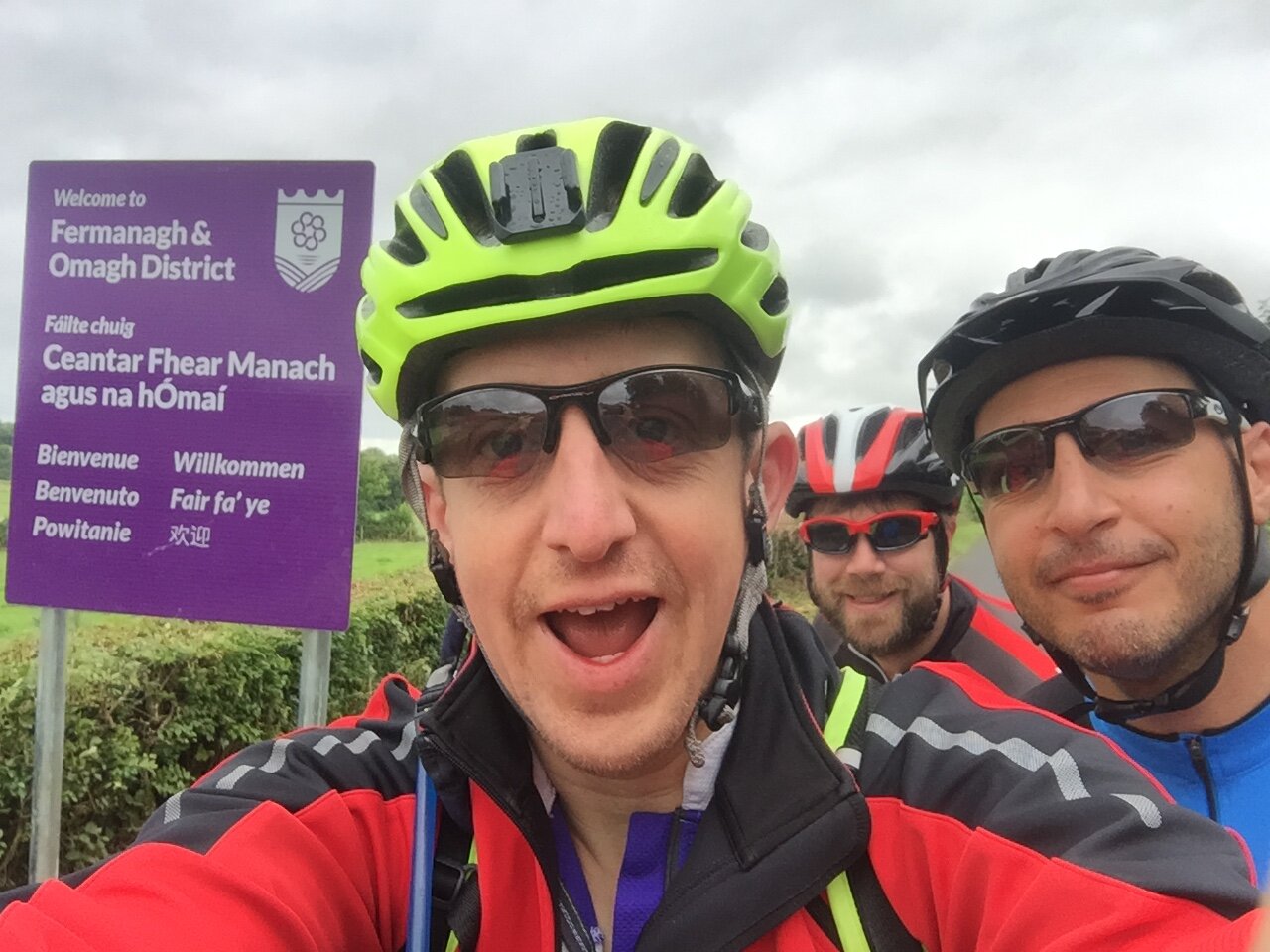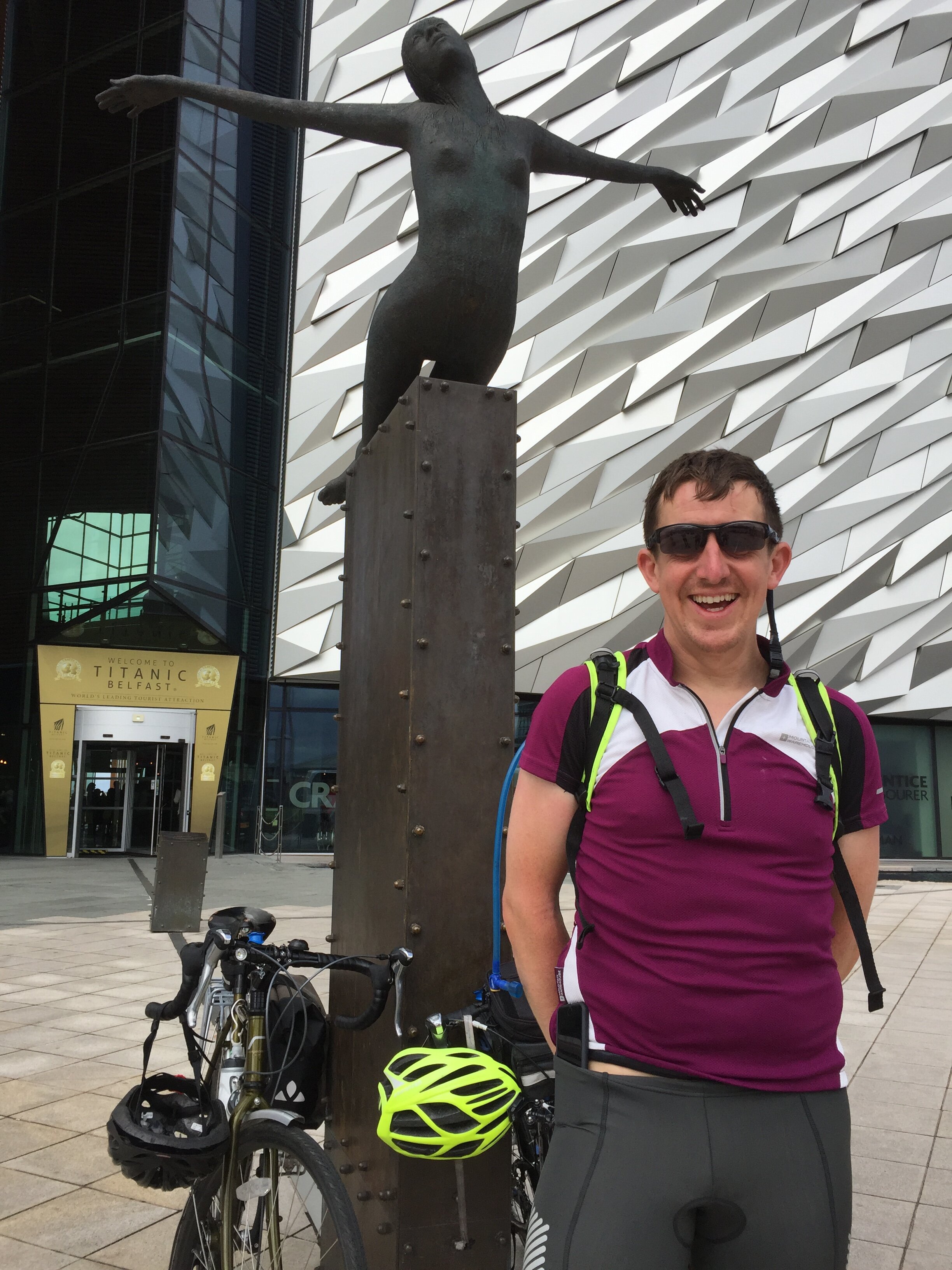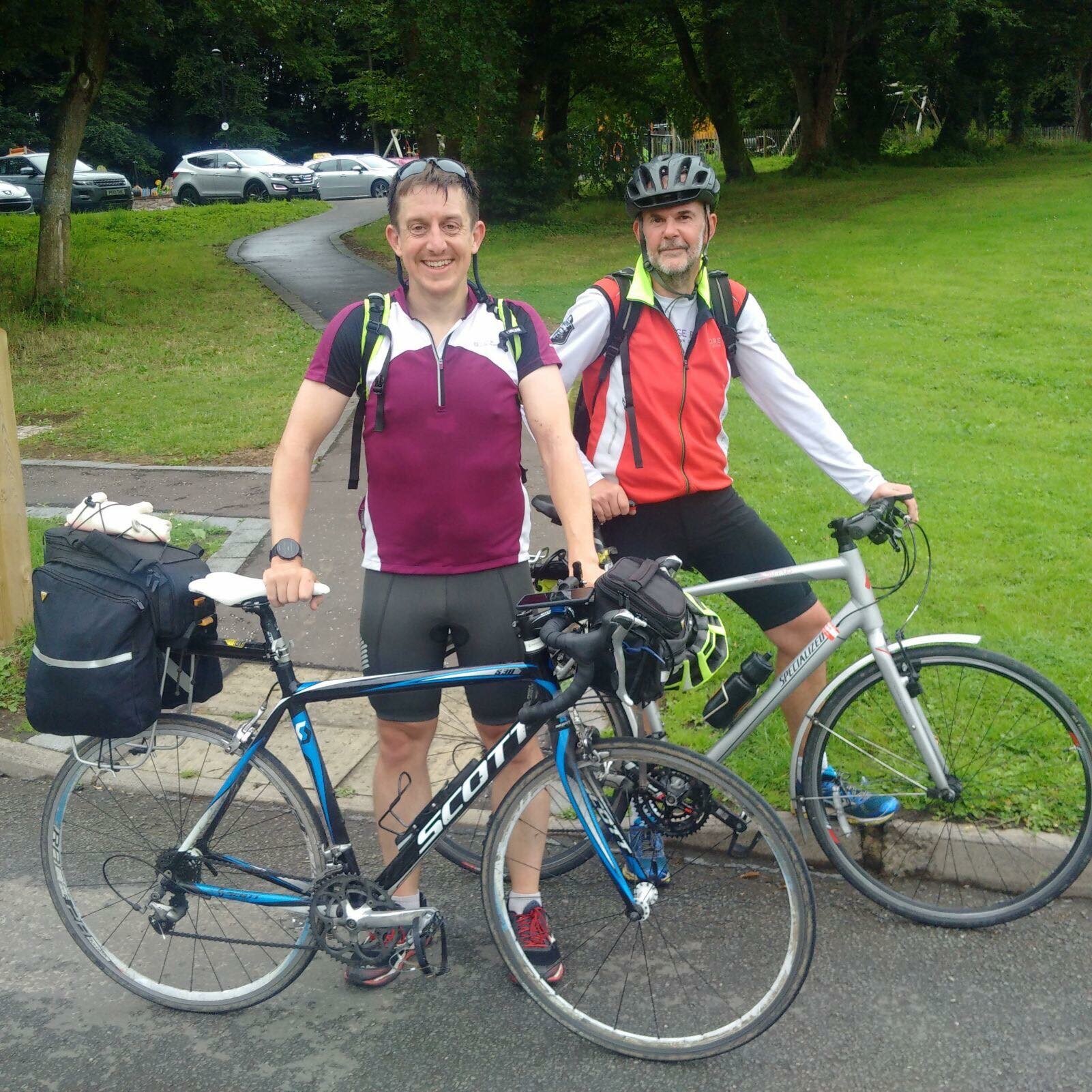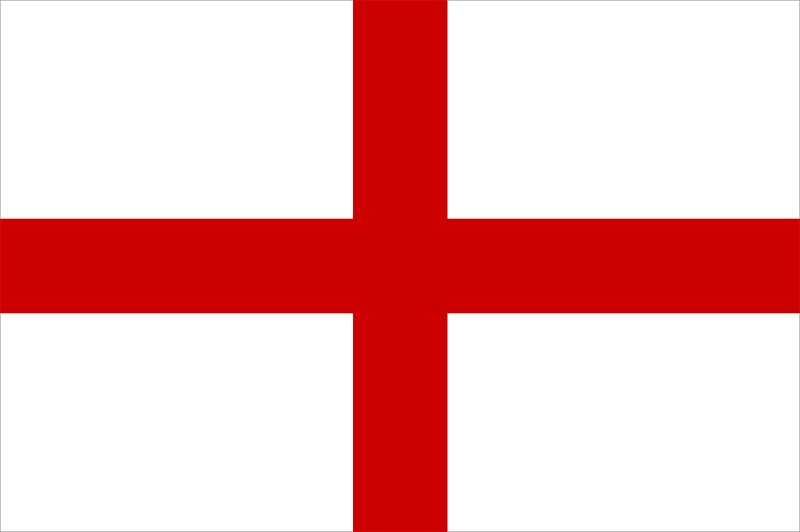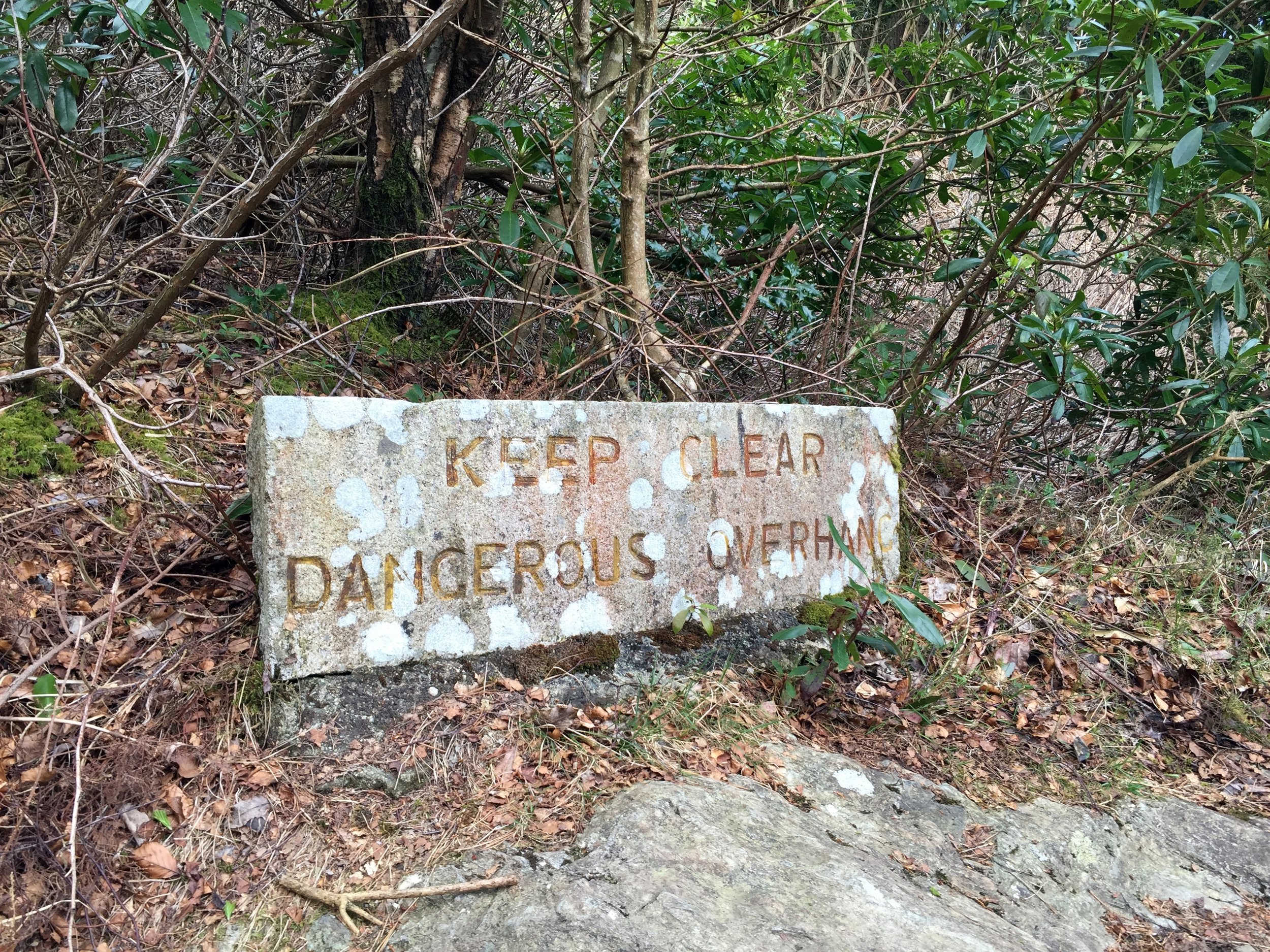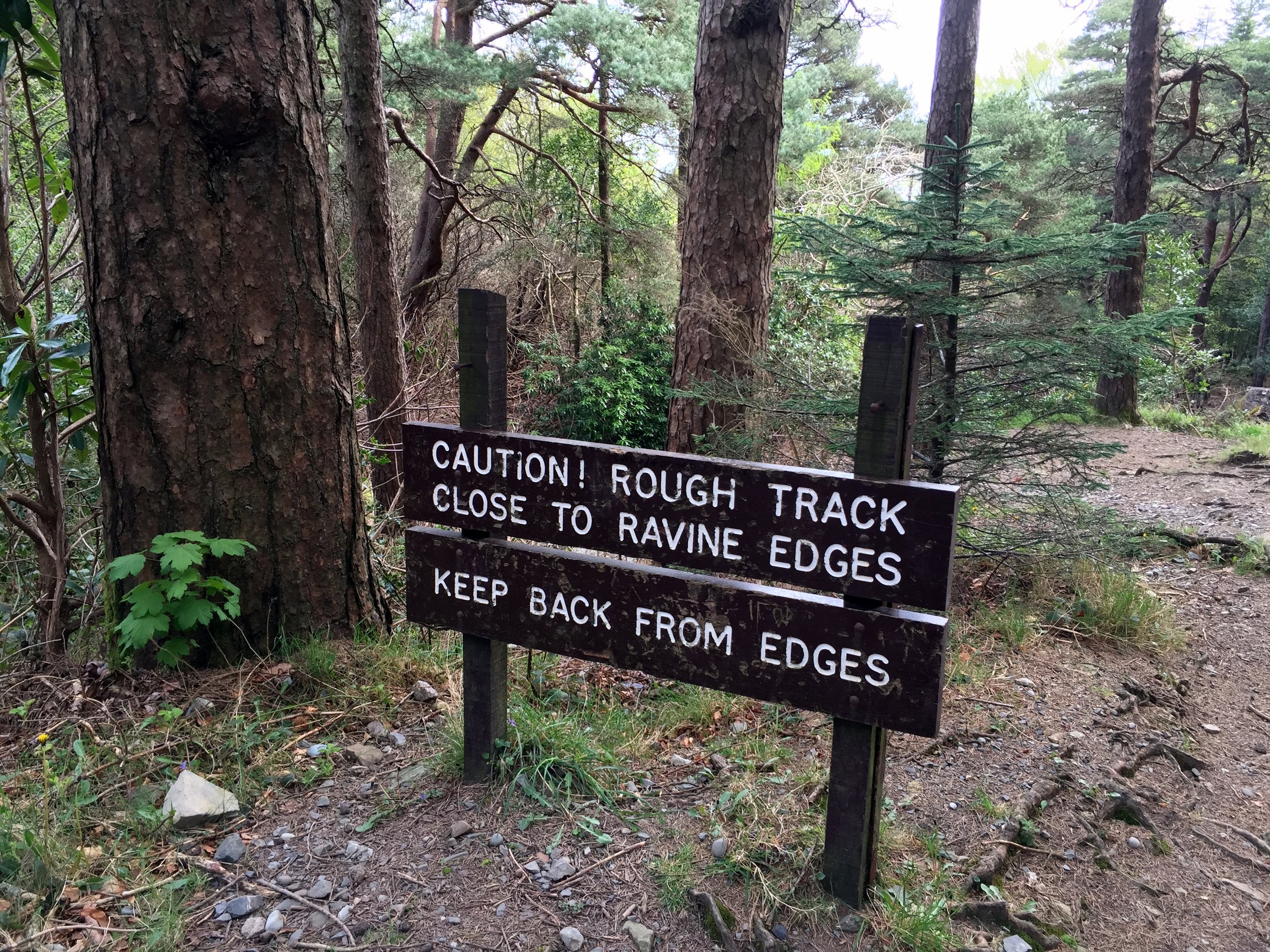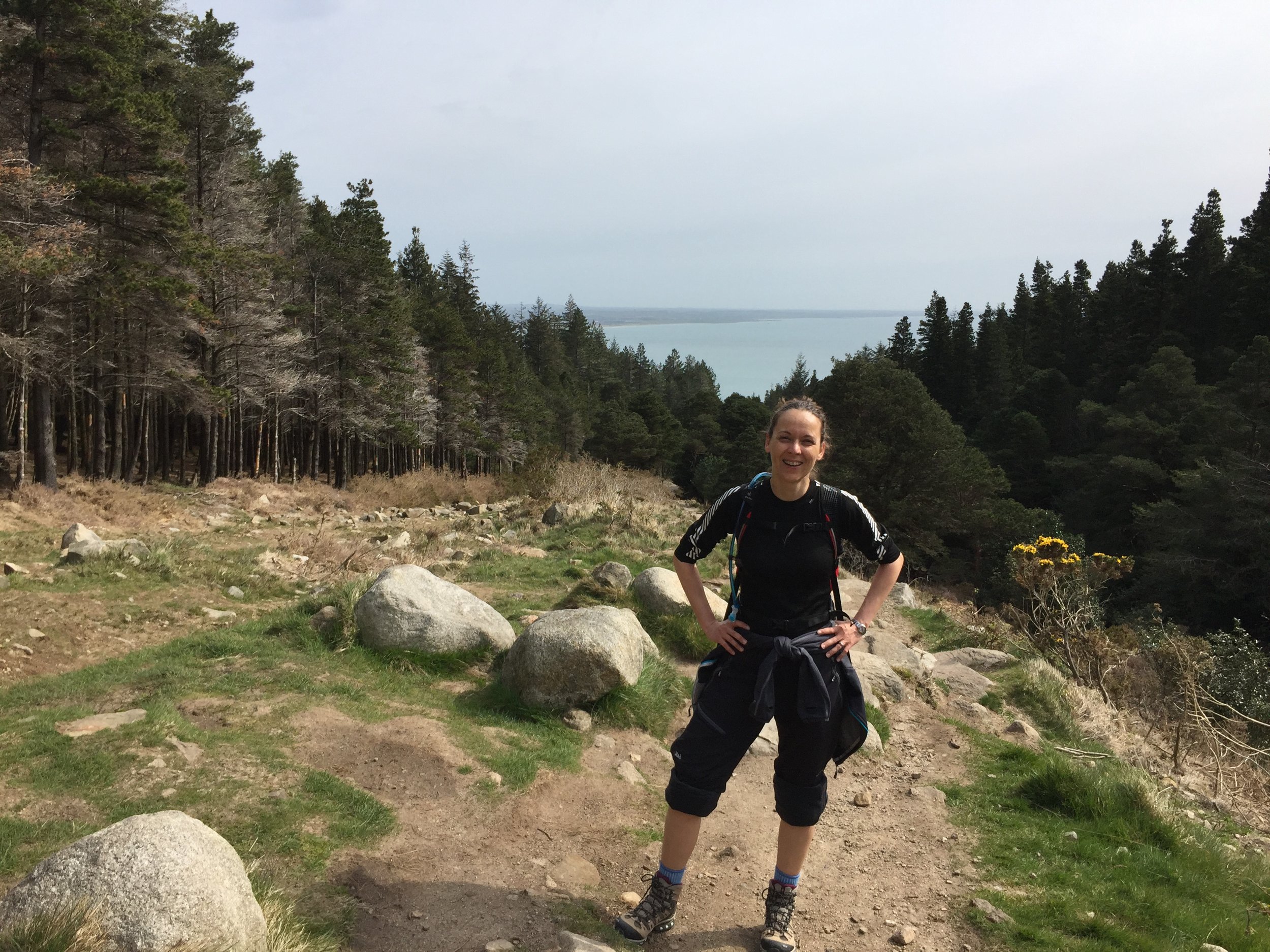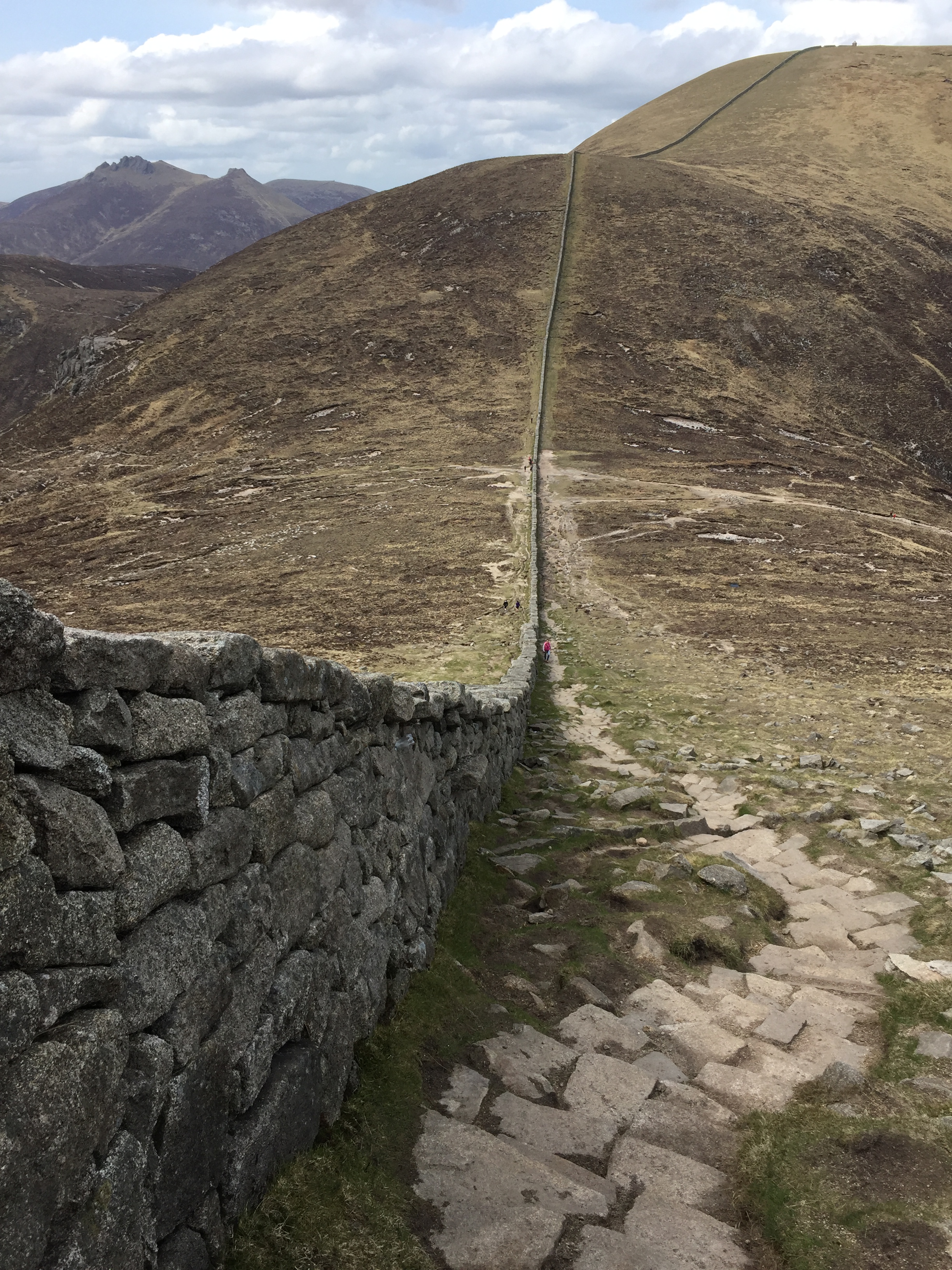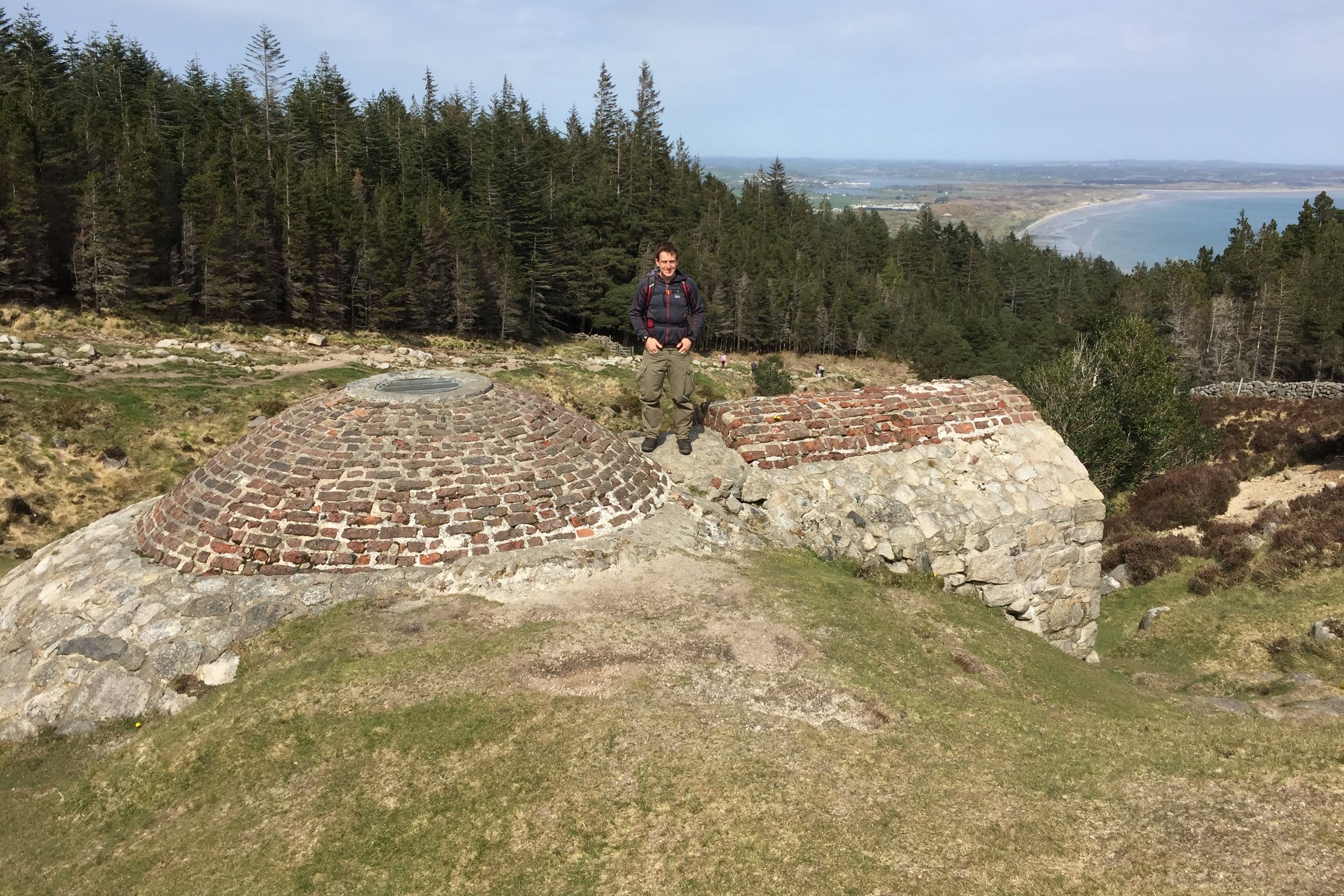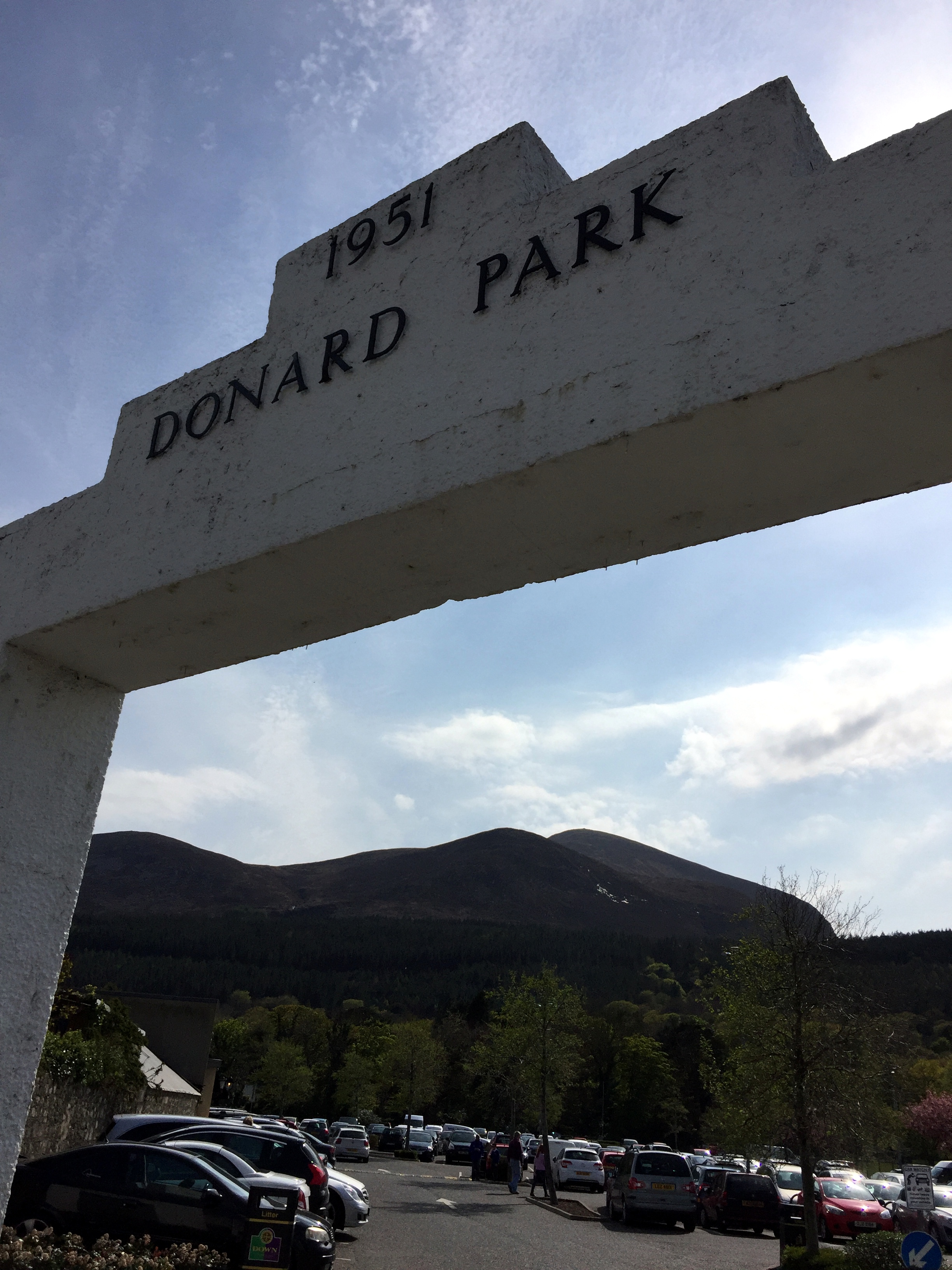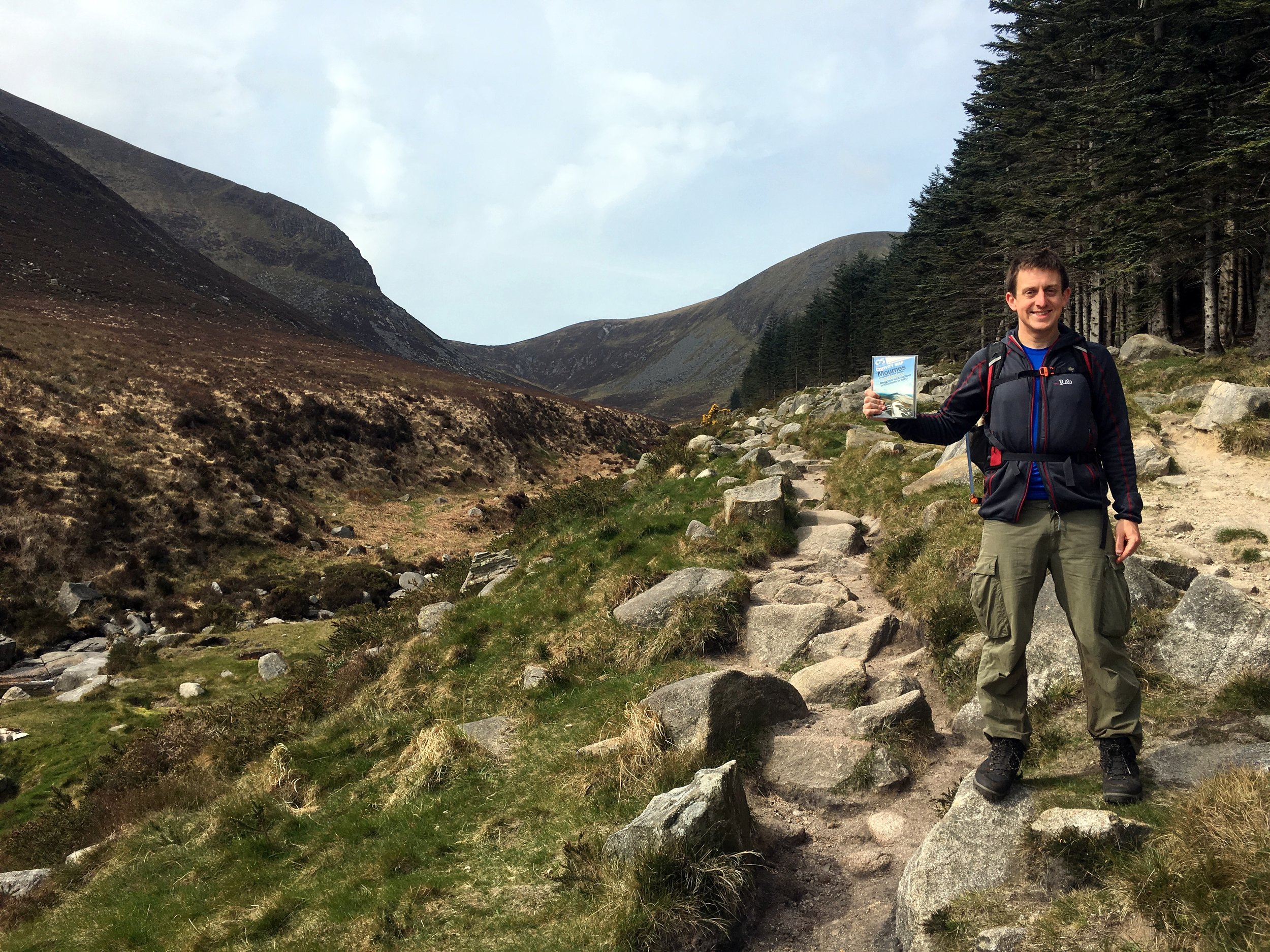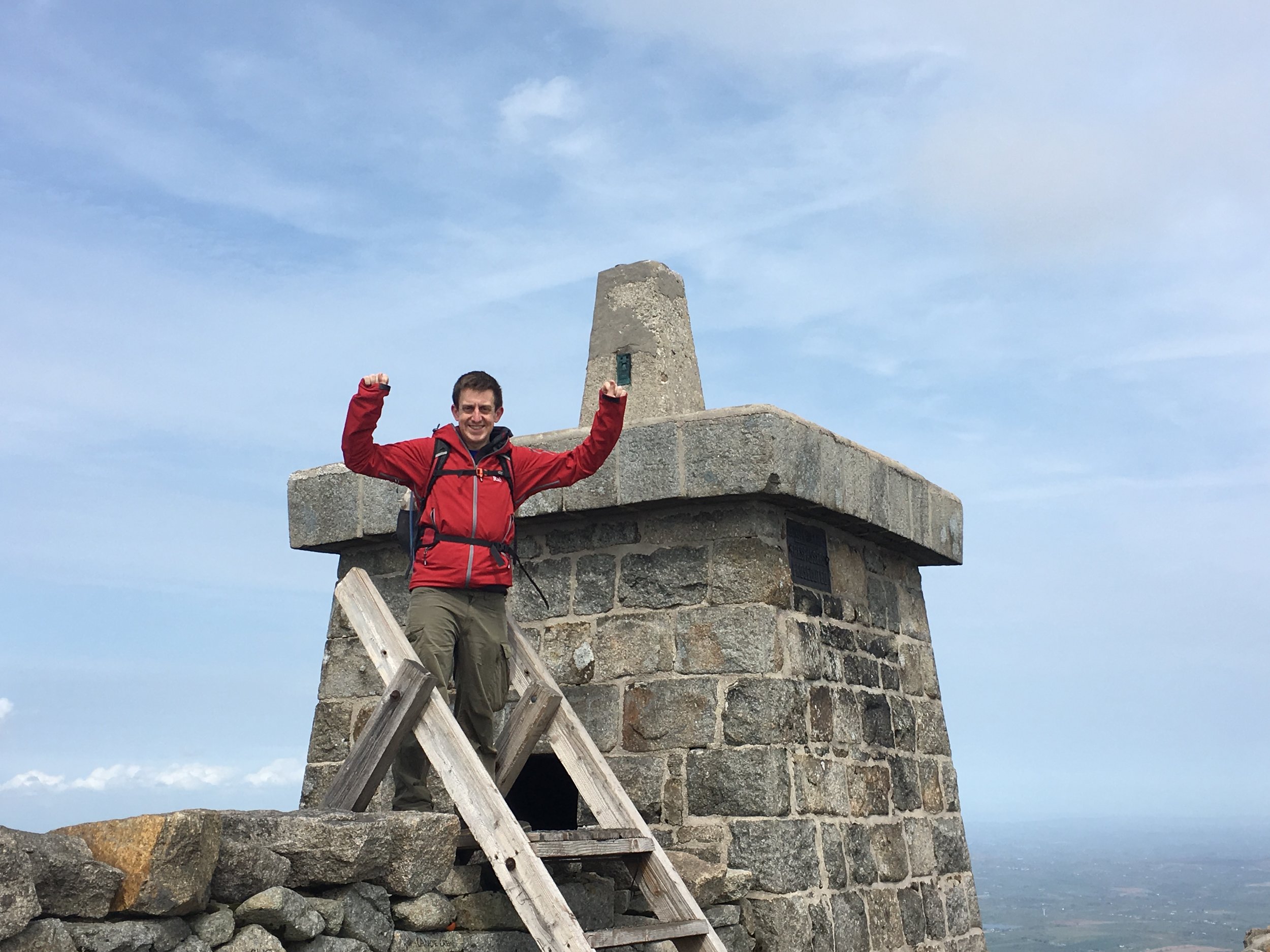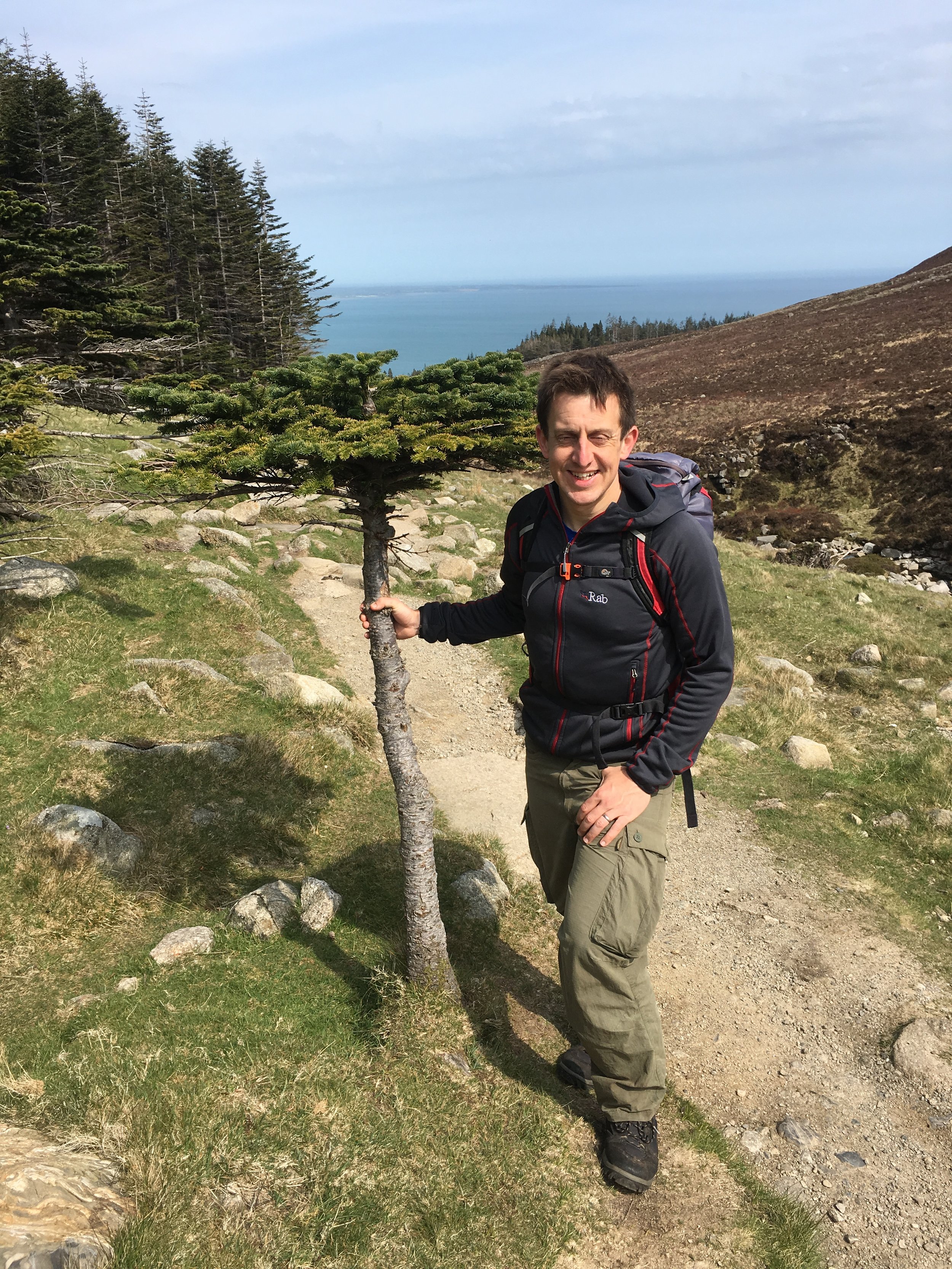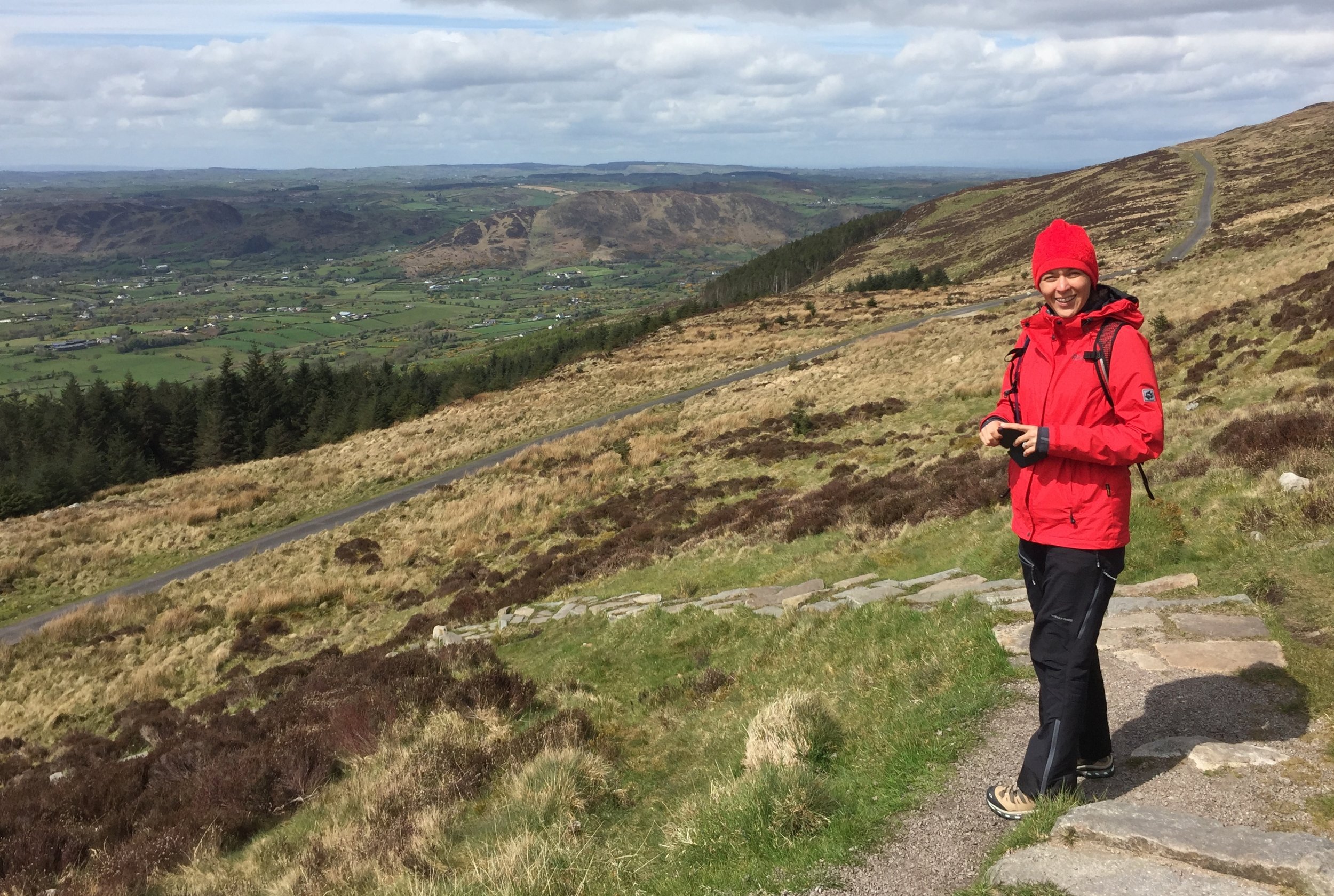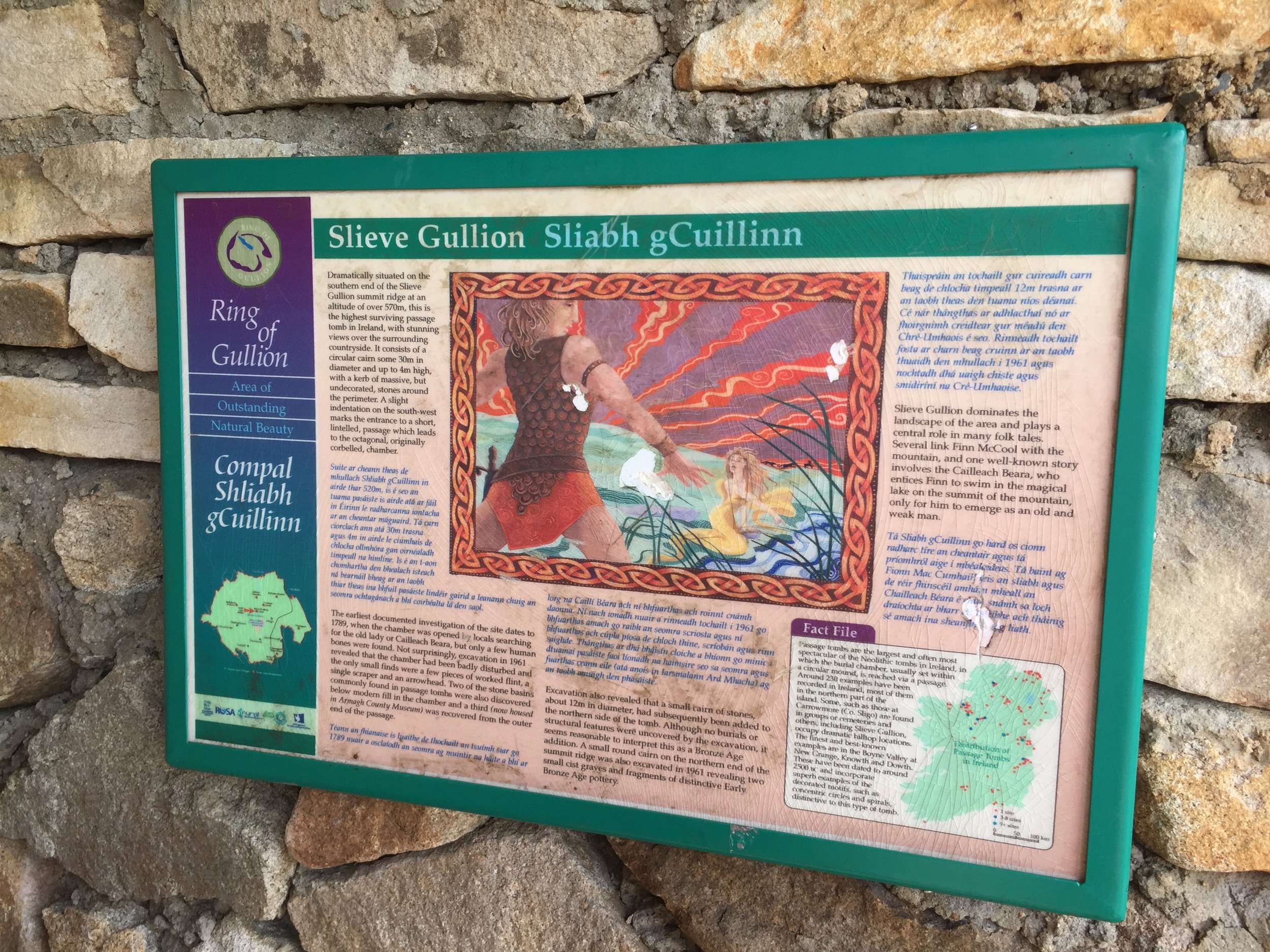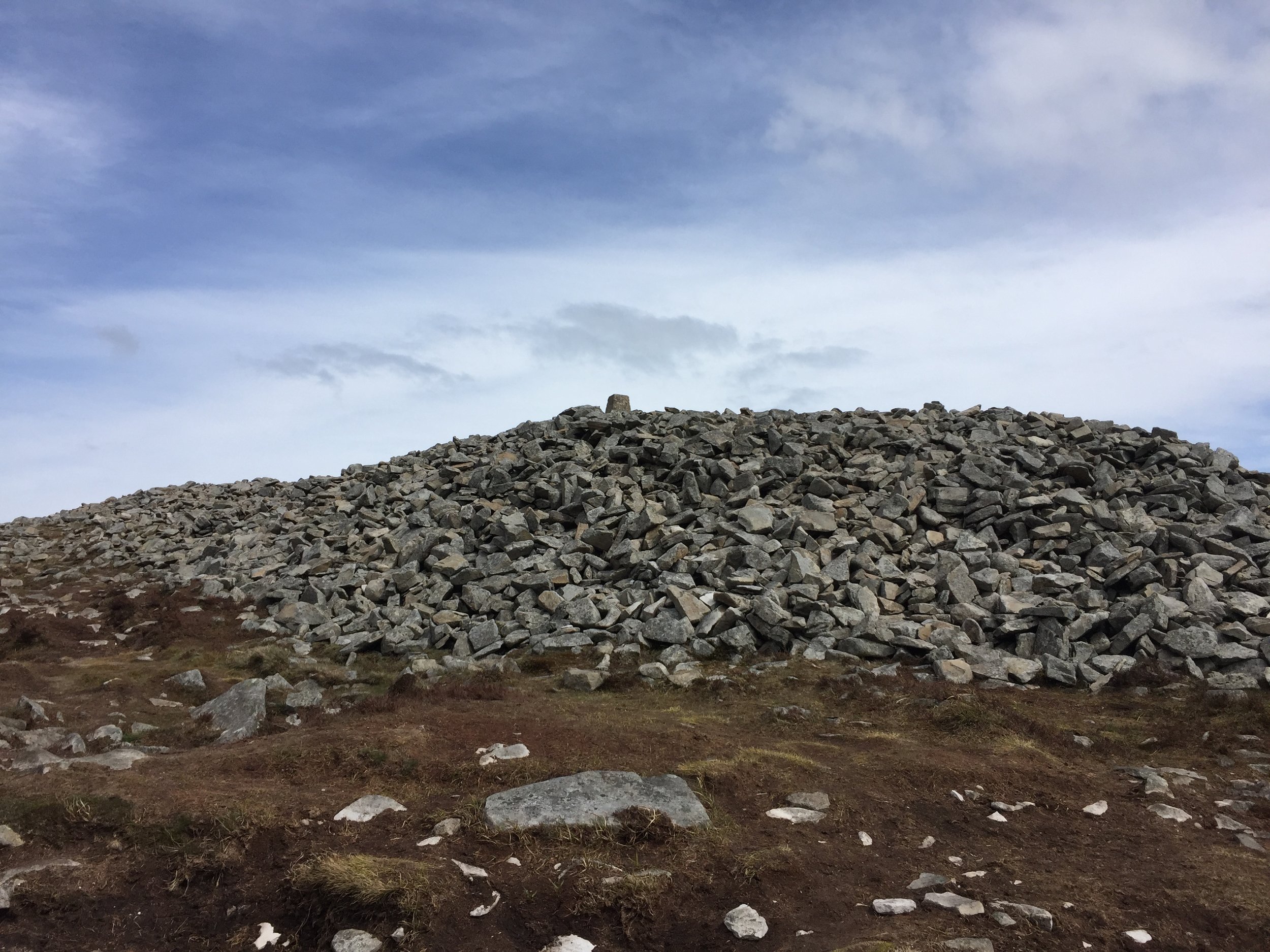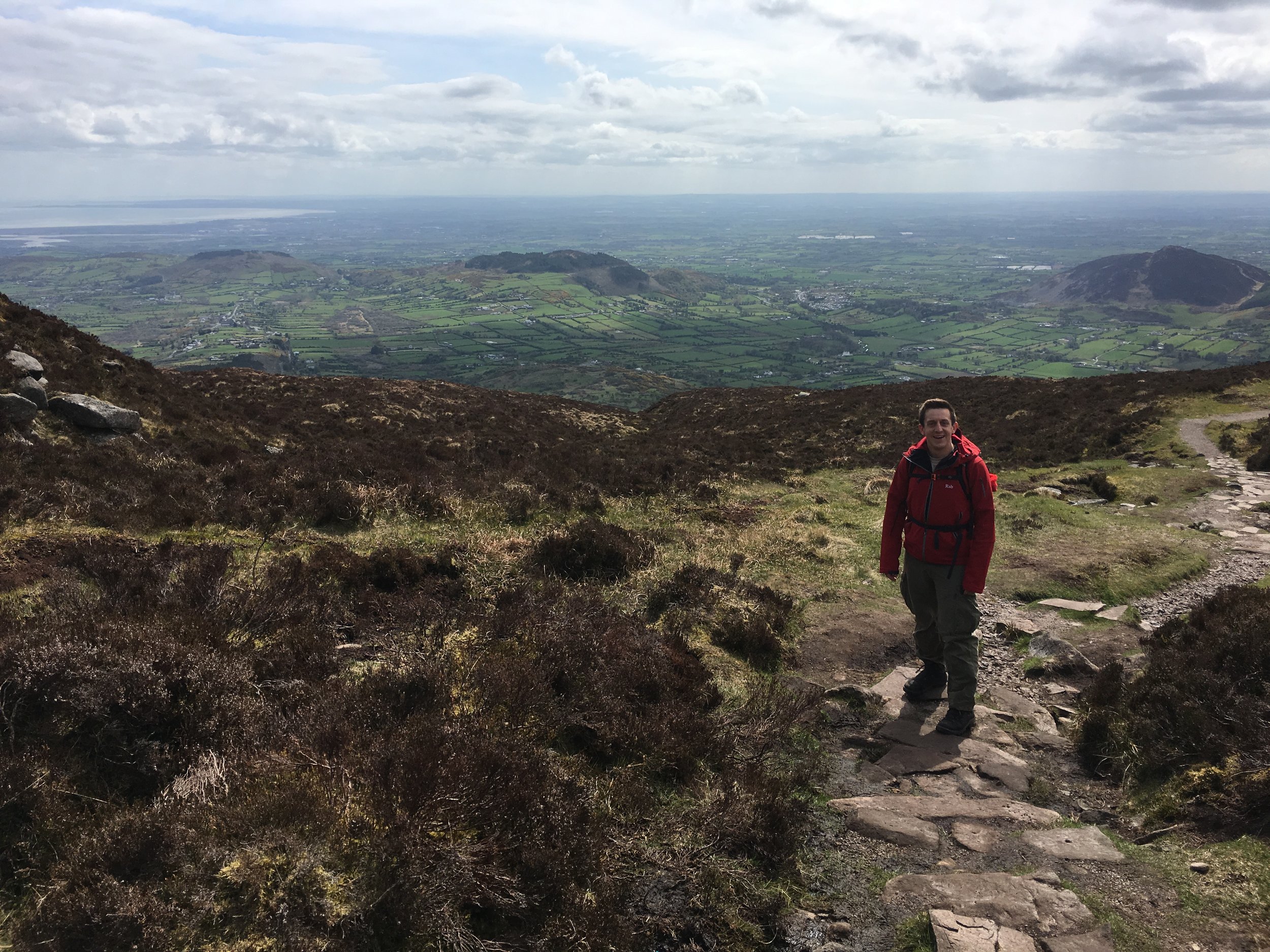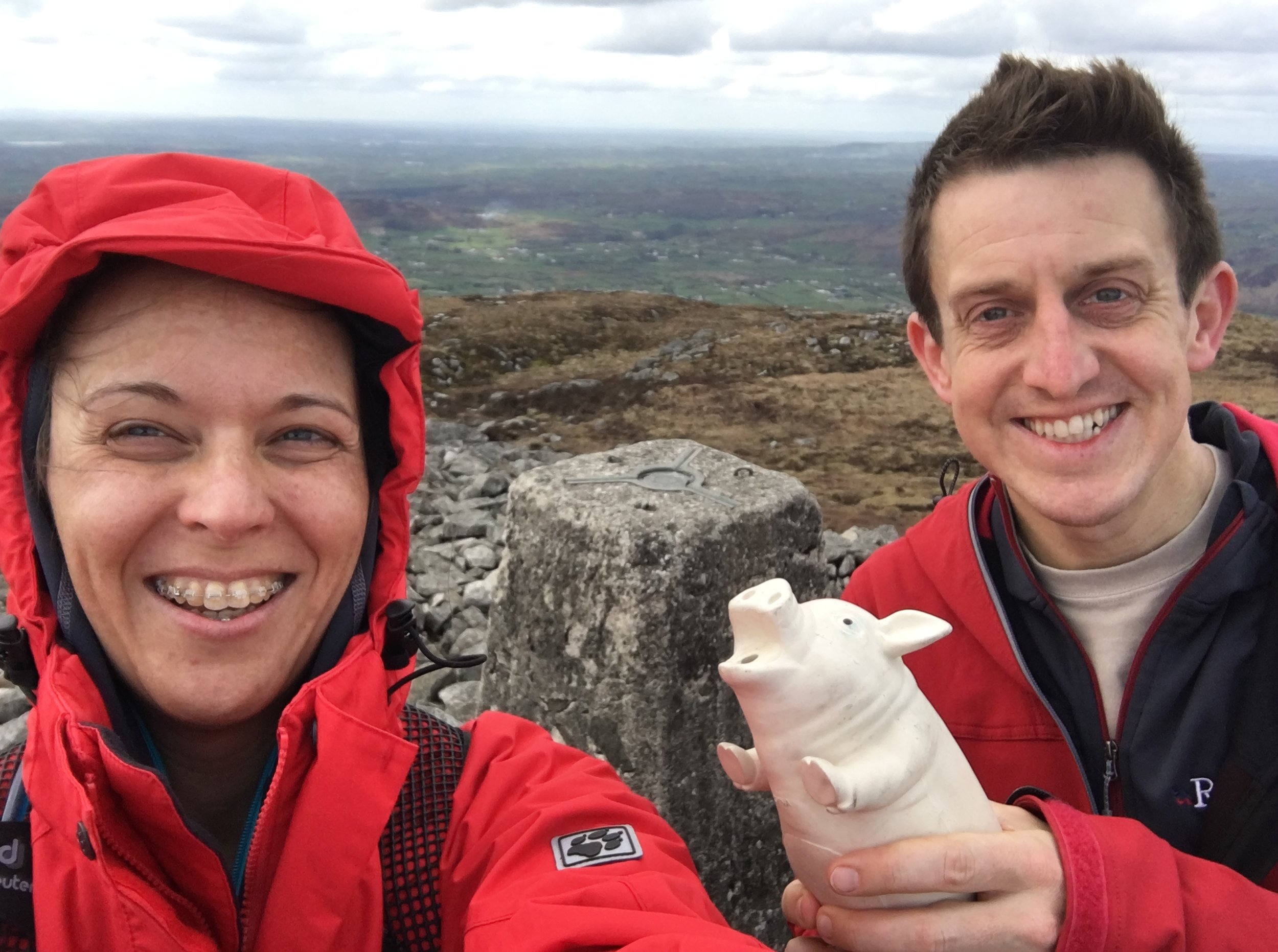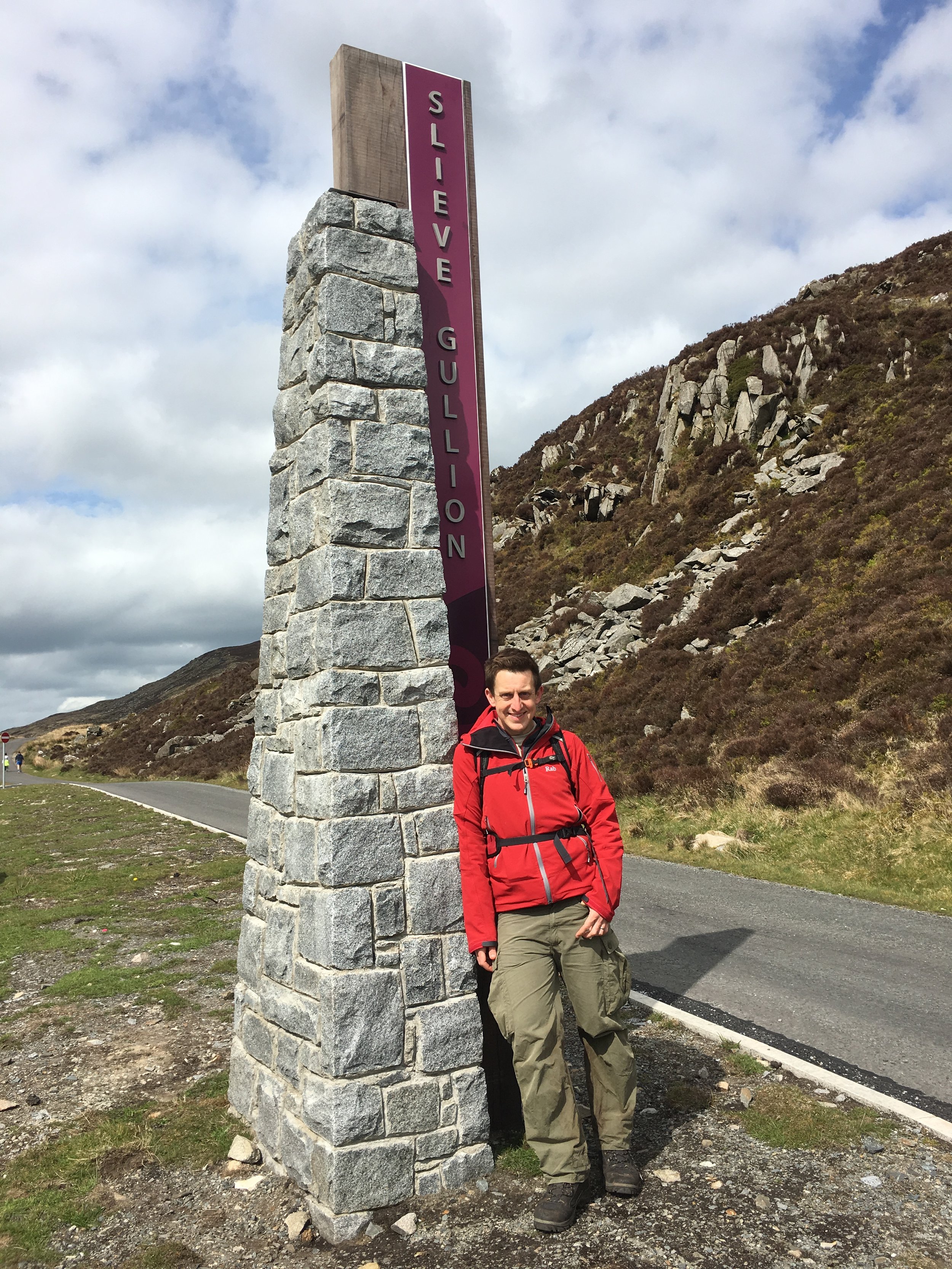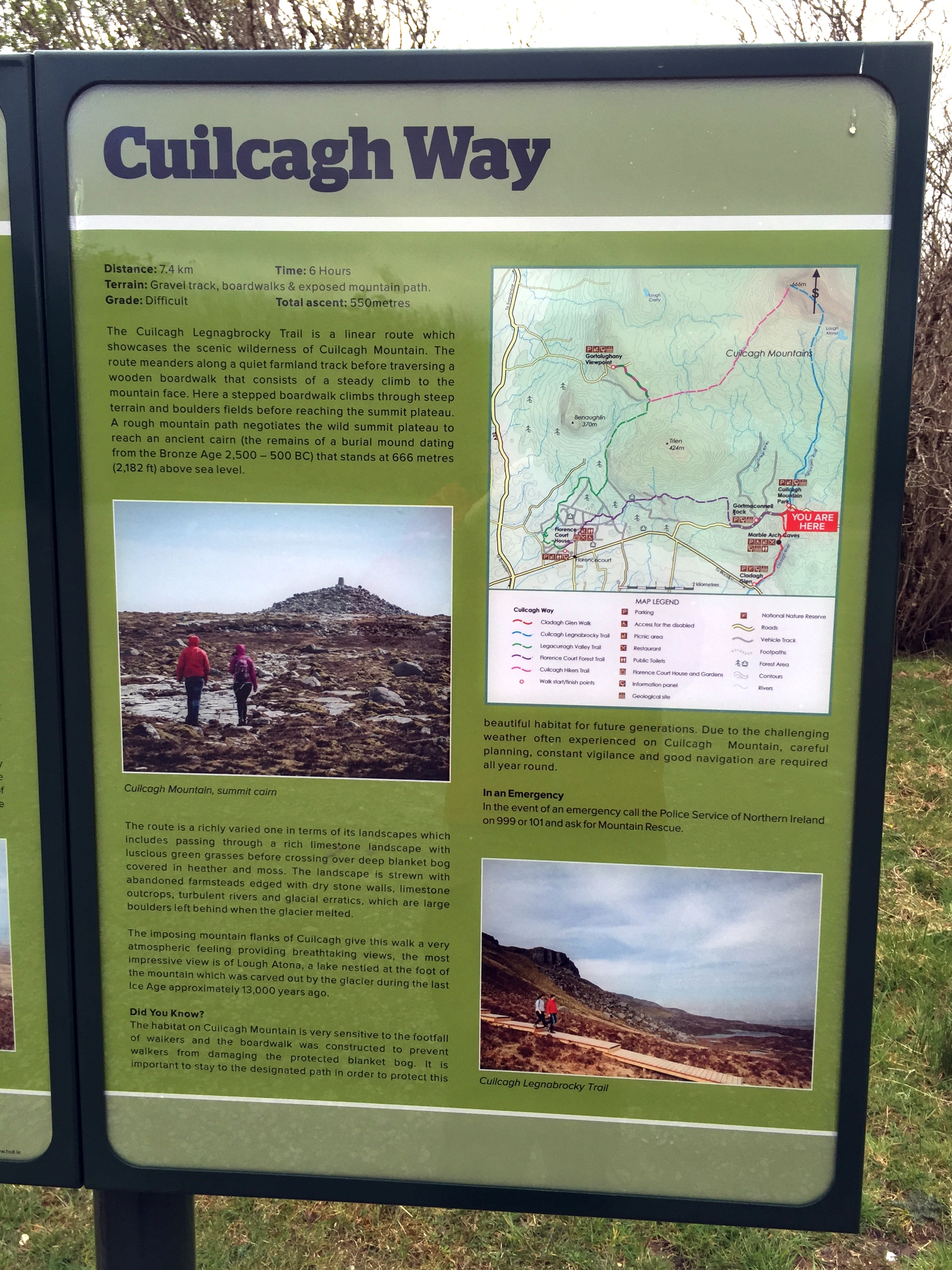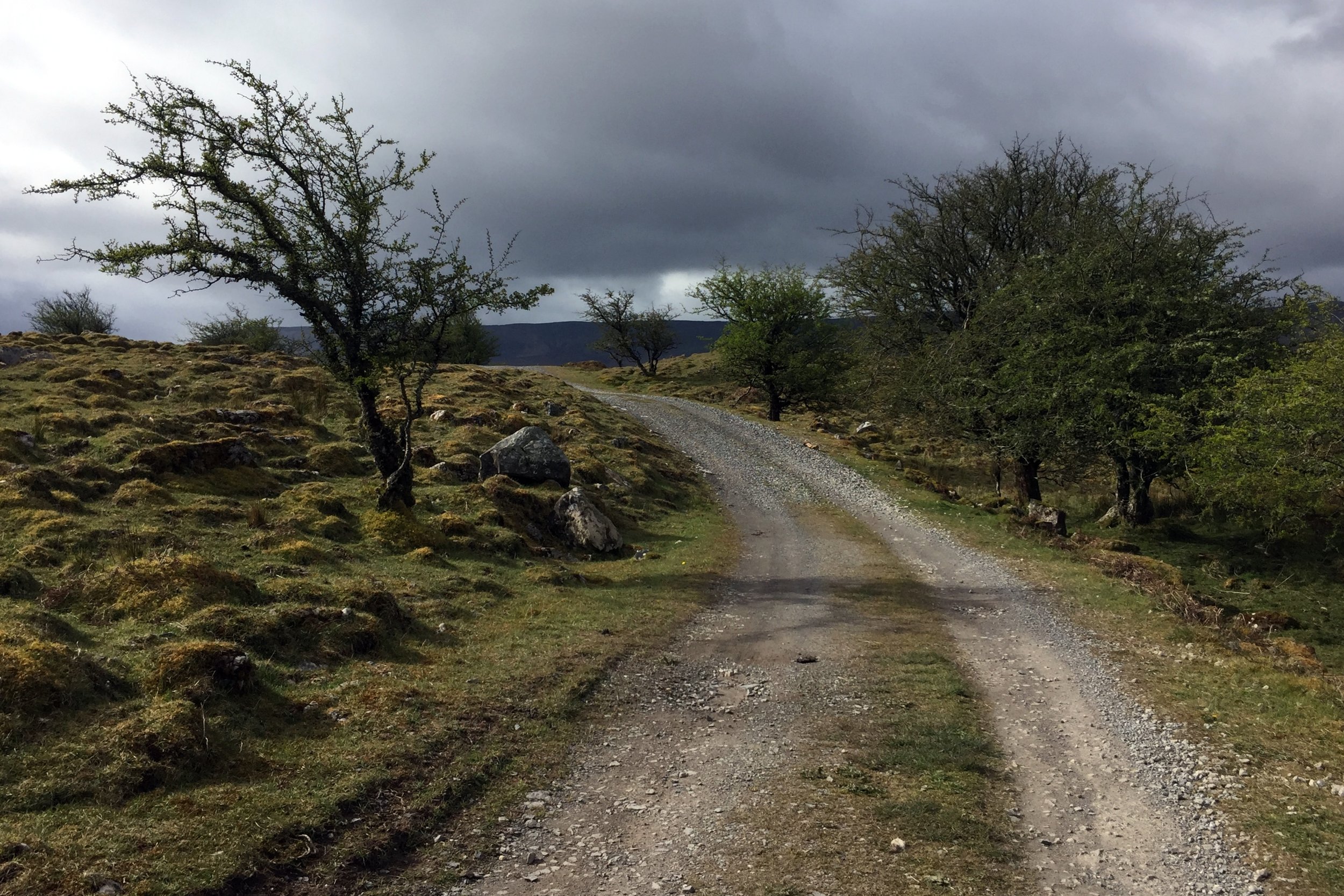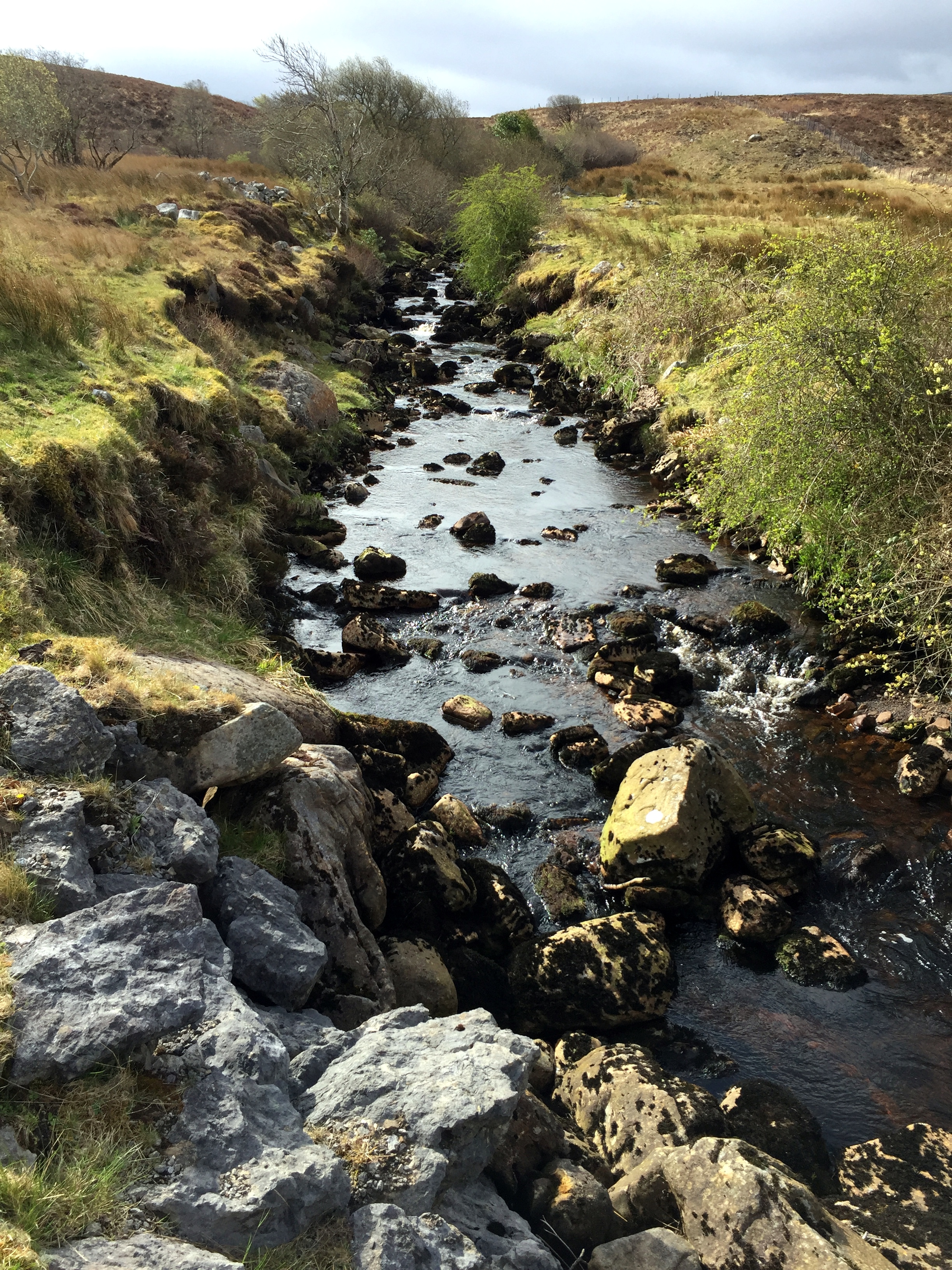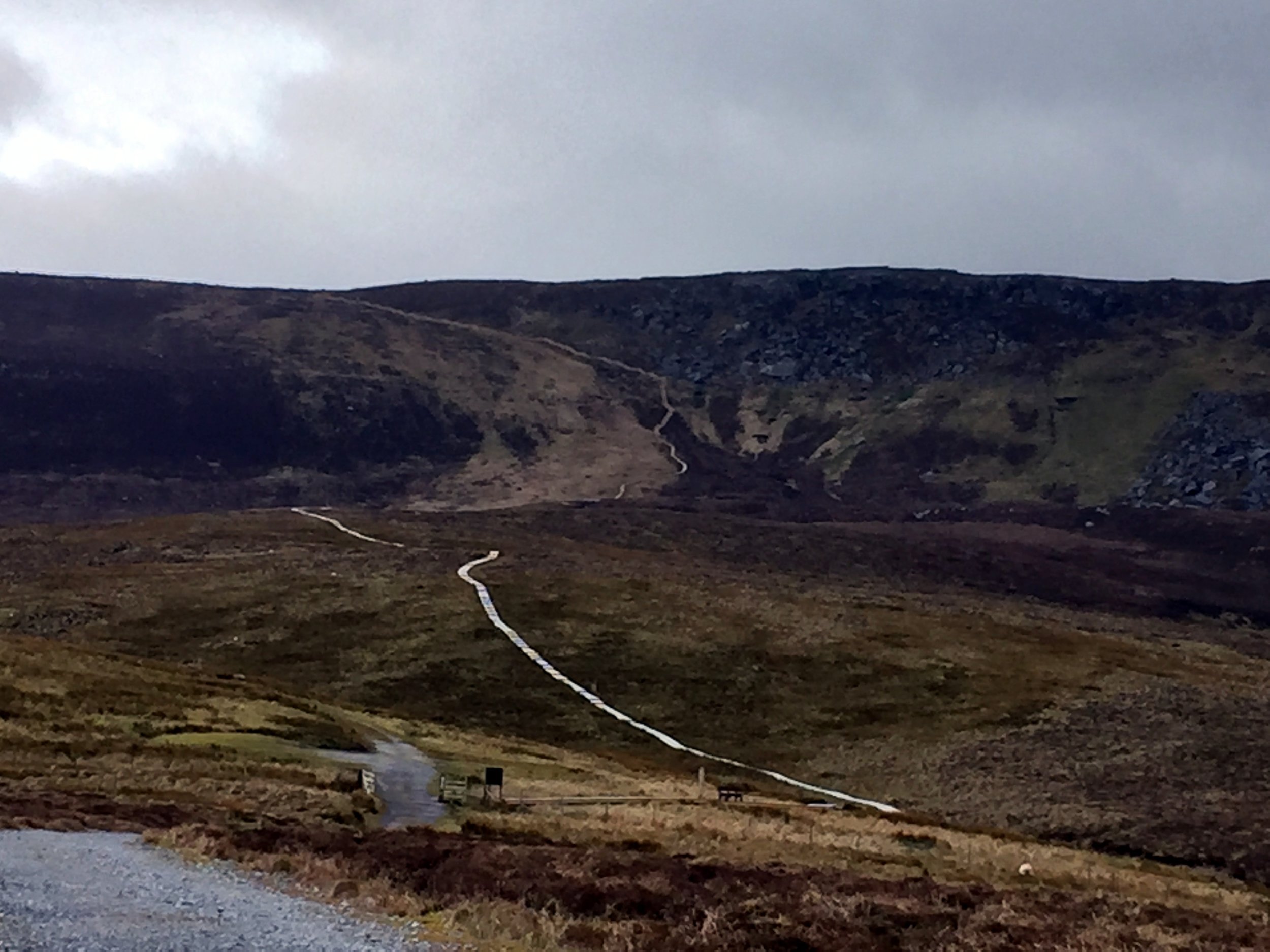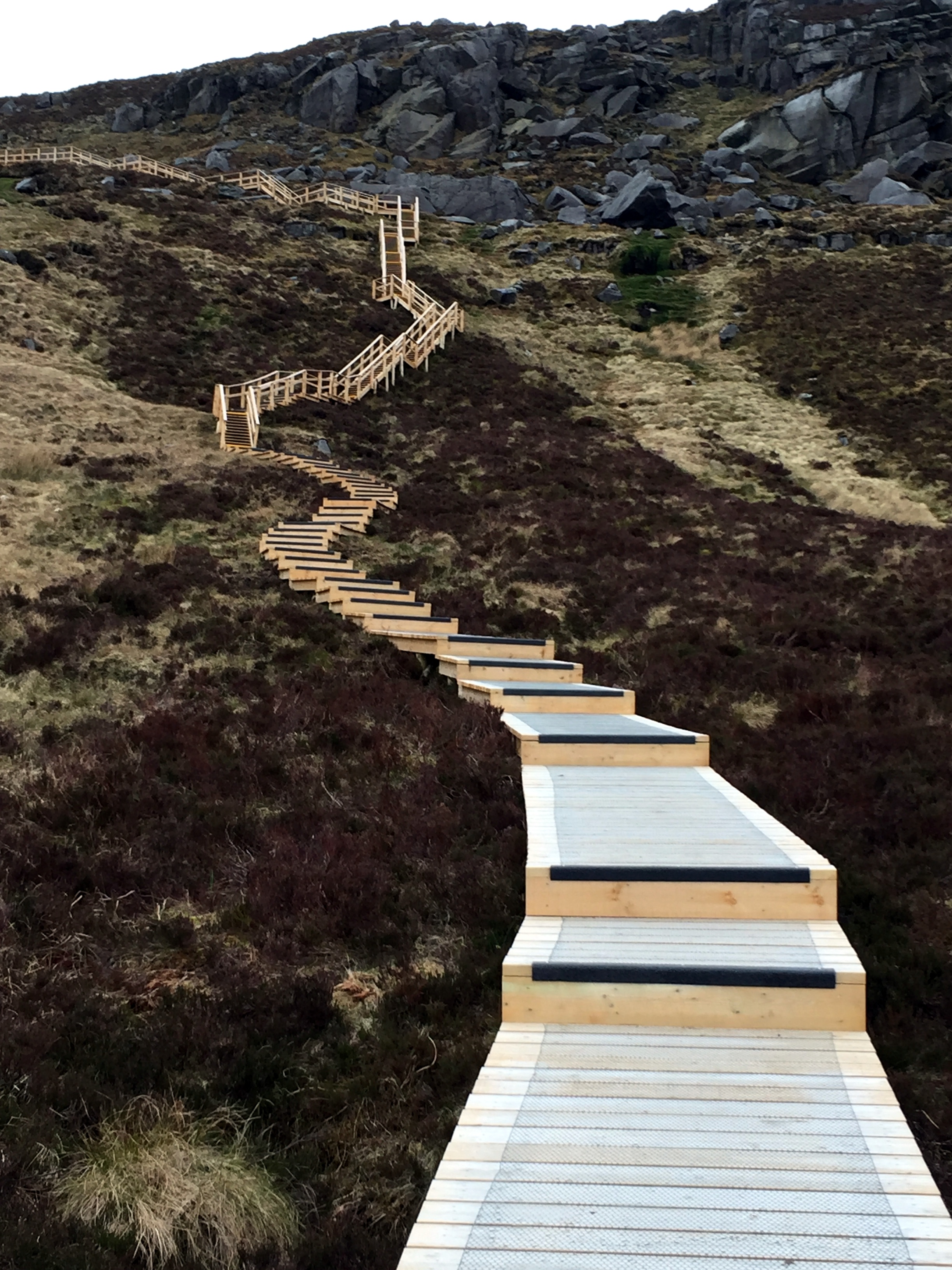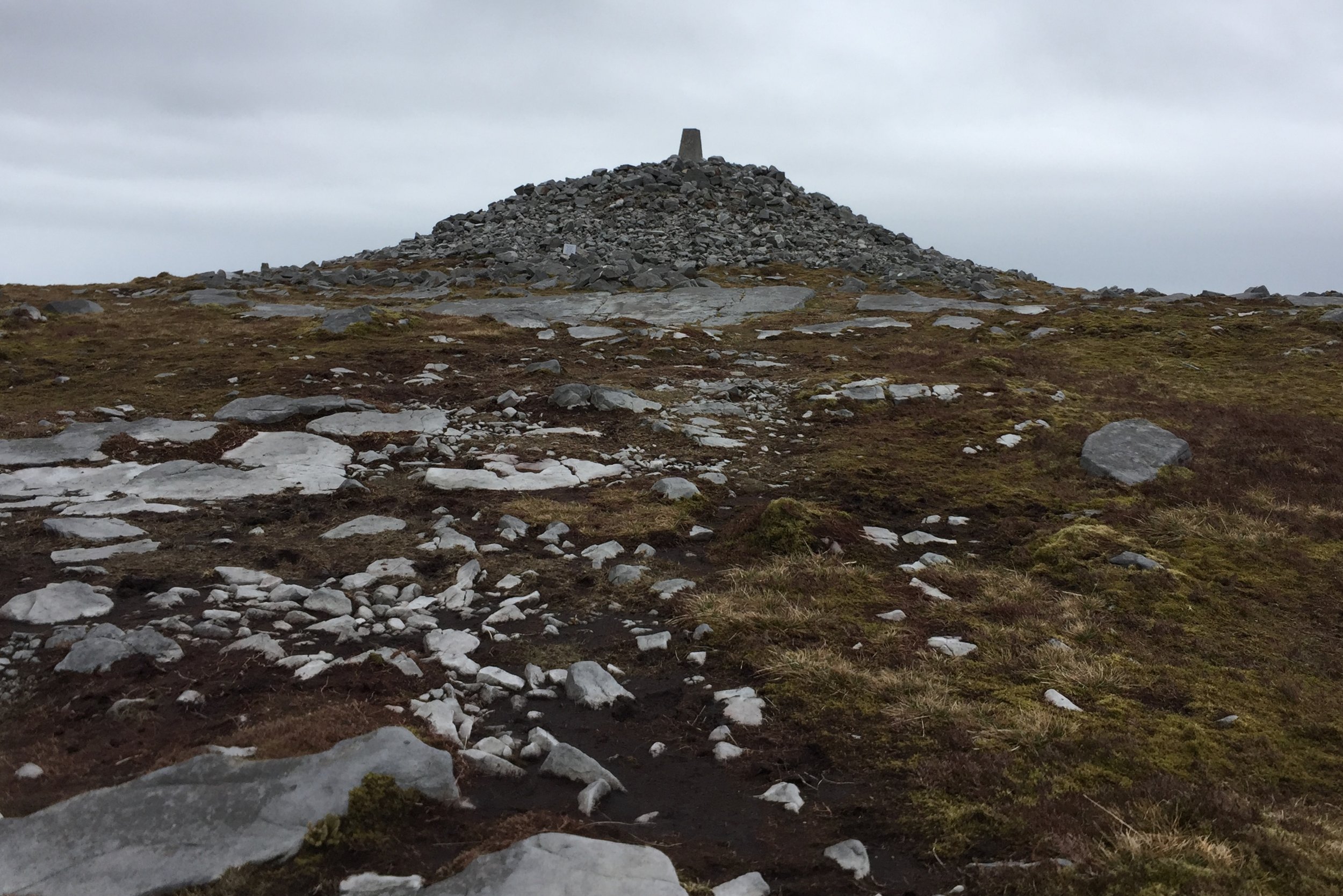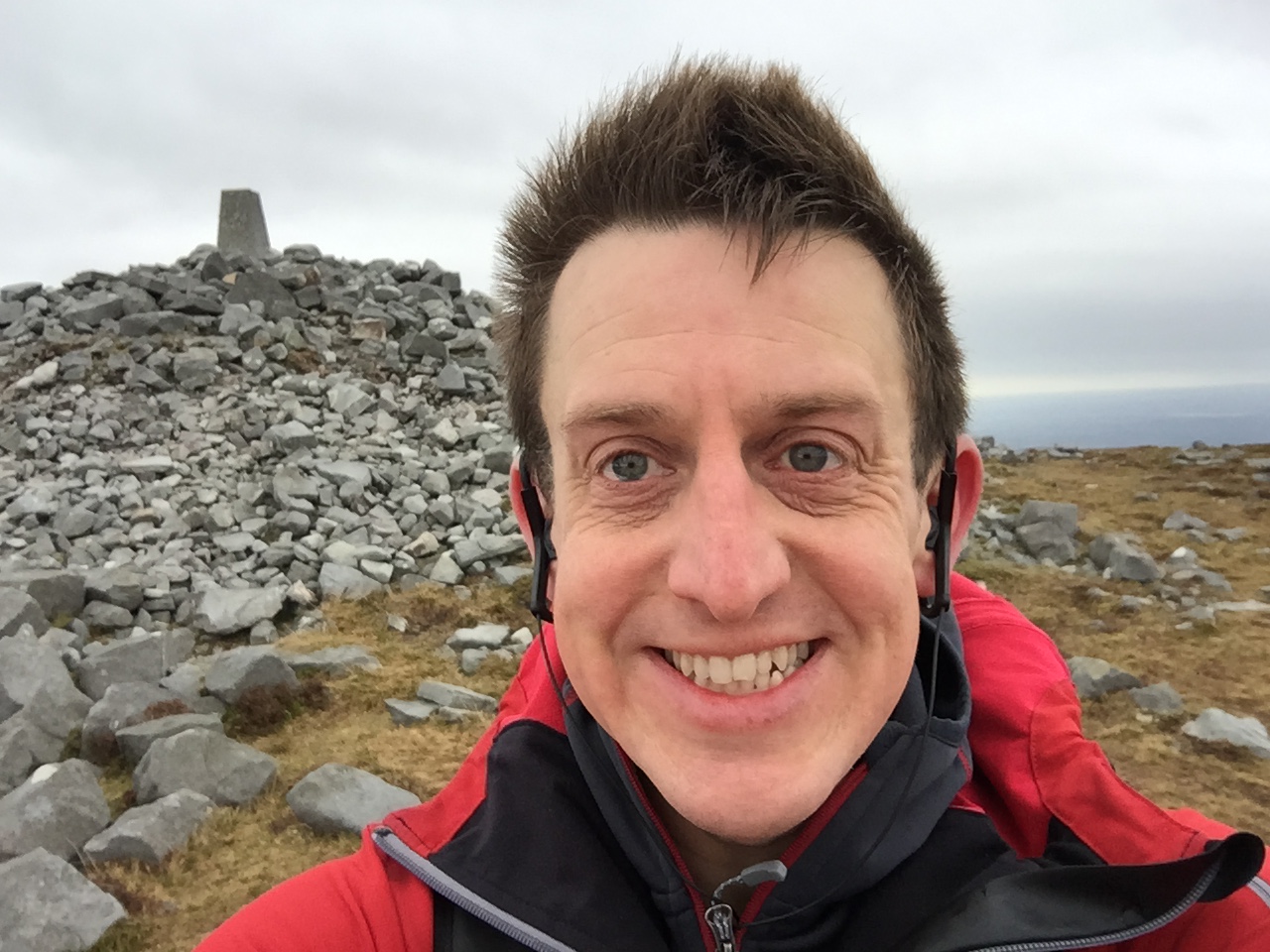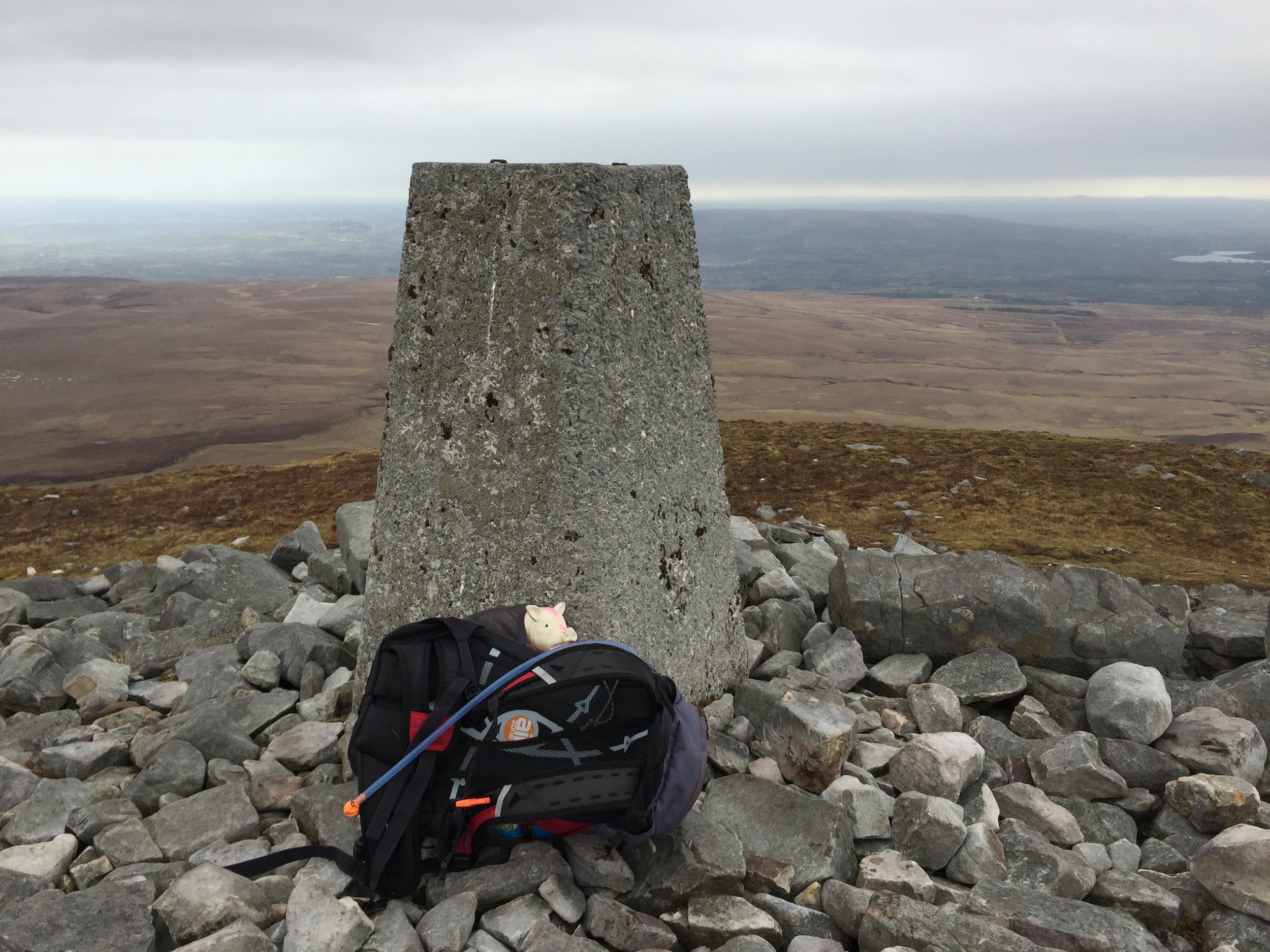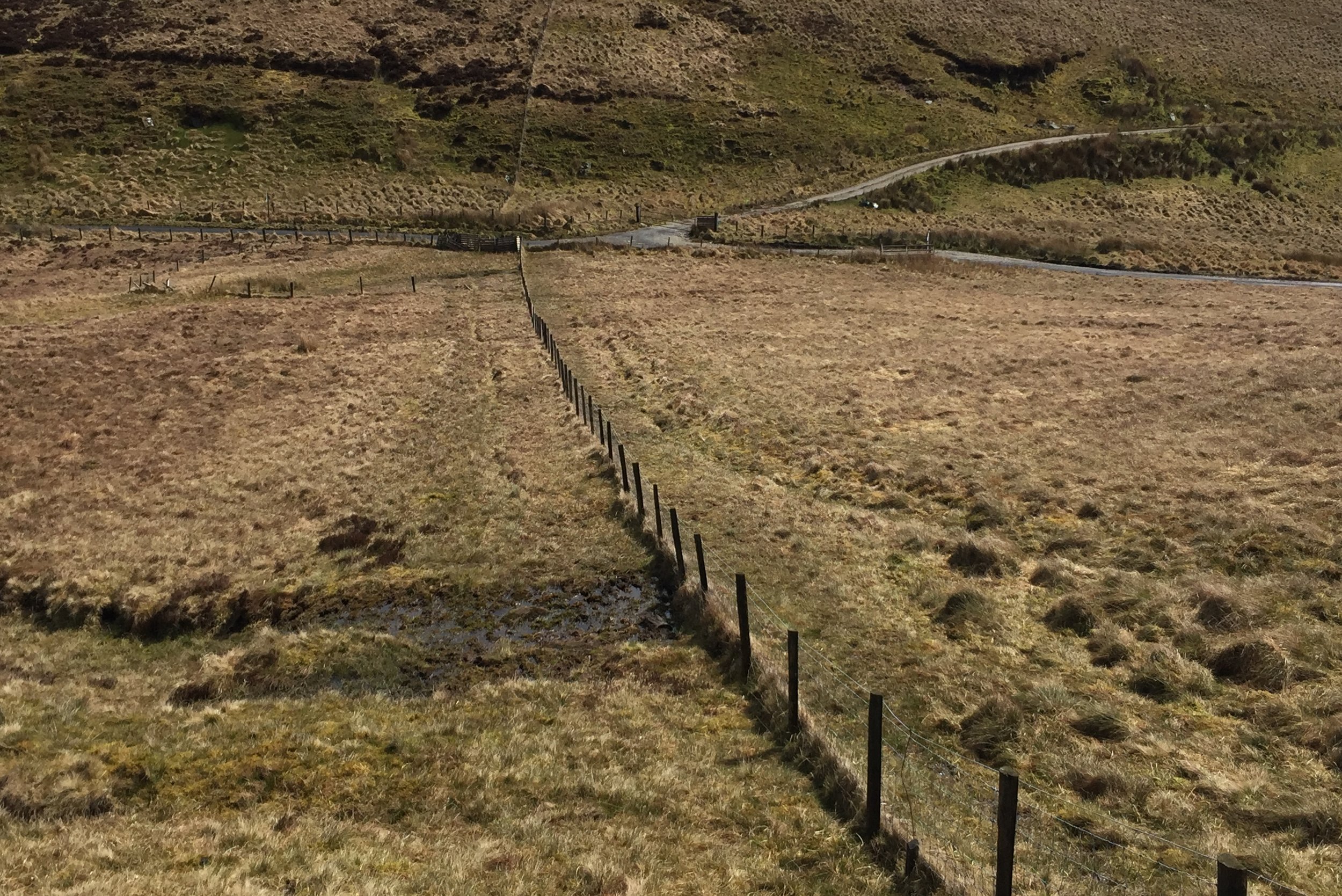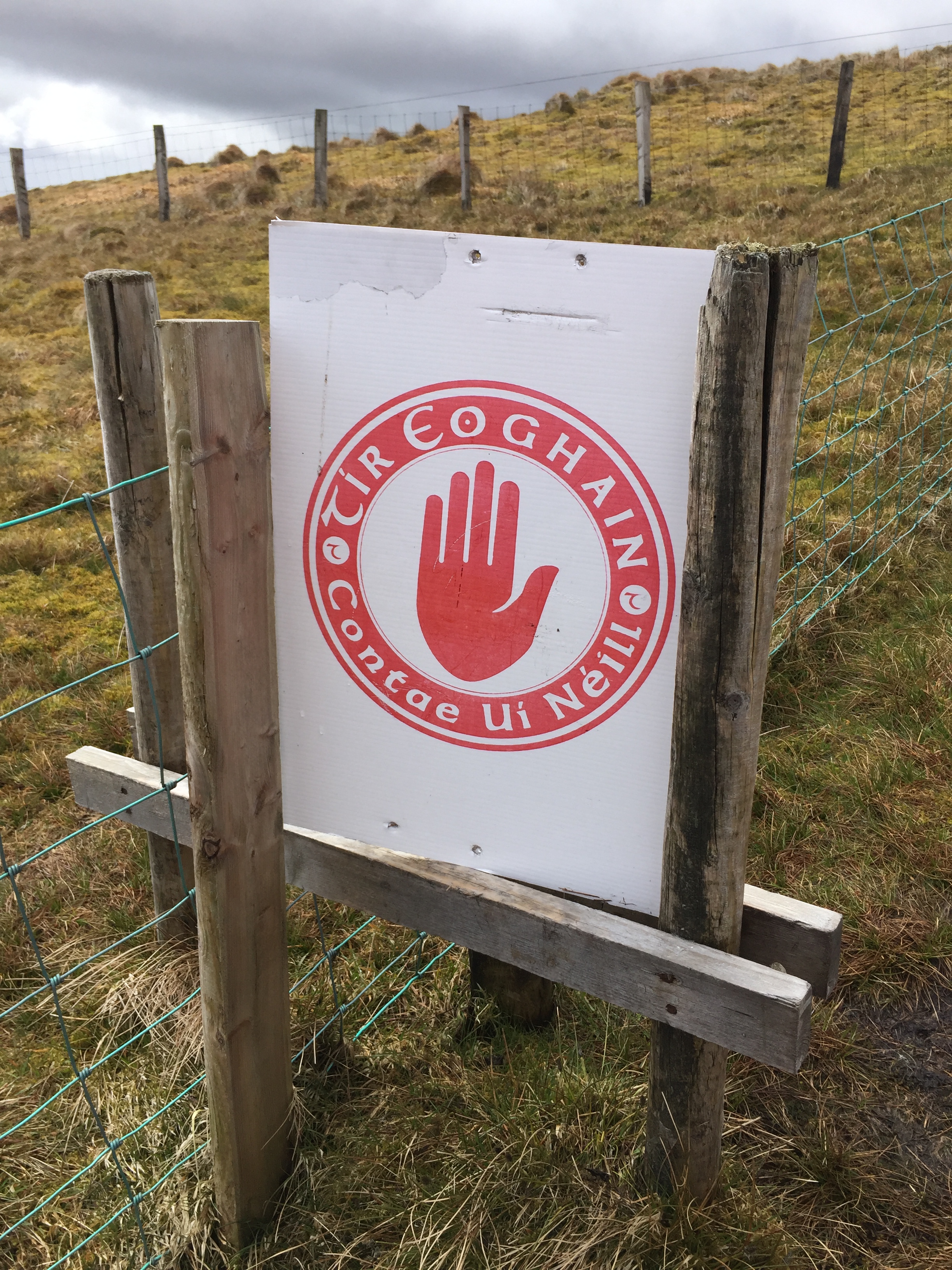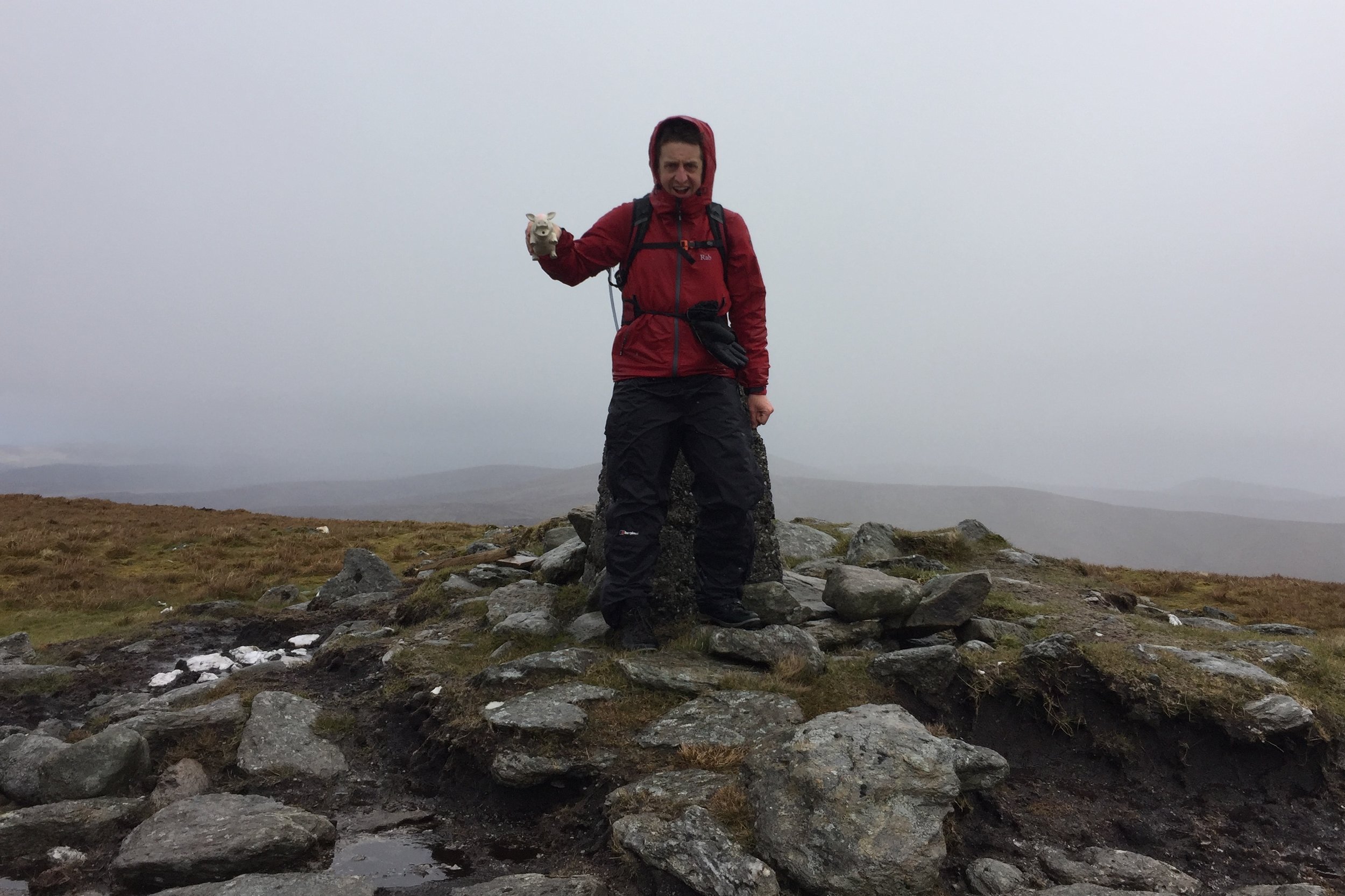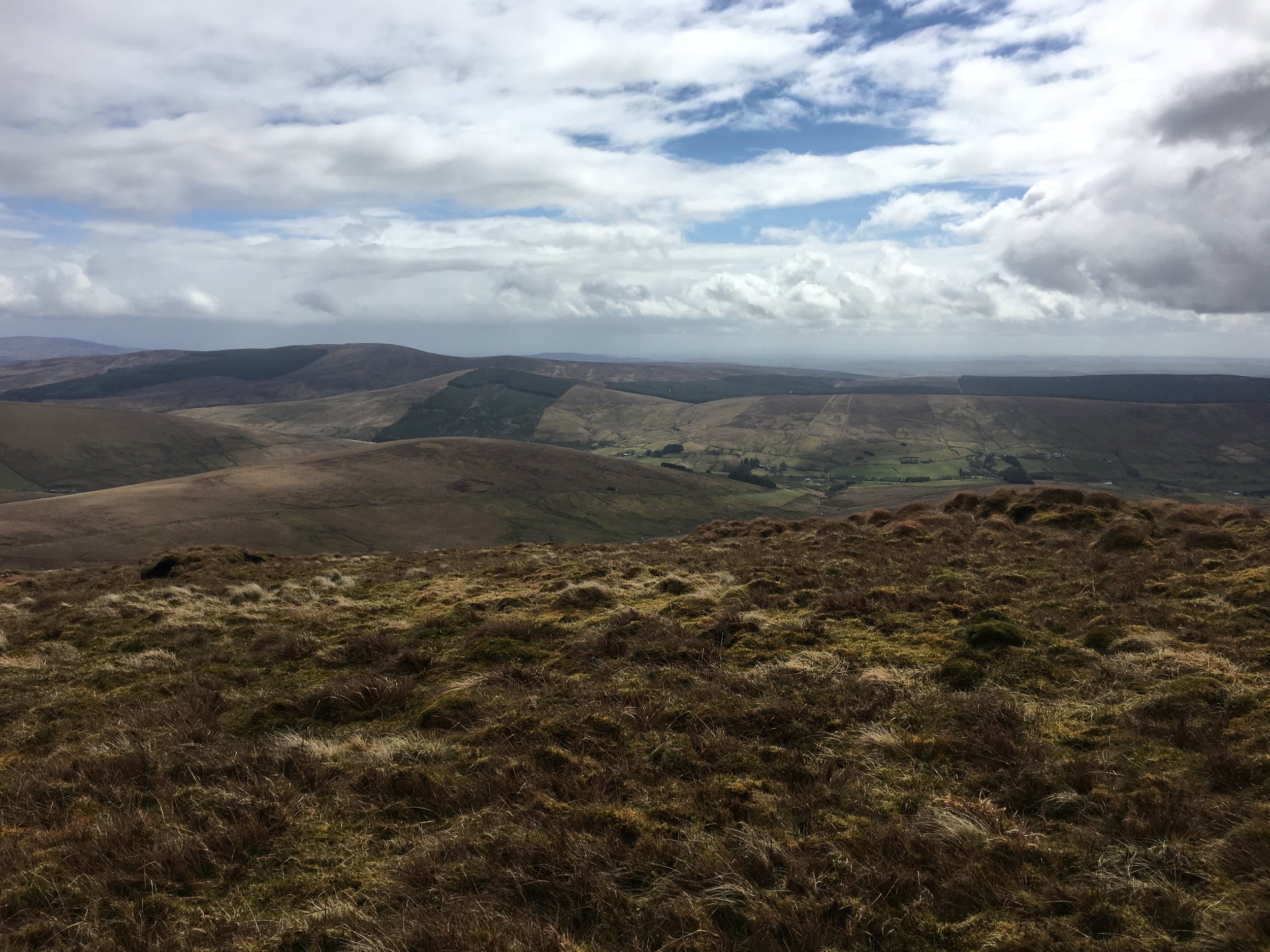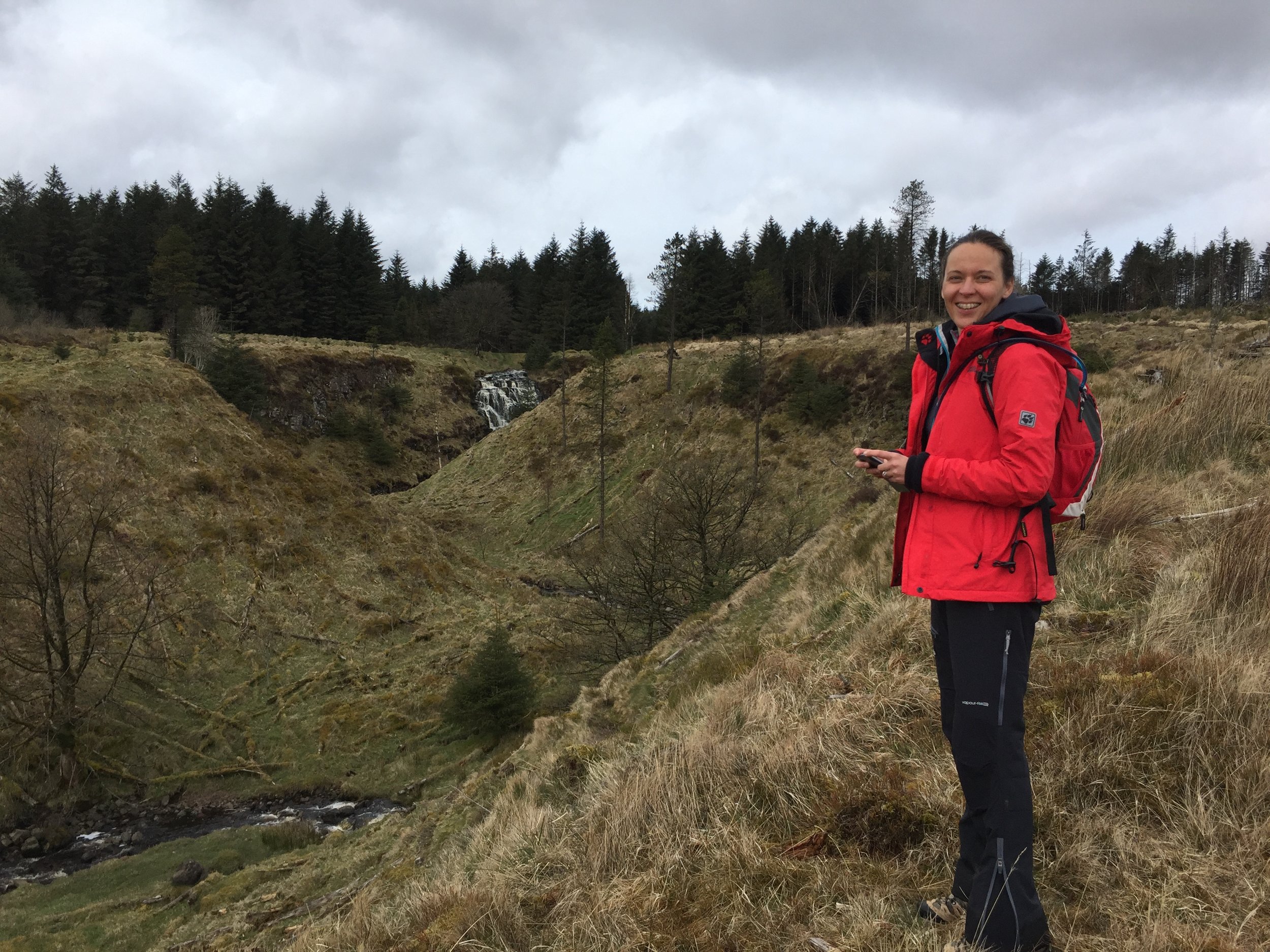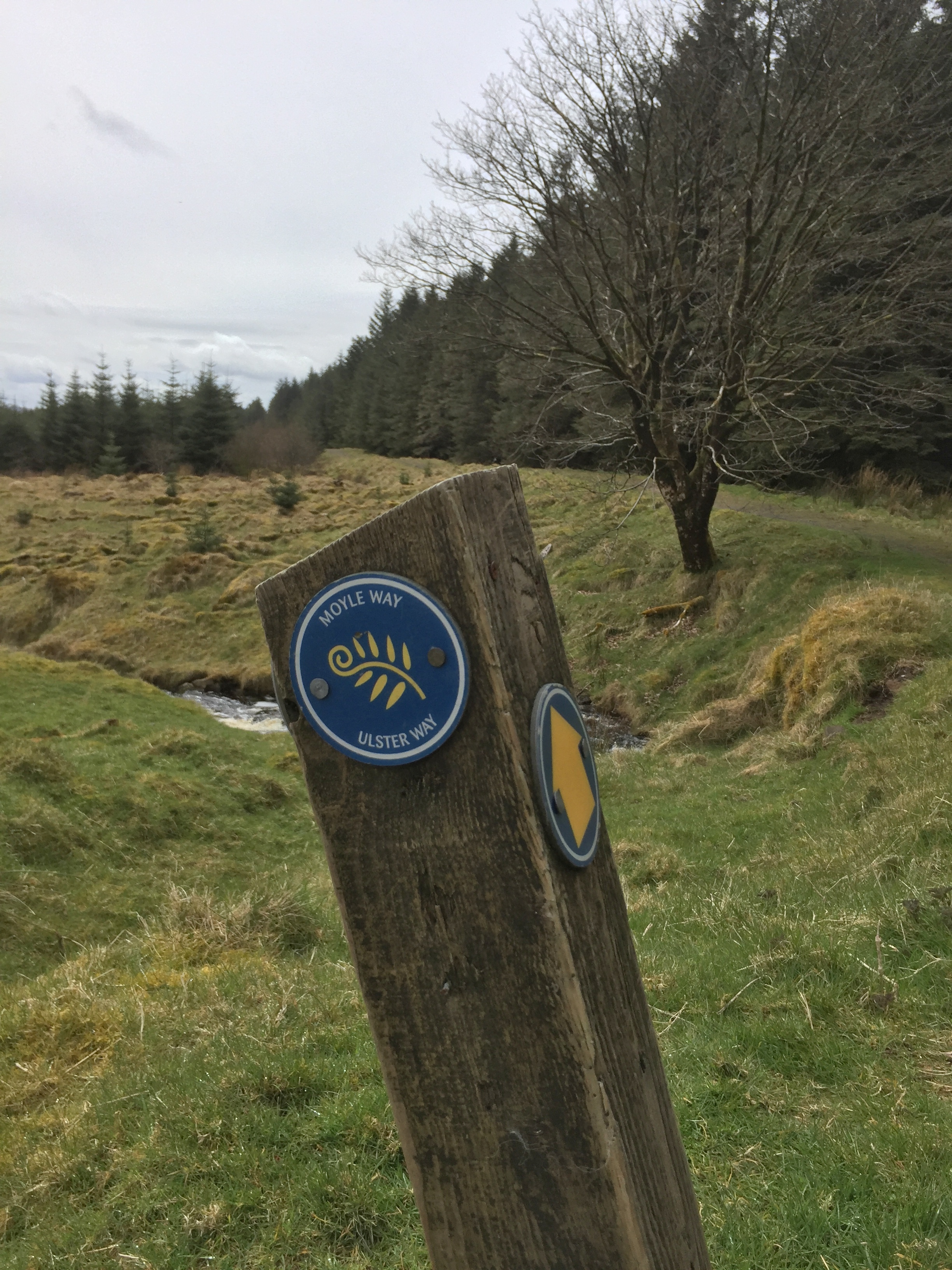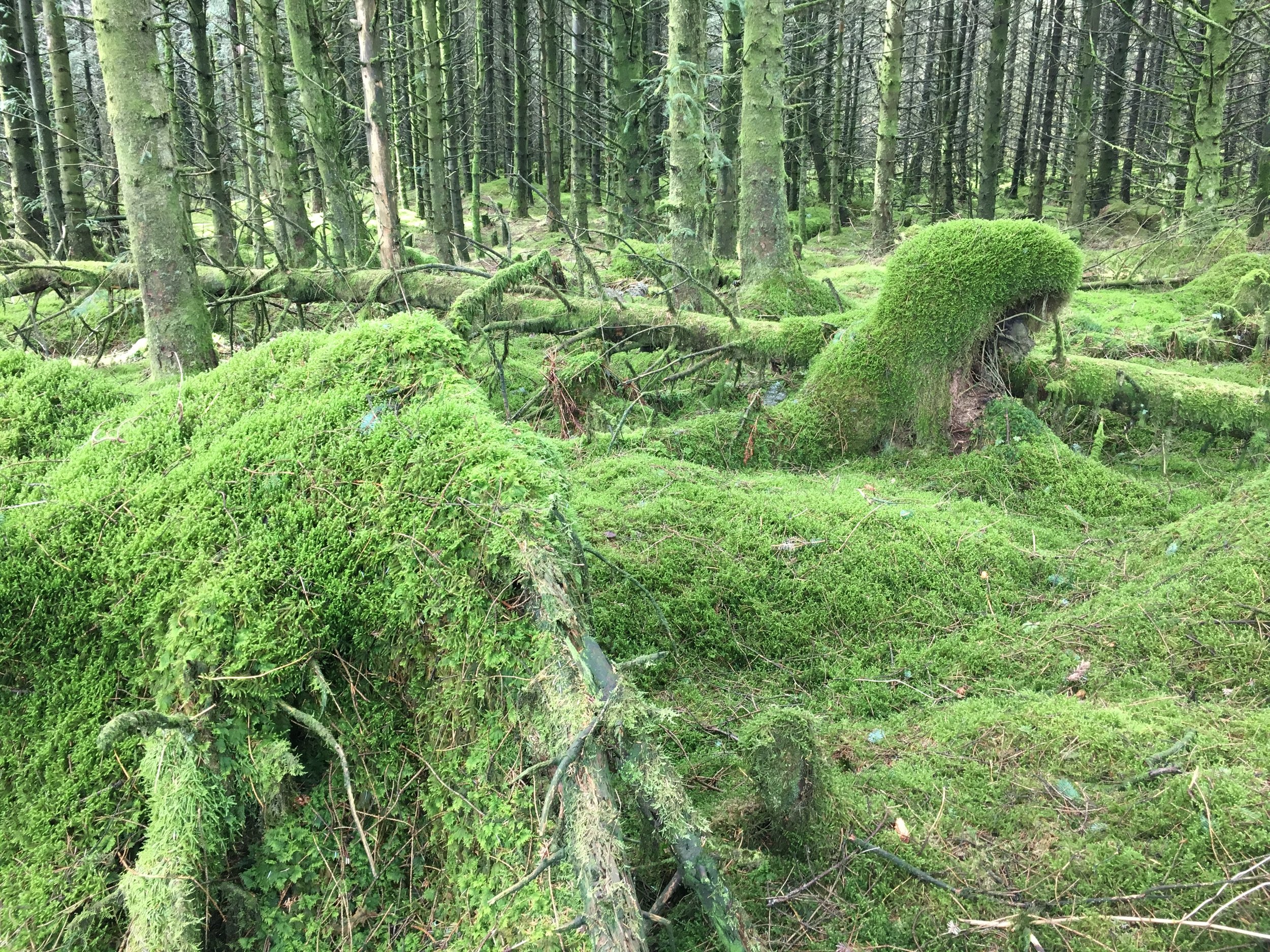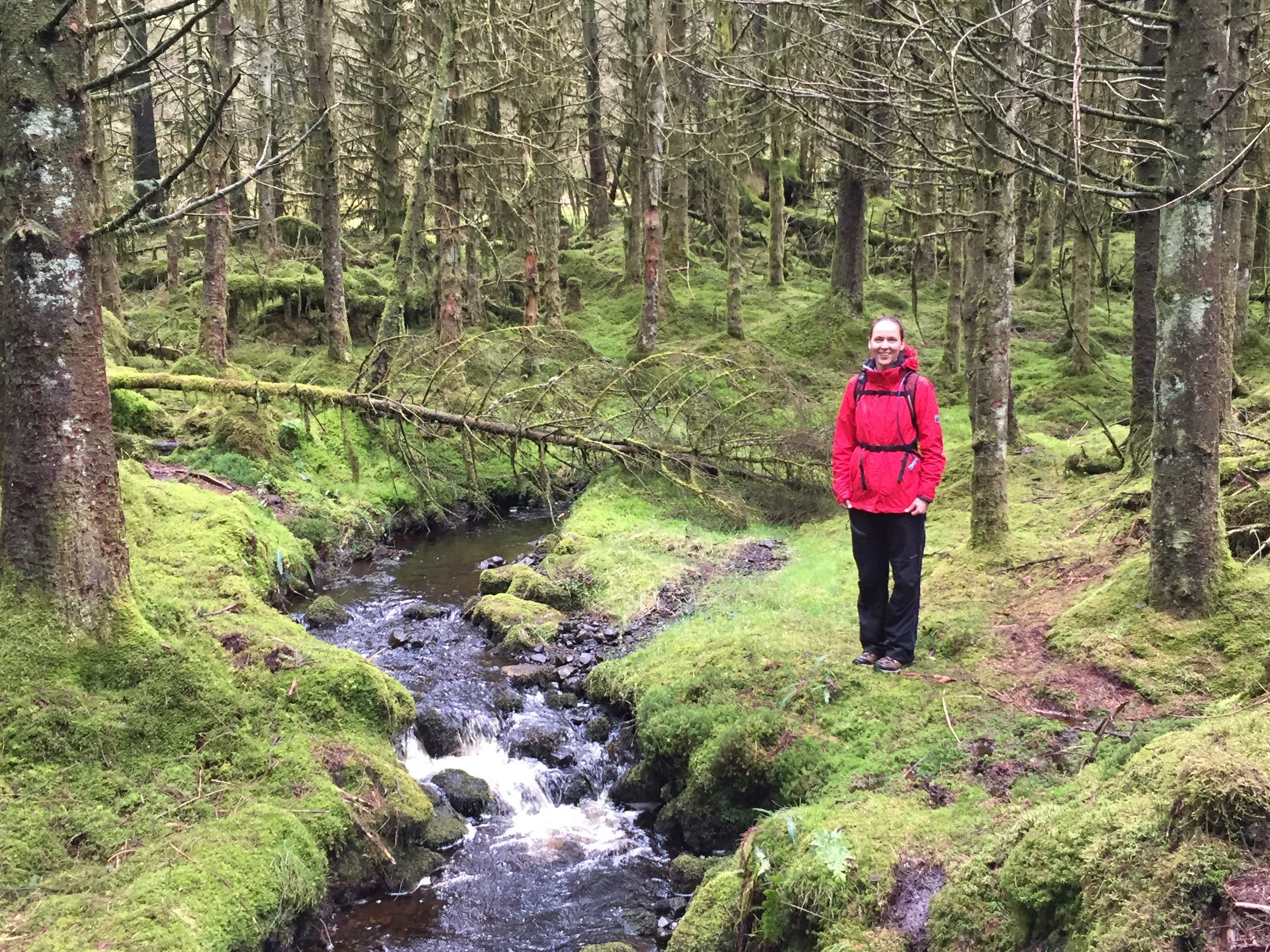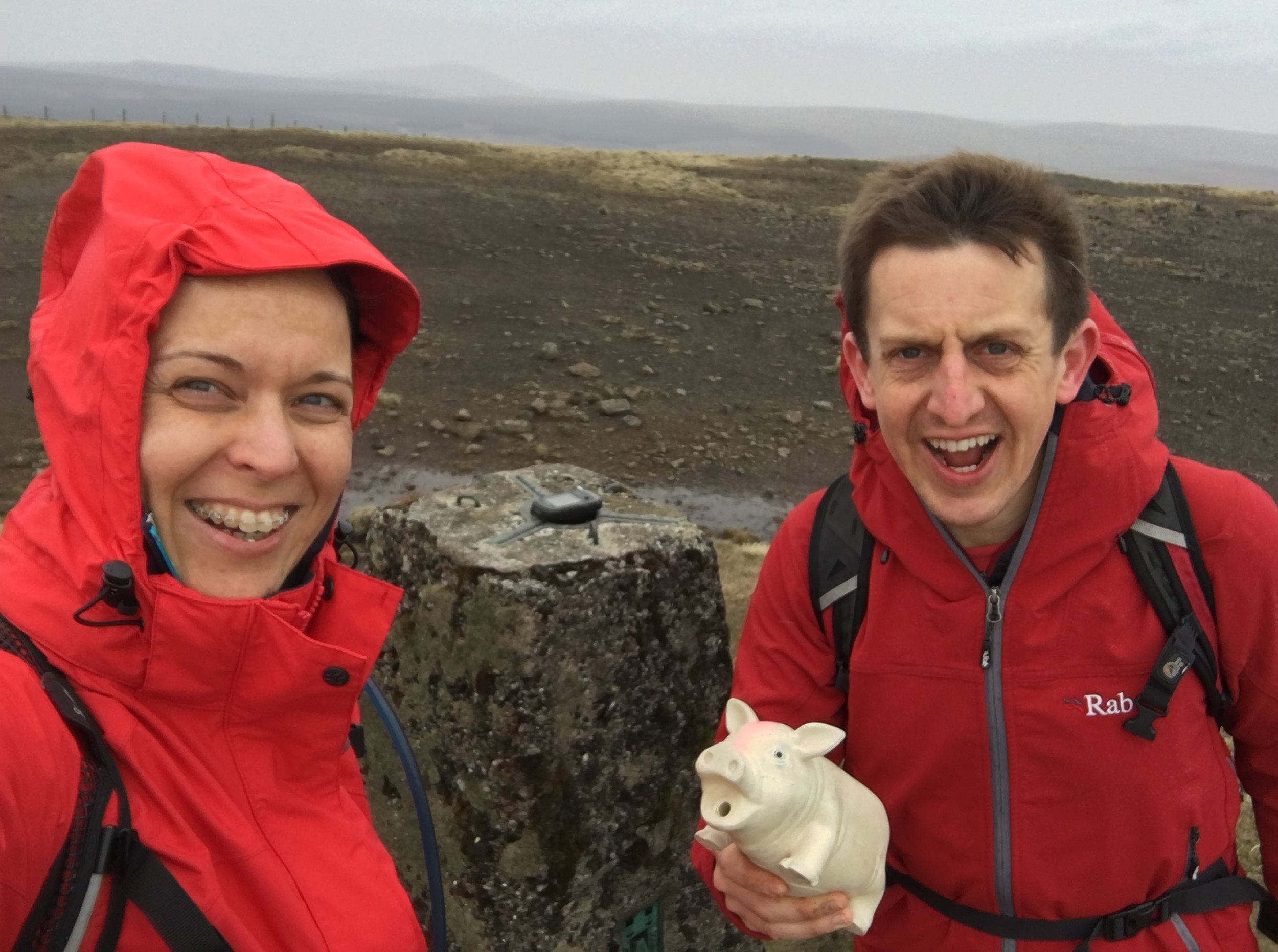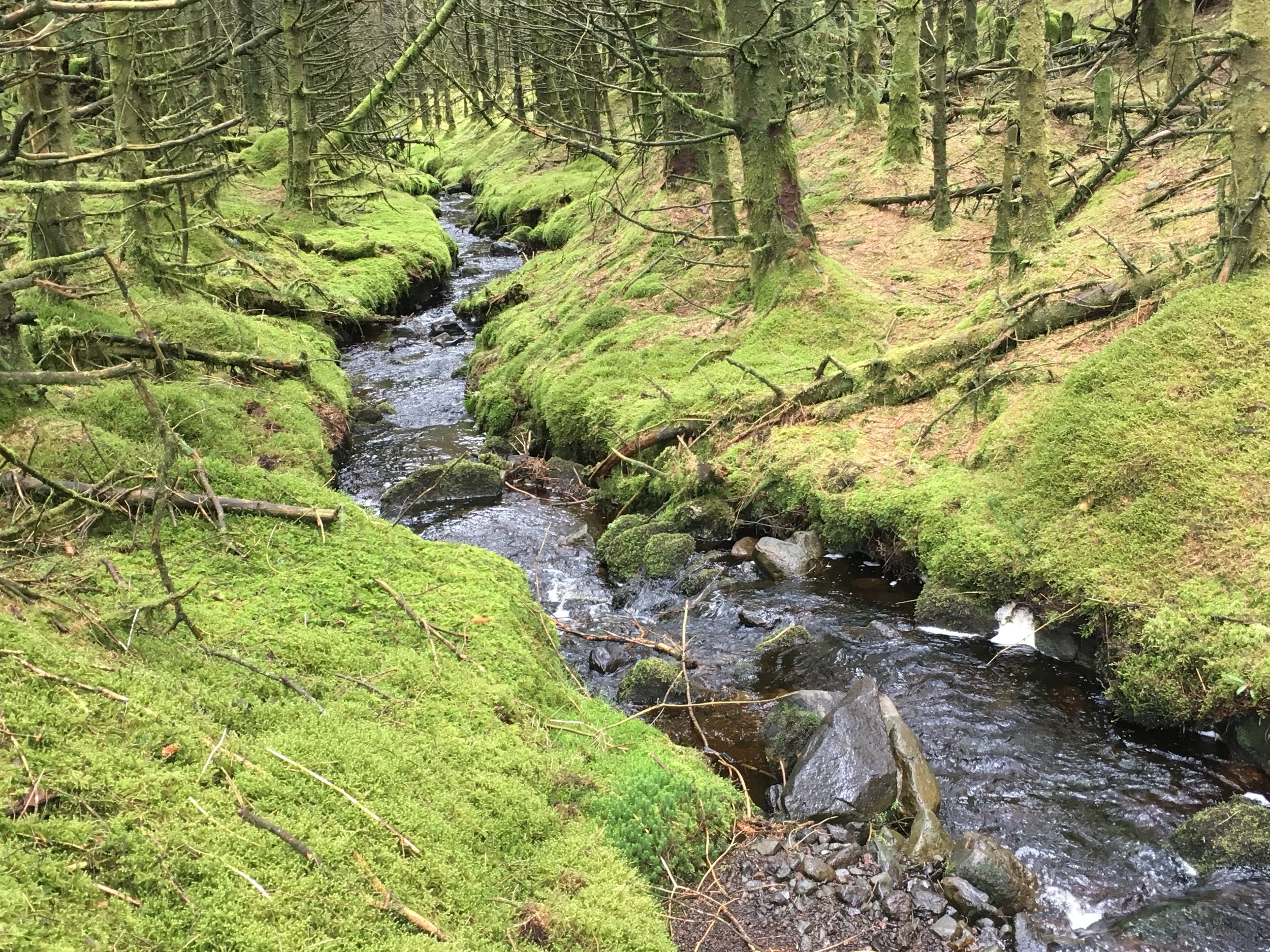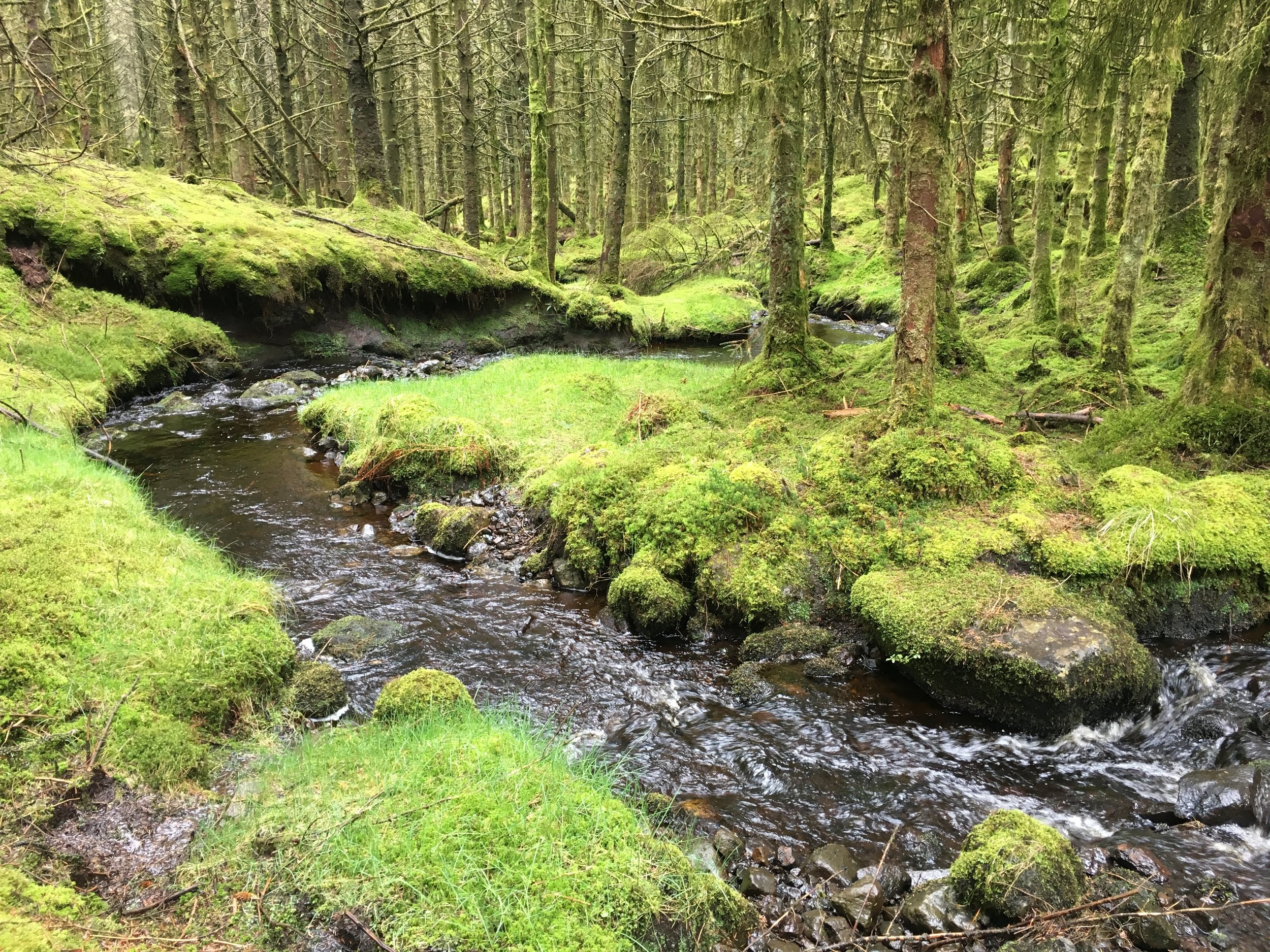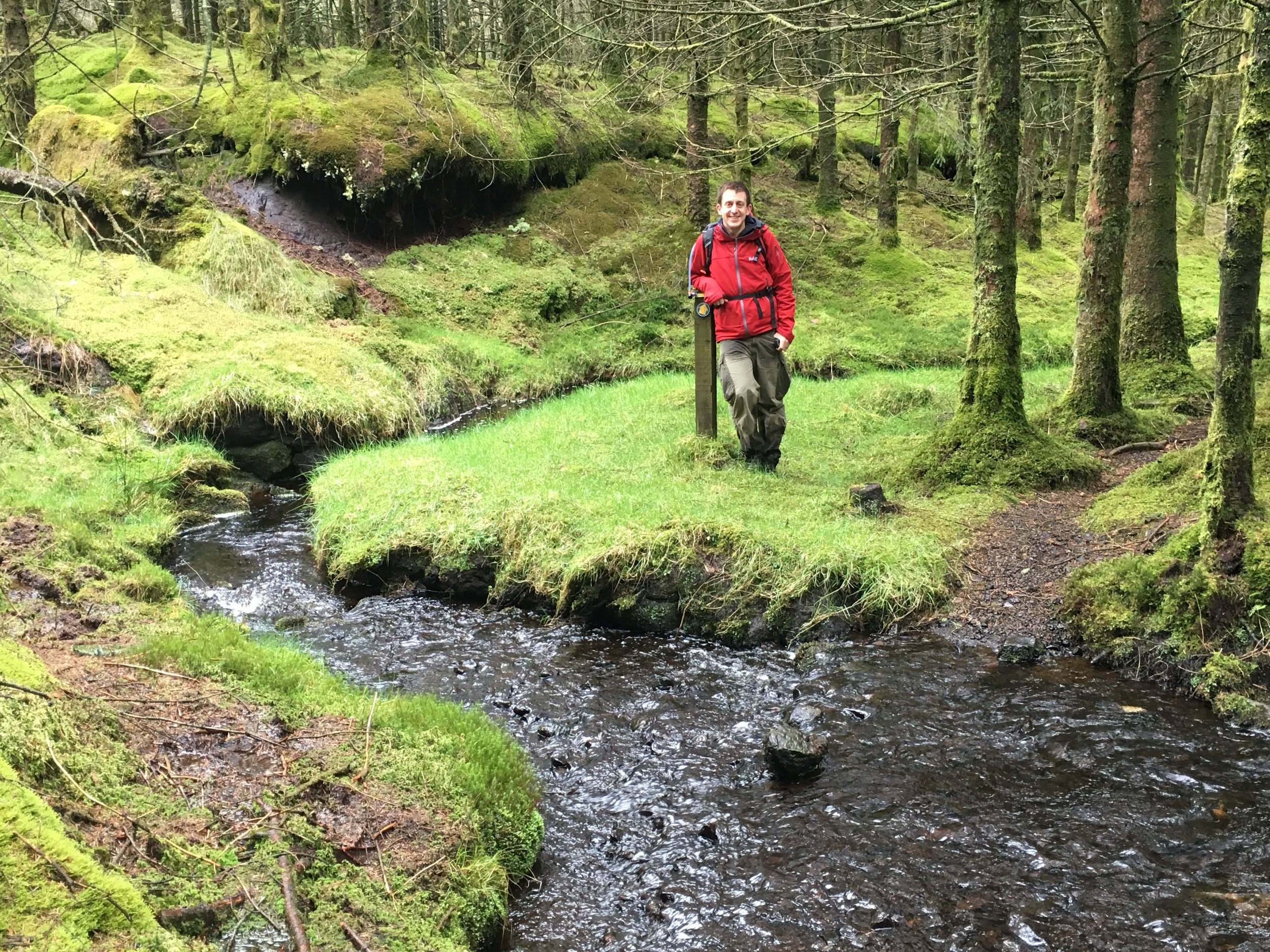If bagging all of the UK Historic and Present-Day County tops, plus the Unitary Authorities isn’t enough for you, there’s also the high points of the National Parks, AONBs and National Scenic Areas.
Contact me if you spot any mistakes and I’ll donate £1 to one of my supported causes for each correction made.
UK National Parks High Points
Of the 15 UK National Parks 10 have a high point that is also an Historic County Top. One other, Whernside is the high point of the Ceremonial County of North Yorkshire and was the high point of the Administrative County of the West Riding of Yorkshire. The highest National Park Peak that’s not also a County Top is Ben More (not to be confused with Ben More Assynt) in the Loch Lomond and the Trossachs National Park.
UK National Parks
Cairngorms National Park (Scotland): Ben Macdui (1,309 metres).
Loch Lomond and the Trossachs National Park (Scotland): Ben More (1,174 metres).
Snowdonia National Park (Wales): Snowdon / Yr Wyddfa (1085 metres).
Lake District National Park (England): Scafell Pike (978 metres).
Brecon Beacons National Park (Wales): Pen y Fan (886 metres).
Northumberland National Park (England): The Cheviot (815 metres).
Yorkshire Dales National Park (England): Whernside (736 metres).
Peak District National Park (England): Kinder Scout (636 metres).
Dartmoor National Park (England): High Willhays (621 metres).
Pembrokeshire Coast National Park (Wales): Foel Cwmcerwyn (536 metres).
Exmoor National Park (England): Dunkery Beacon (519 metres).
North York Moors National Park (England): Urra Moor - Round Hill (454 metres).
South Downs National Park (England): Black Down (280 metres).
New Forest National Park (England): Pipers Wait (129 metres) or Telegraph Hill (127 metres).
The Broads National Park (England): Strumpshaw Hill - South Slope (40 metres).
England, Wales and Northern Ireland AONBs High Points
National Parks and Areas of Outstanding Natural Beauty (AONBs) are both protected areas in the United Kingdom, but they have different designations and management structures. National Parks are designated by the UK government for their outstanding natural beauty, cultural heritage and recreational opportunities. They are managed by National Park Authorities and have specific planning policies to protect their landscapes and wildlife. On the other hand, AONBs are also designated by the government for their outstanding natural beauty but are managed by local authorities and partnerships. They have different planning policies compared to National Parks. National Parks tend to be more remote and wilder, while AONBs are often found close to populated areas and include cultural heritage and agricultural landscapes. Both National Parks and AONBs are intended to be enjoyed and appreciated by the public but the management, planning policies, and protection of the areas can differ.
There are 46 Areas of Outstanding Natural Beauty (AONB) in the UK of which 16 are the county tops of the Historic Counties that they are in. St Boniface Down is the high point of both the Ceremonial County of the Isle of Wight and the Isle of Wight AONB.
There were 2 AONBs that I couldn’t find a high point for when researching this: Suffolk Coast and Heaths AONB and Lagan Valley AONB (Northern Ireland). Let me know if you know what these high points are and I can update the list.
North Pennines AONB (England). Cross Fell (893m).
Mourne Mountains AONB (Northern Ireland). Slieve Donard (850m).
Nidderdale AONB (England). Great Whernside (704m).
Sperrins AONB (Northern Ireland). Sawel Mountain (678m).
Ring of Gullion AONB (Northern Ireland). Slieve Gullion (576m).
Forest of Bowland AONB (England). Ward's Stone (561m).
Llŷn Peninsula AONB (Wales). Yr Eifl (561m).
Clwydian Range and Dee Valley AONB (Wales). Moel Famau (555m).
Antrim Coast and Glens AONB (Northern Ireland). Trostan (550m).
Shropshire Hills AONB (England). Brown Clee Hill (540m).
Malvern Hills AONB (England). Worcestershire Beacon (425m).
Cornwall AONB (England). Brown Willy (420m).
Binevenagh AONB (Northern Ireland). Binevenagh (385m).
Tamar Valley AONB (England). Kit Hill (334m).
Cotswolds AONB (England). Cleeve Common (330m).
Mendip Hills AONB (England). Beacon Batch (325m).
Blackdown Hills AONB (England). Staple Hill (315m).
Wye Valley AONB (England / Wales). Trellech Beacon (313m).
North Wessex Downs AONB (England). Walbury Hill (297m).
Surrey Hills AONB (England). Leith Hill (294m).
Dorset AONB (England). Lewesdon Hill (279m).
Cranborne Chase and the West Wiltshire Downs AONB (England). Win Green (277m).
North Devon Coast AONB (England). Berry Down near Combe Martin (269m).
Chiltern Hills AONB (England). Haddington Hill (267m).
Somerset - Quantock Hills AONB (England). Wills Neck (263m).
East Devon AONB (England). Gittisham Hill (259m).
Kent Downs AONB (England). Toy's Hill (257m).
Cannock Chase AONB (England). Castle Ring (242m).
Isle of Wight AONB (England). St Boniface Down (241m).
High Weald AONB (England). Crowborough Beacon (223m).
Anglesey AONB (Wales). Holyhead Mountain (220m).
South Devon AONB (England). Blackdown Camp (199m).
Gower Peninsula AONB (Wales). The Beacon at Rhossili Down (193m).
Howardian Hills AONB (England). Yearsley Cross (174m).
Lincolnshire Wolds AONB (England). Wolds Top / Normanby Hill (168m).
Arnside and Silverdale AONB (England). Warton Crag (163m).
Strangford and Lecale AONB (Northern Ireland). Scrabo Hill (161m).
Causeway Coast AONB (Northern Ireland). Carnduff Hill (114m).
Norfolk Coast AONB (England). Beacon Hill (105m).
Northumberland Coast AONB (England). South Hill (75m).
Dedham Vale AONB (England). Broom Hill (69m).
Solway Coast AONB (England). Pudding Pie Hill (56m).
Isles of Scilly AONB (England). Telegraph on St Mary’s (49m).
Chichester Harbour AONB (England). c. three locations with 9m spot height (9m).
To be verified … couldn’t find these originally but have been identified by Joel Adcock.
Suffolk Coast and Heaths AONB (England): Holbrook Park, (~44m)
Lagan Valley AONB (Northern Ireland). In garden of private property on Tullyard Rd, Lisburn BT27 5JN (164m)
Scottish NSA High Points
Area of Outstanding Natural Beauty (AONB) and National Scenic Area (NSA) are both designations used in the United Kingdom to protect and promote areas of exceptional natural beauty. However, there are some key differences between the two. AONBs are designated by the UK government and are considered to be the most important landscapes in the country, with the highest level of protection afforded to them. NSAs, on the other hand, are designated by the Scottish government and, while they also offer protection to areas of exceptional natural beauty, they do not have the same level of legal protection as AONBs. Additionally, AONBs are managed by local authorities, while NSAs are managed by Scottish National Parks. Both AONBs and NSAs are intended to be enjoyed and appreciated by the public, but the management and protection of the areas can differ.
There are 40 National Scenic Areas (NSA) in Scotland, of which 8 are the county tops of the Historic Counties that they are in. There were 12 NSAs that I couldn’t find a high point for when researching this (scroll down to see). These are mostly in coastal areas without notable high points. Let me know if you know what these high points are and I can update the list.
Ben Nevis and Glen Coe NSA: Ben Nevis (1344m).
Cairngorm Mountains NSA: Ben Macdui (1309m).
Loch Rannoch and Glen Lyon NSA: Ben Lawers (1214m).
Glen Affric NSA: Càrn Eige (1183m).
Deeside and Lochnagar NSA: Lochnagar / Beinn Chìochan (1156m).
Glen Strathfarrar NSA: Sgùrr a' Choire Ghlais (1083m).
Kintail NSA: Sgurr Fhuaran (1068m).
Wester Ross NSA: An Teallach (1062m).
Knoydart NSA: Sgurr na Cìche (1040m).
Assynt-Coigach NSA: Ben More Assynt (998m).
Loch Lomond NSA: Ben Lomond (974m).
Cuillin Hills NSA: Sgùrr nan Gillean (964m).
North West Sutherland NSA: Foinaven (909m).
Loch Shiel NSA: Beinn Odhar Bheag (882m).
The Trossachs NSA: Ben Ledi (879m).
North Arran NSA: Goat Fell (873.5m).
Upper Tweeddale NSA: Broad Law (840m).
Small Isles NSA: Askival (812m).
South Lewis, Harris and North Uist NSA: Clisham (799m).
Jura NSA: Beinn an Òir (785m).
Trotternish NSA: The Storr (719m).
South Uist Machair NSA: Beinn Mhòr (620m).
Knapdale NSA: Stob Odhar (562m).
Hoy and West Mainland NSA: Ward Hill (481m).
Scarba, Lunga and the Garvellachs NSA: Scarba (449m).
St Kilda NSA: Conachair (430m).
Eildon and Leaderfoot NSA: Eildon Hill (422m).
Lynn of Lorn NSA: Barr Mòr (127m).
To be verified … couldn’t find these originally but have been identified by Joel Adcock.
Dornoch Firth NSA: unnamed summit (387m)
East Stewartry Coast NSA: Bengairn (391m).
Fleet Valley NSA: Ben John (354m)
Kyle of Tongue NSA: Ben Hope (927m)
Kyles of Bute NSA: Meallan Riabhach (484m).
Loch na Keal, Isle of Mull NSA: Ben More (967m)
Loch Tummel NSA: Meall Tairneachan (787m)
Morar, Moidart and Ardnamurchan NSA: Meall nan Each (490m)
Nith Estuary NSA: Criffel (569m).
River Earn (Comrie to St. Fillans) NSA: Either slope of Beinn Fuath (~650 metres) or Mor Beinn (640m)
River Tay (Dunkeld) NSA: Creag Dhubh (498m)
Shetland NSA: The Sneug (418m)



